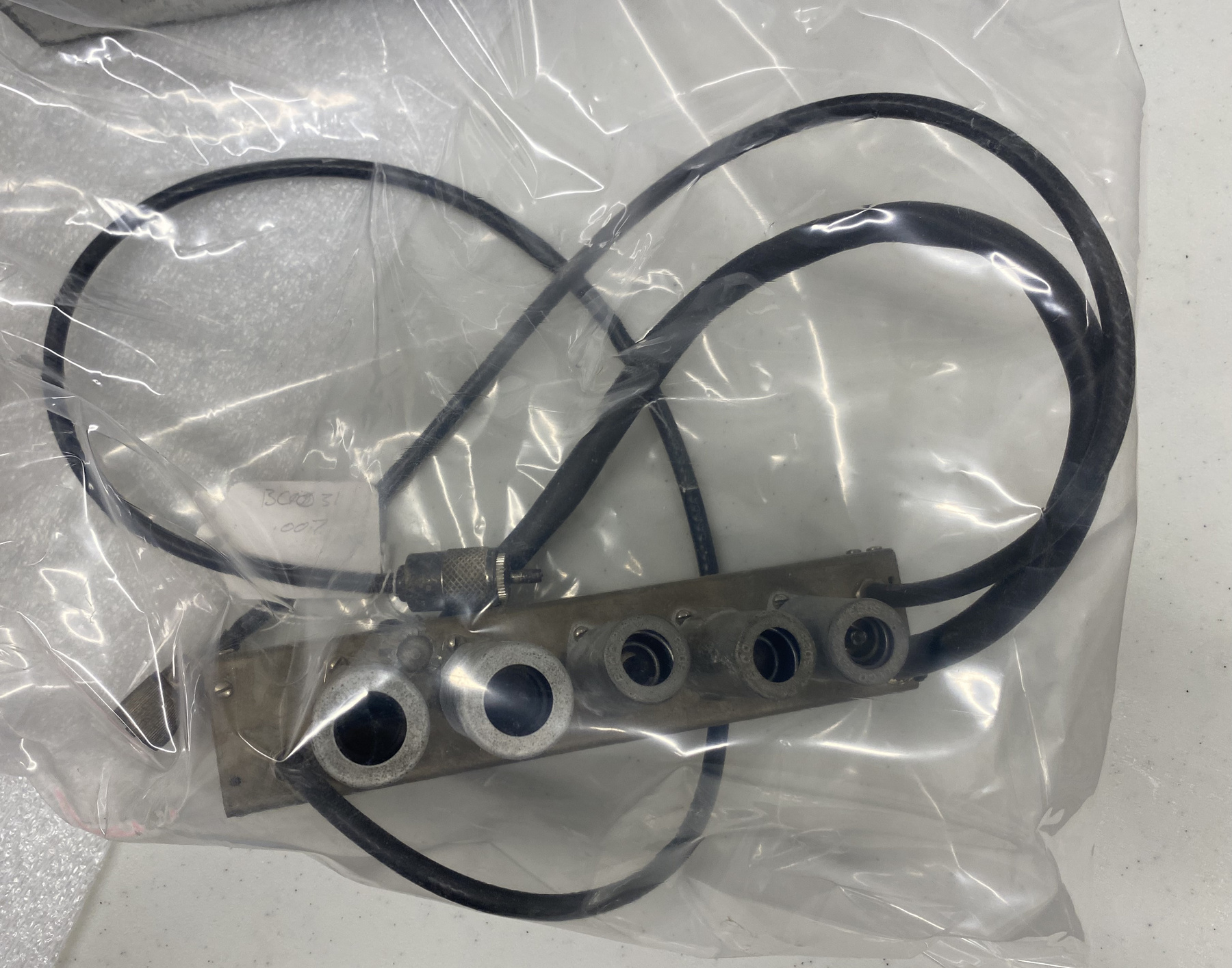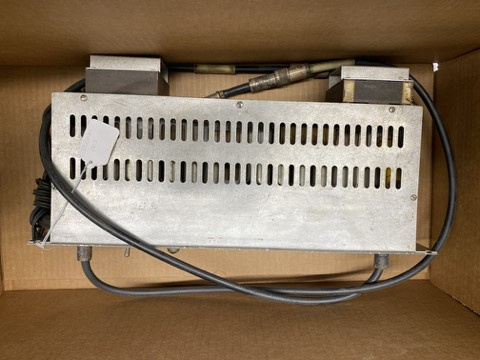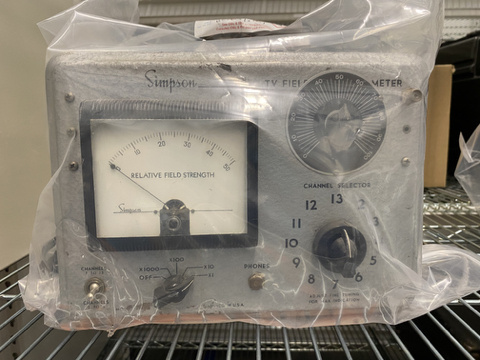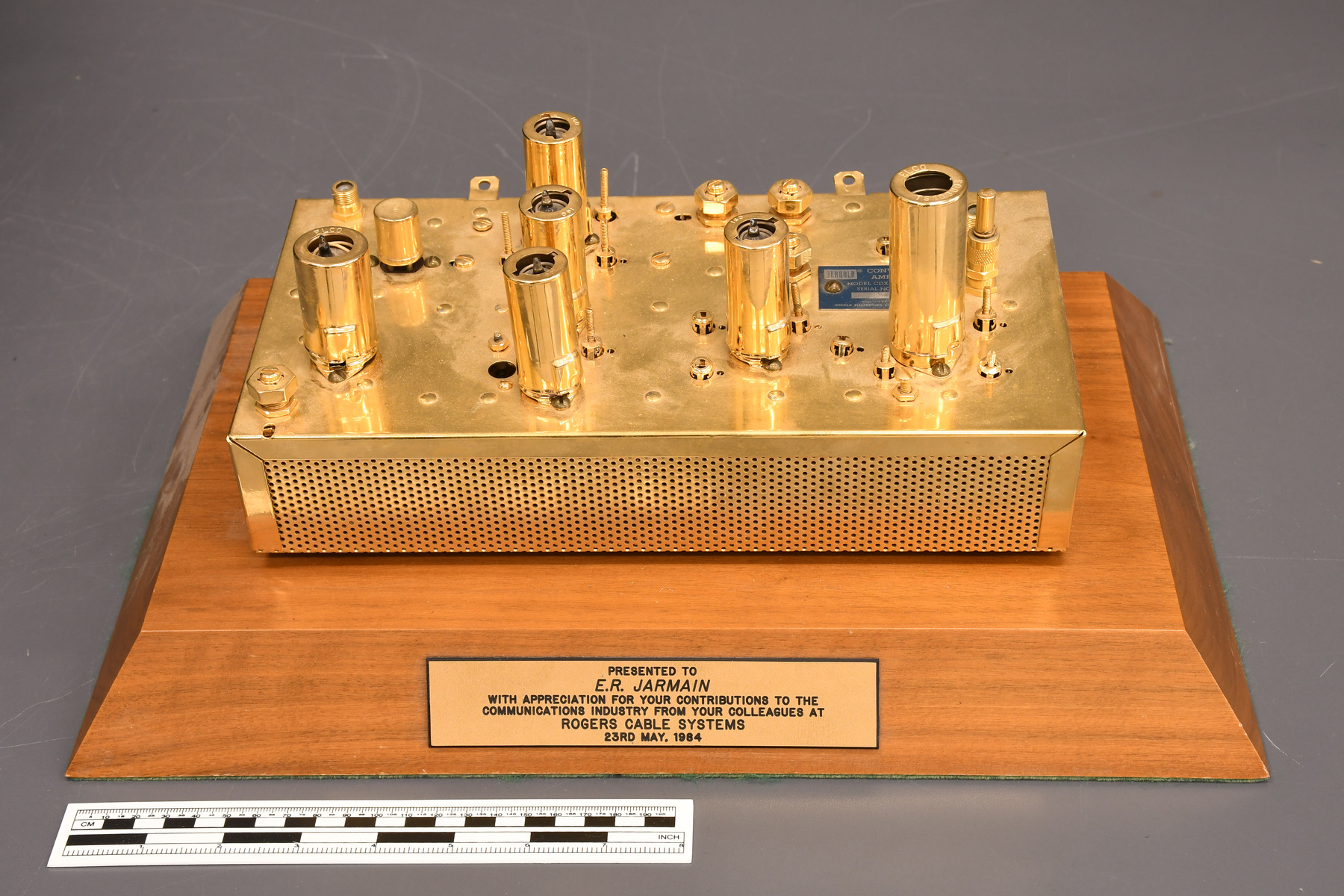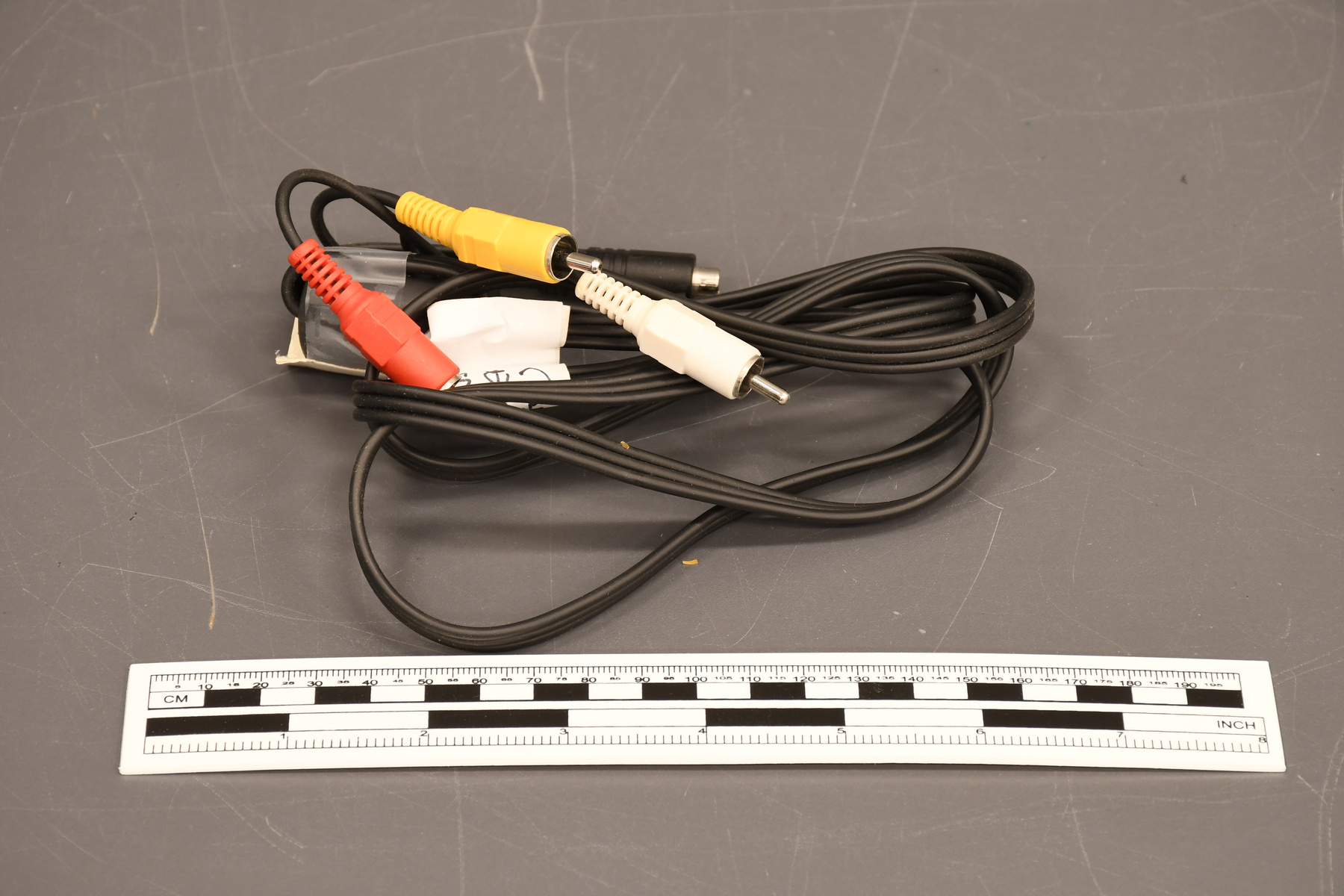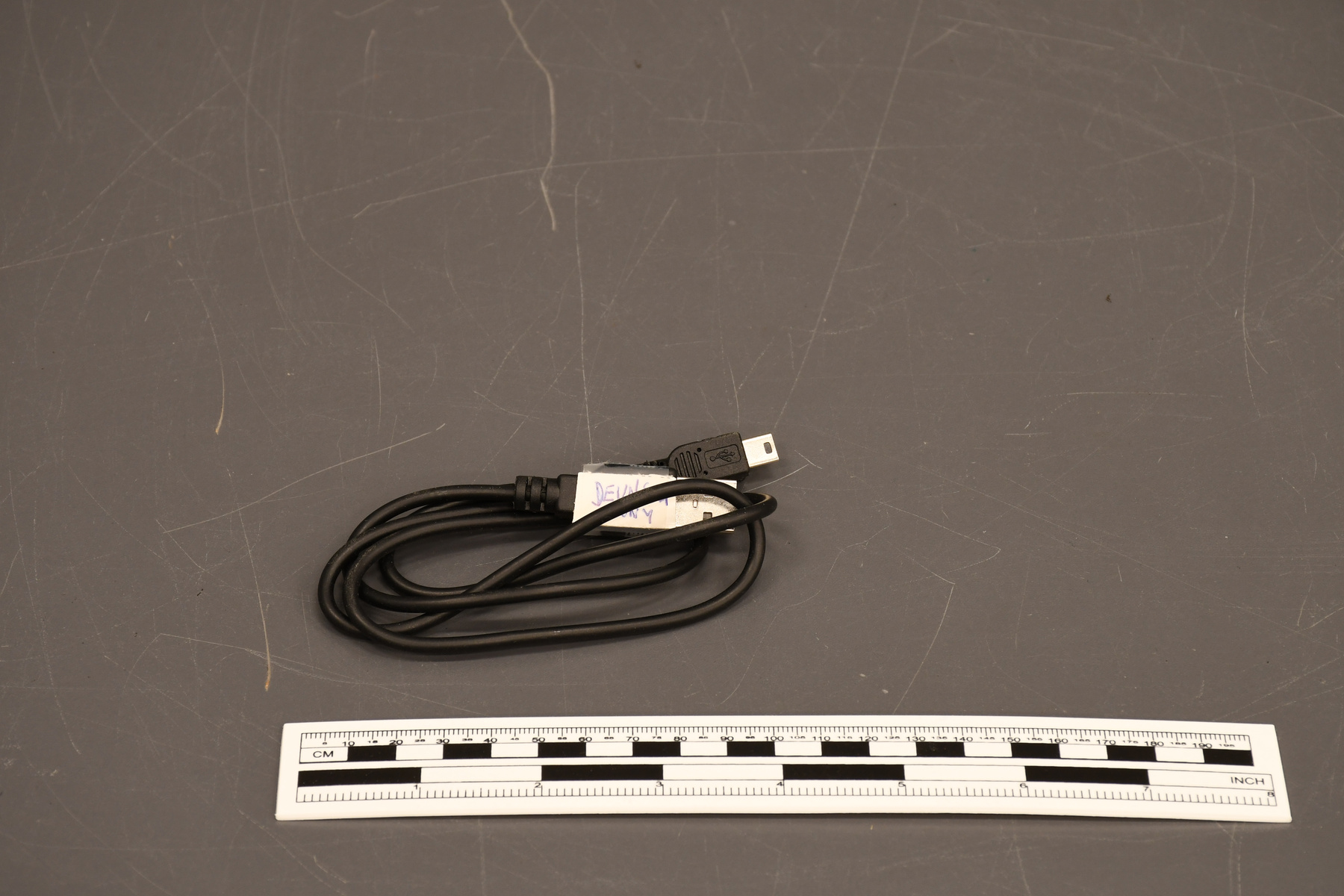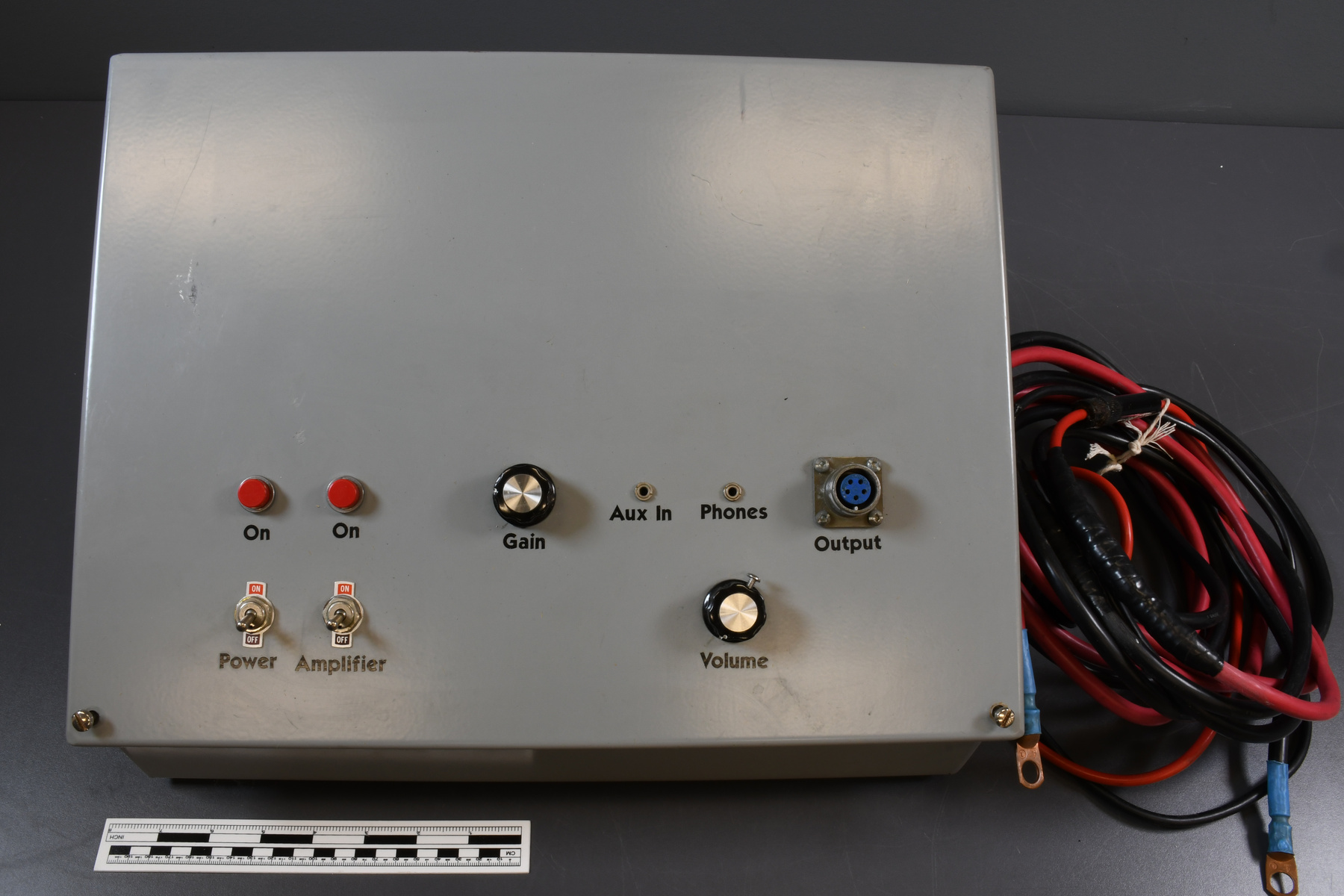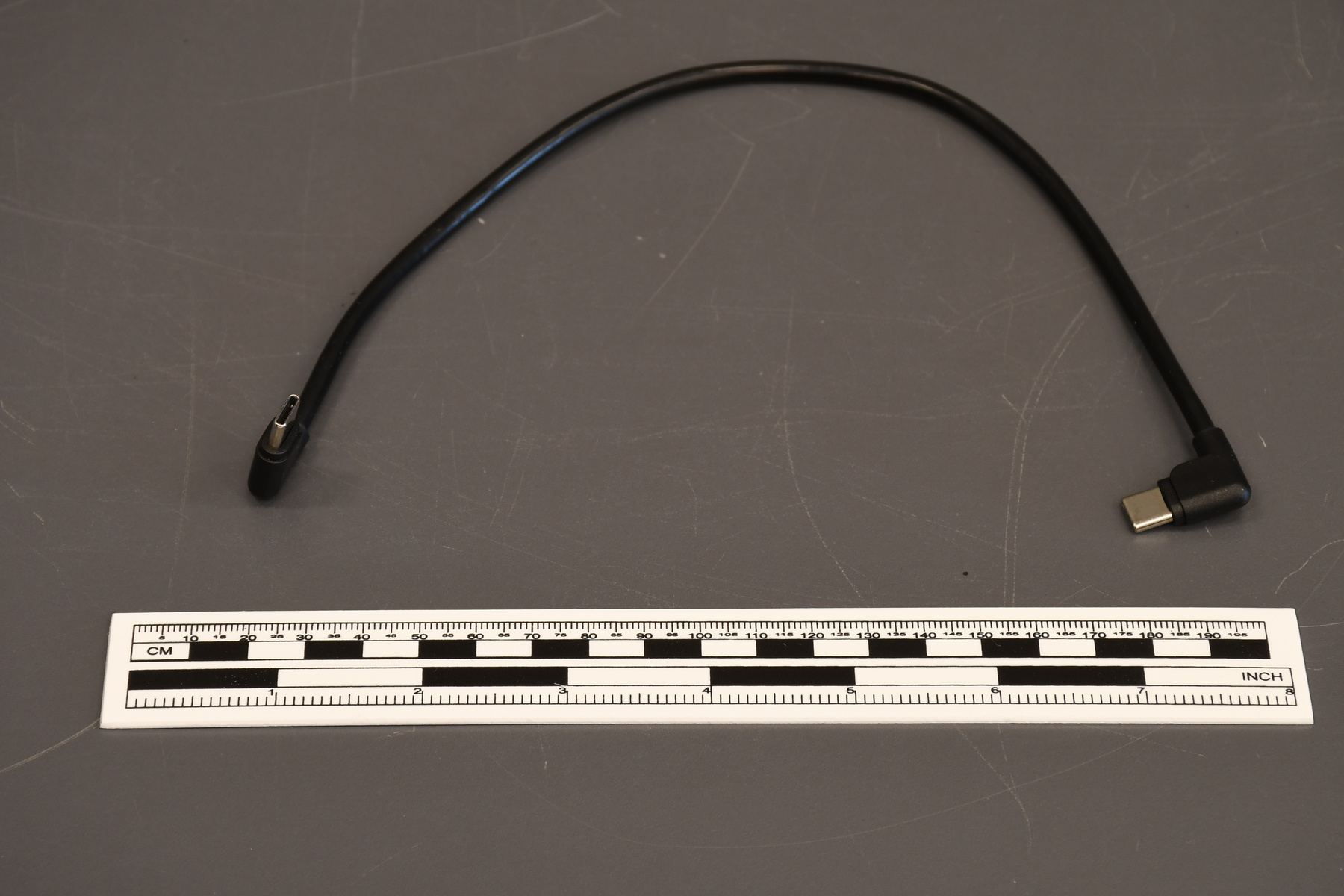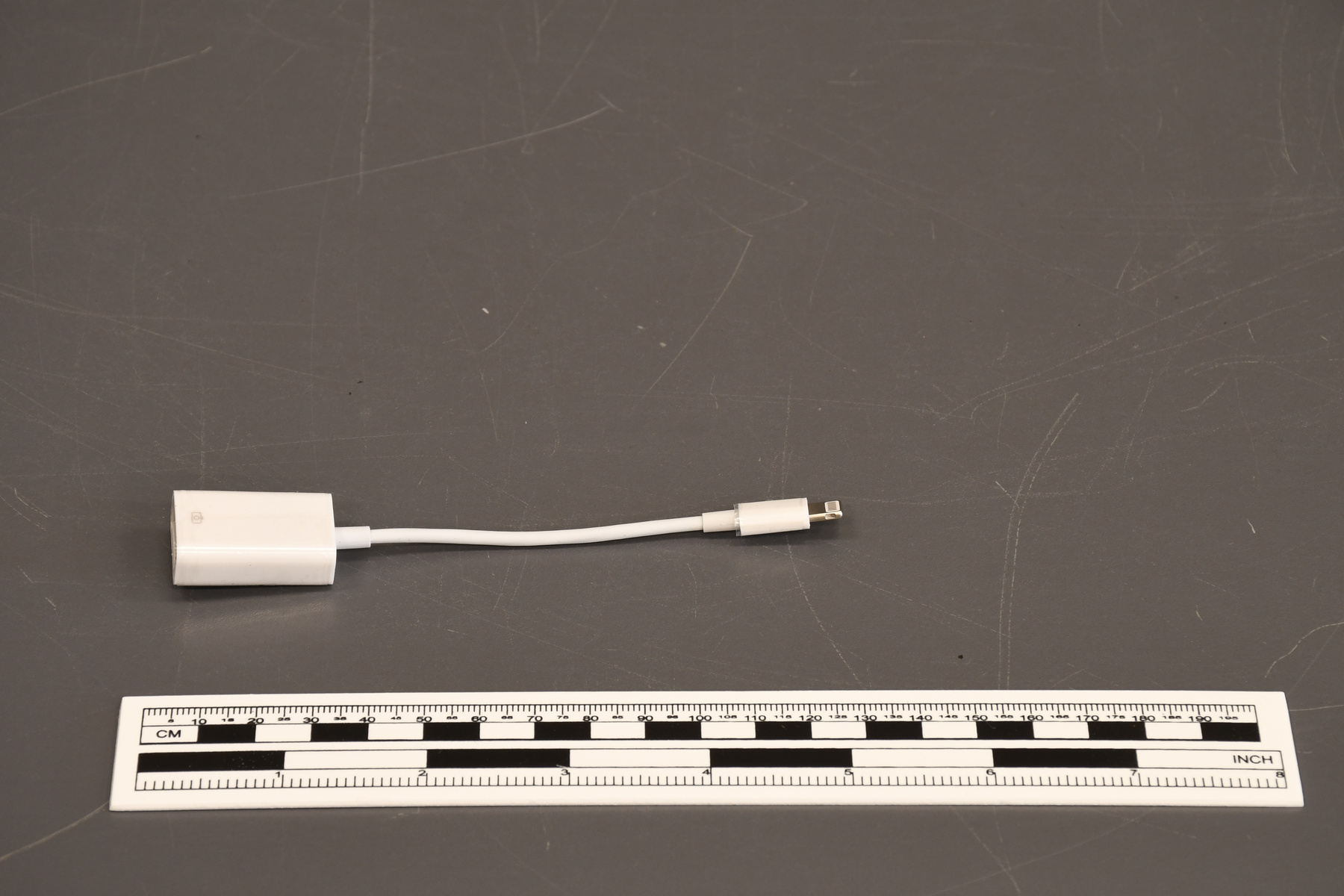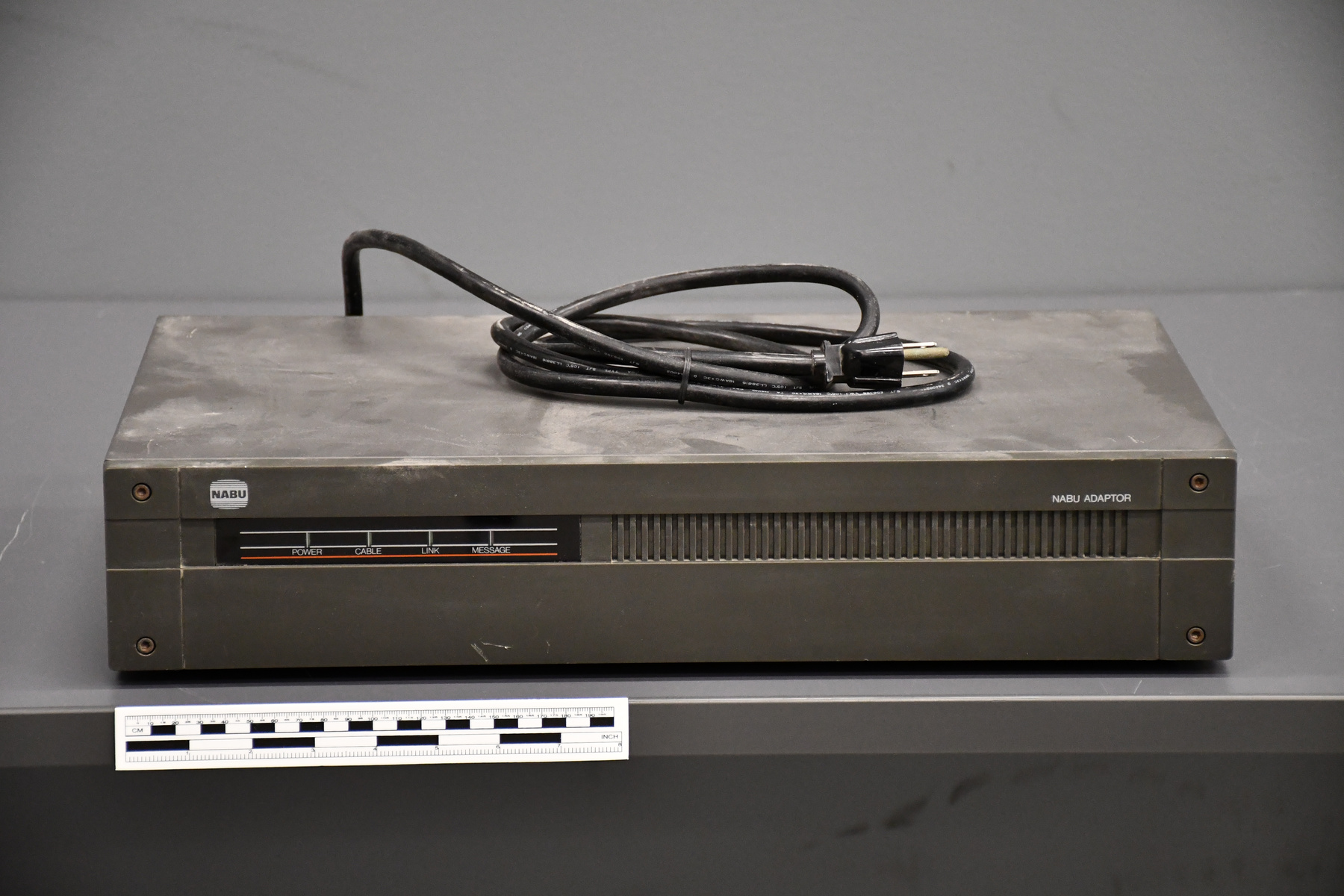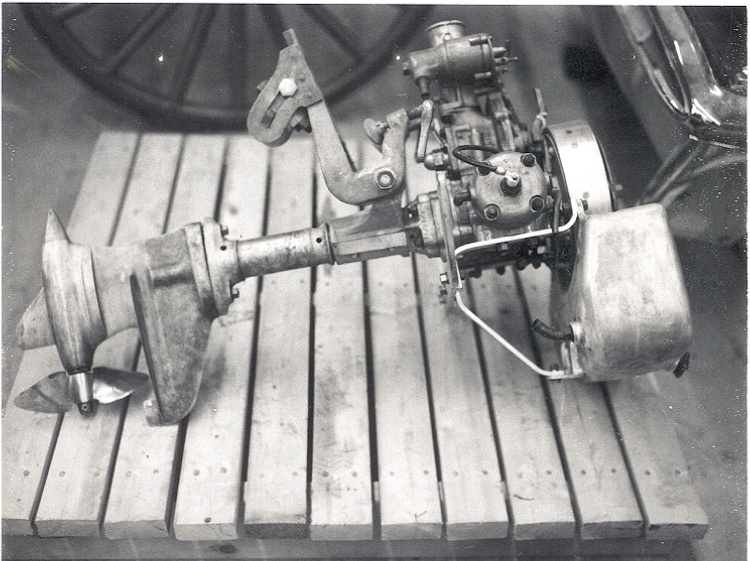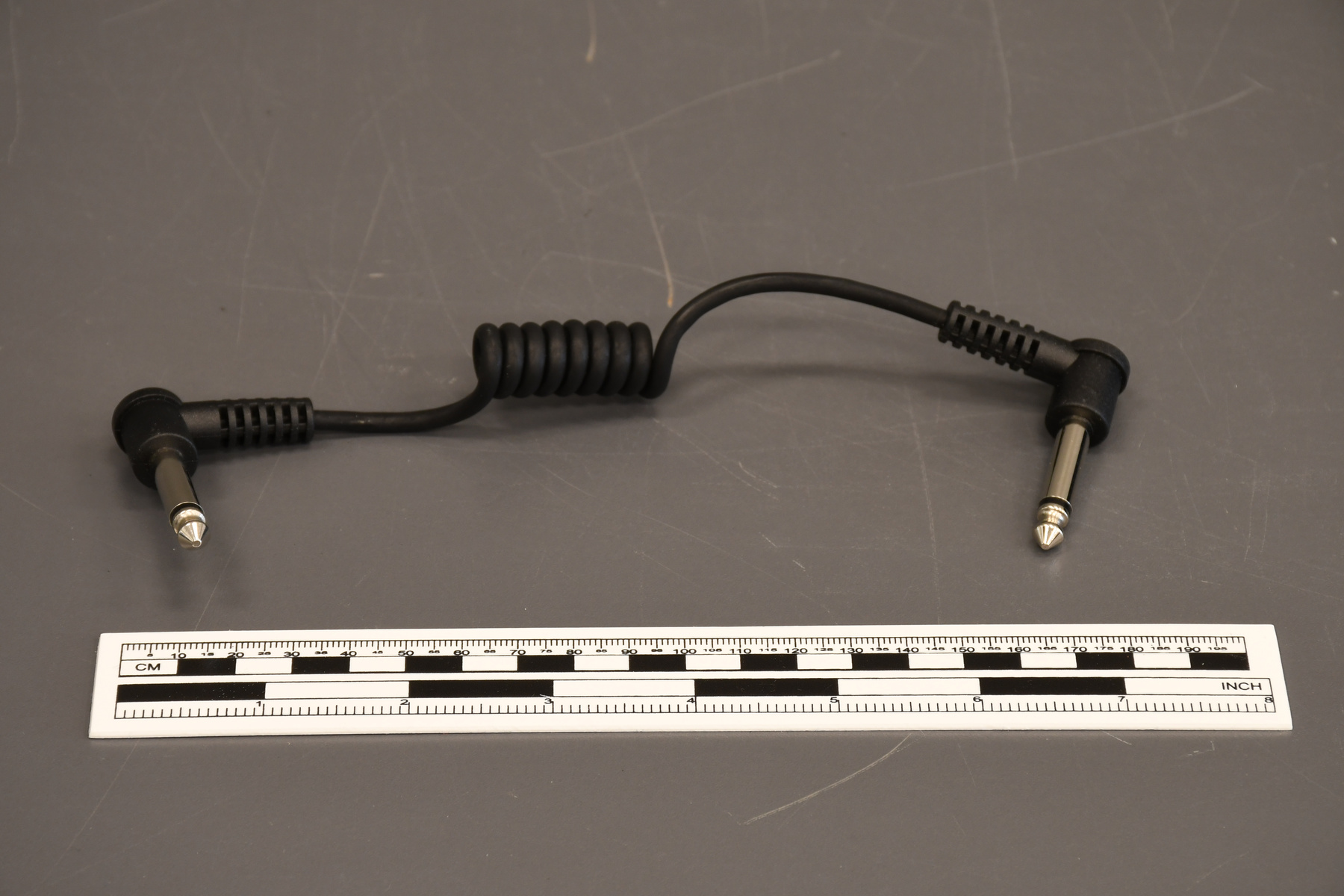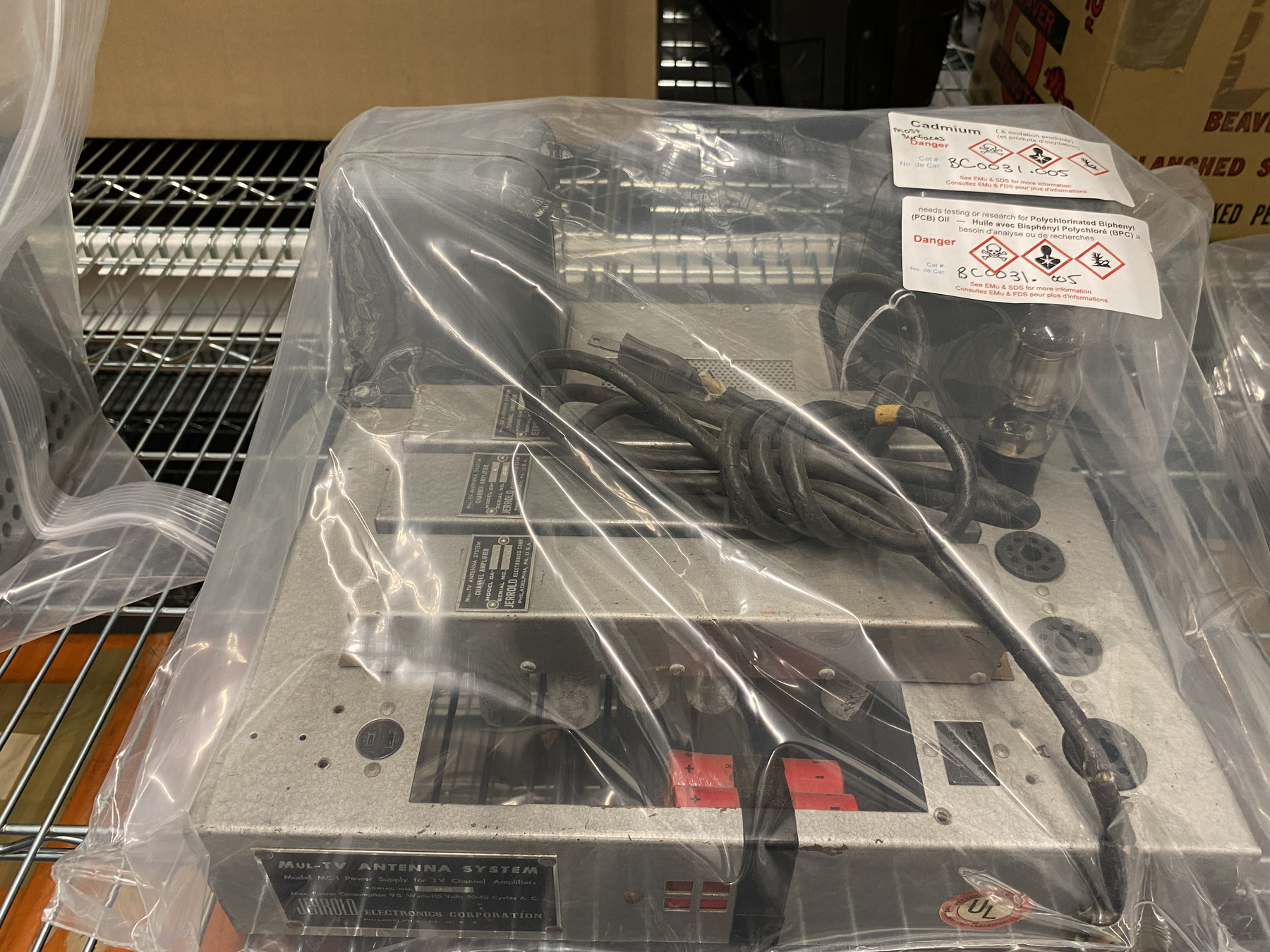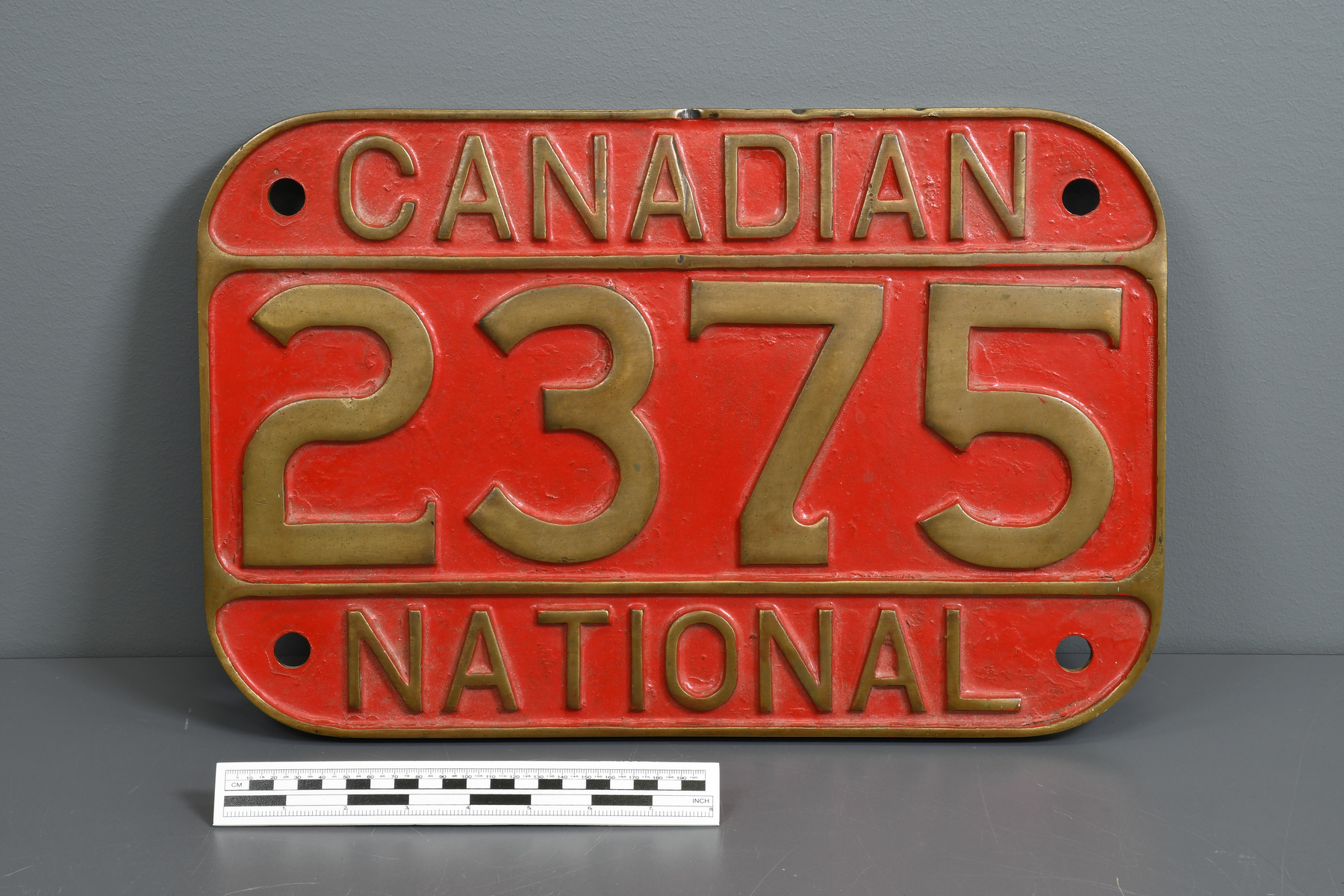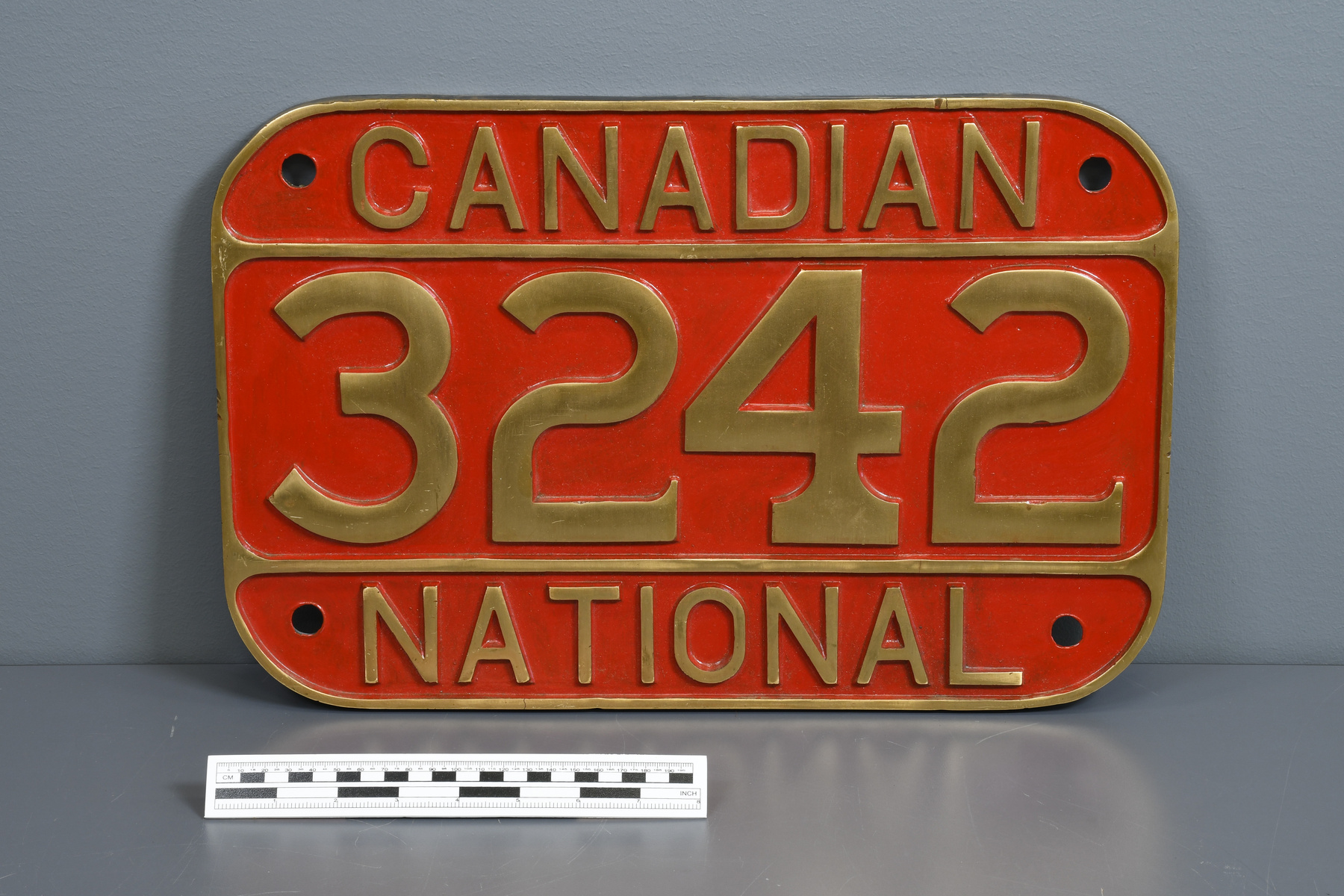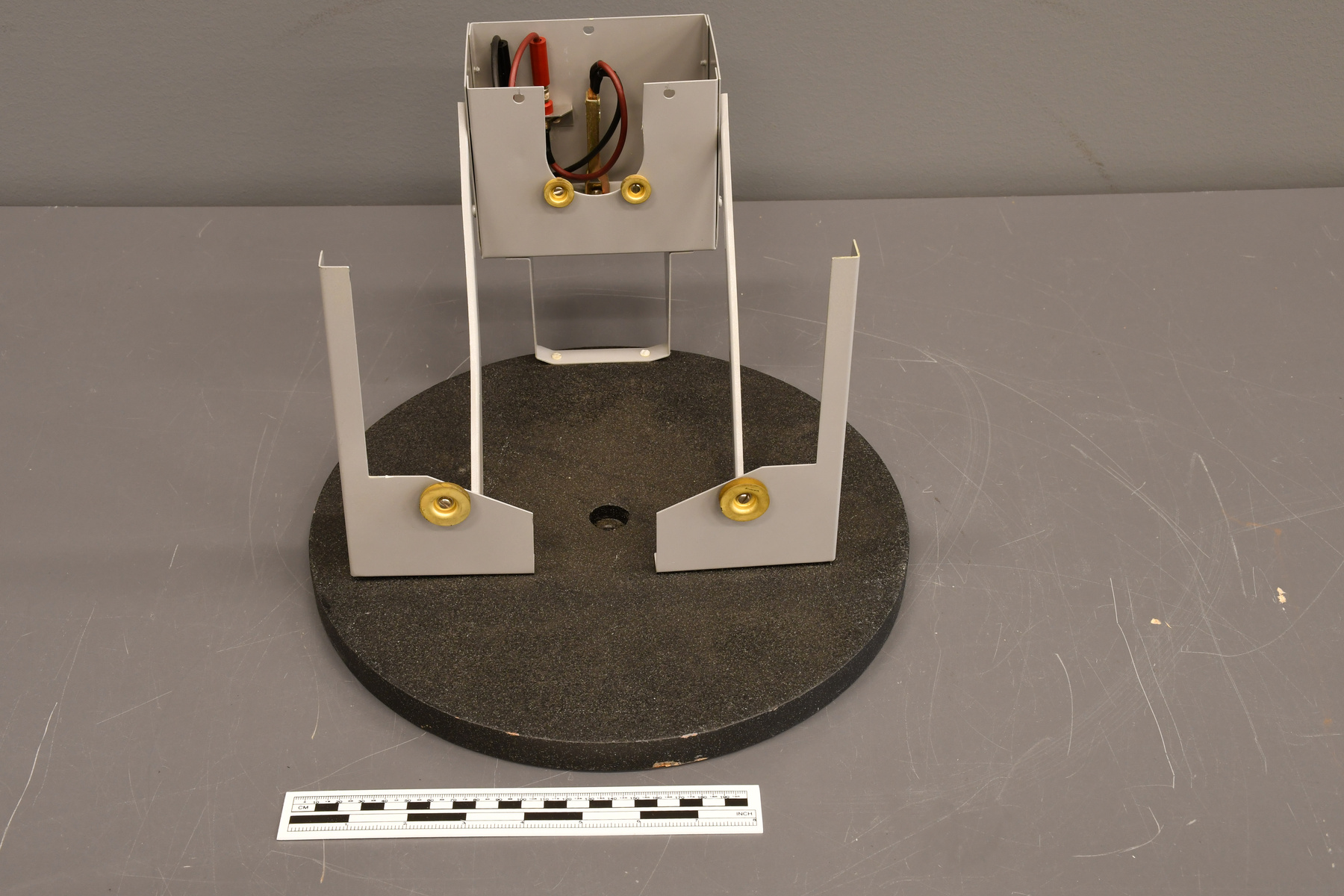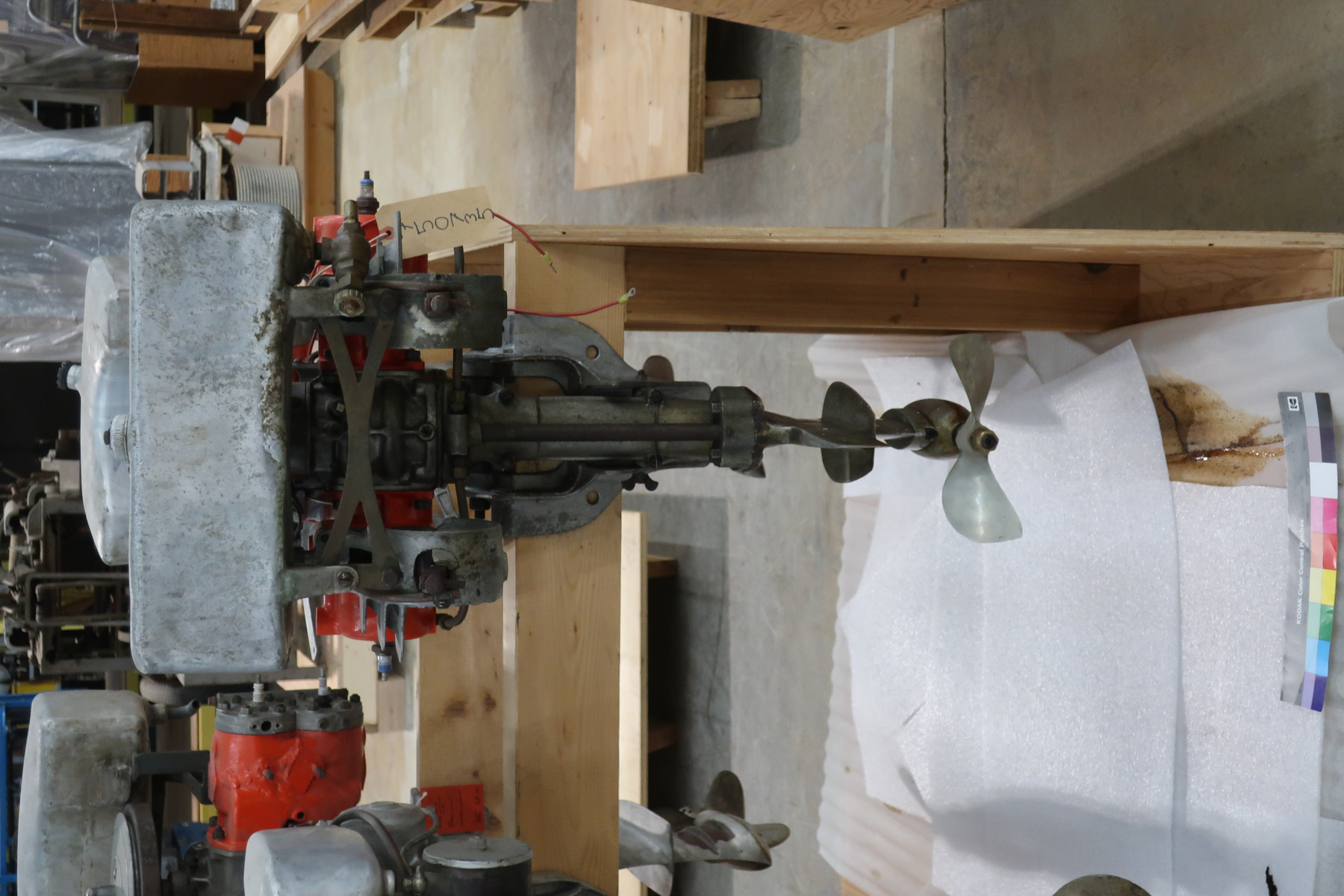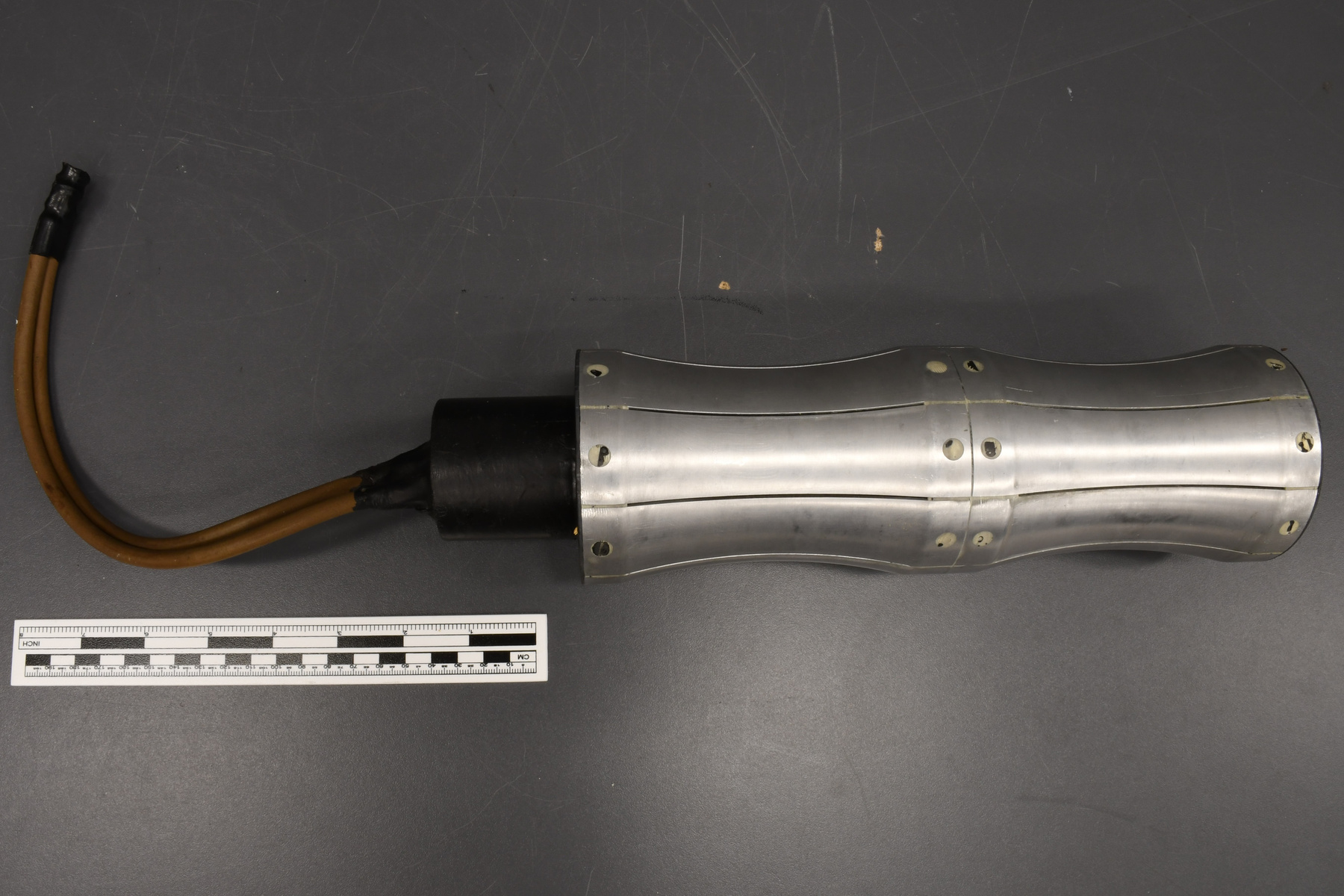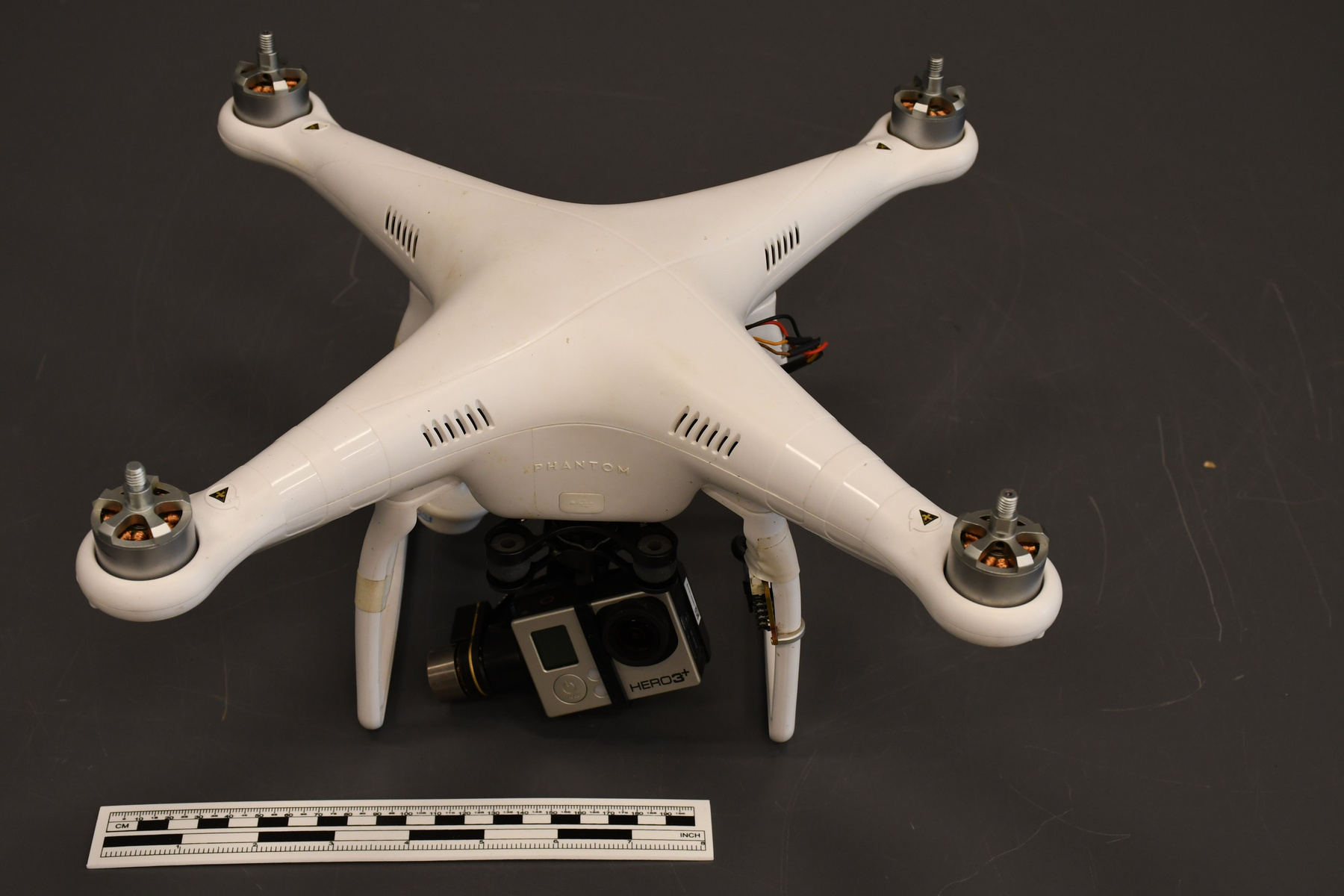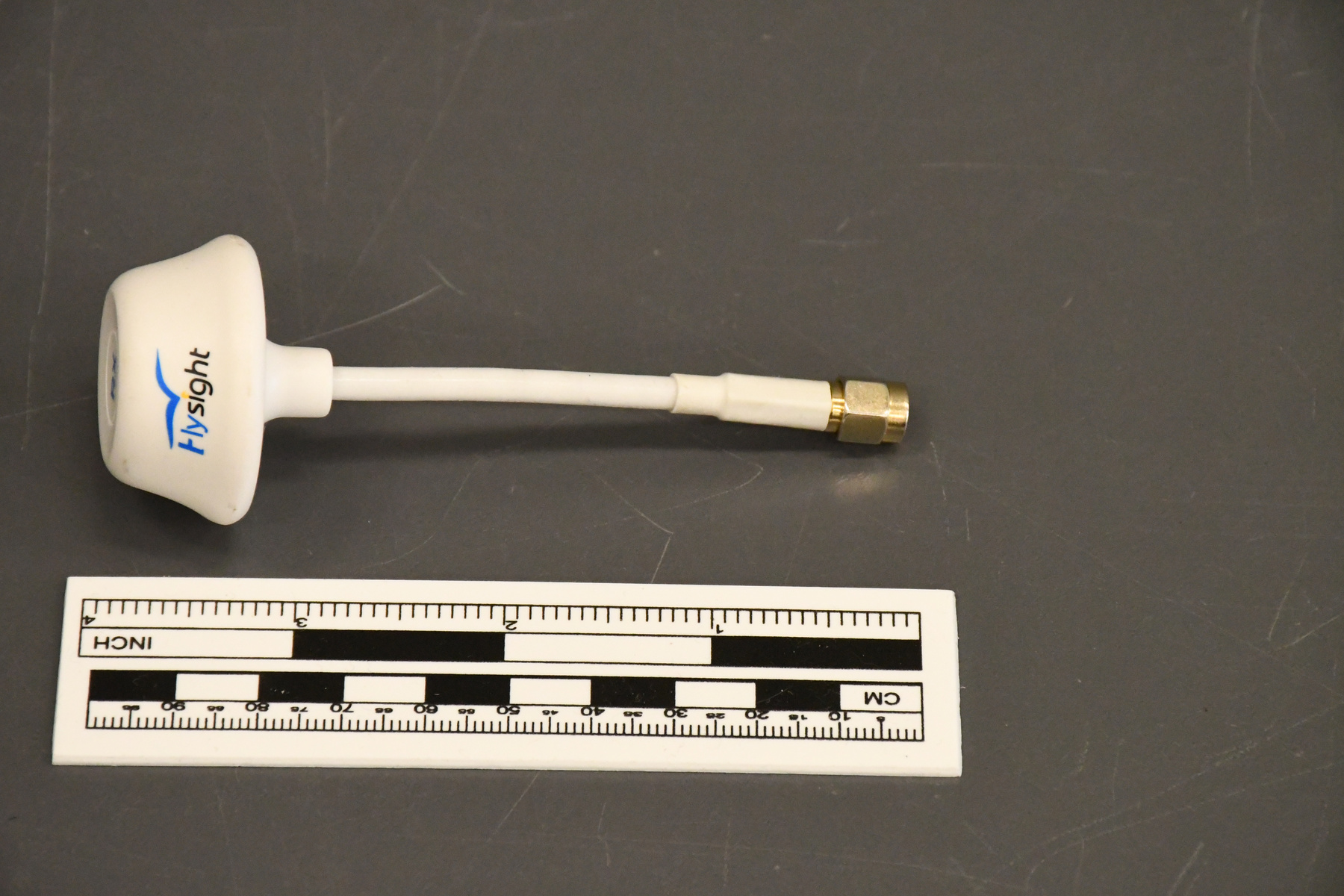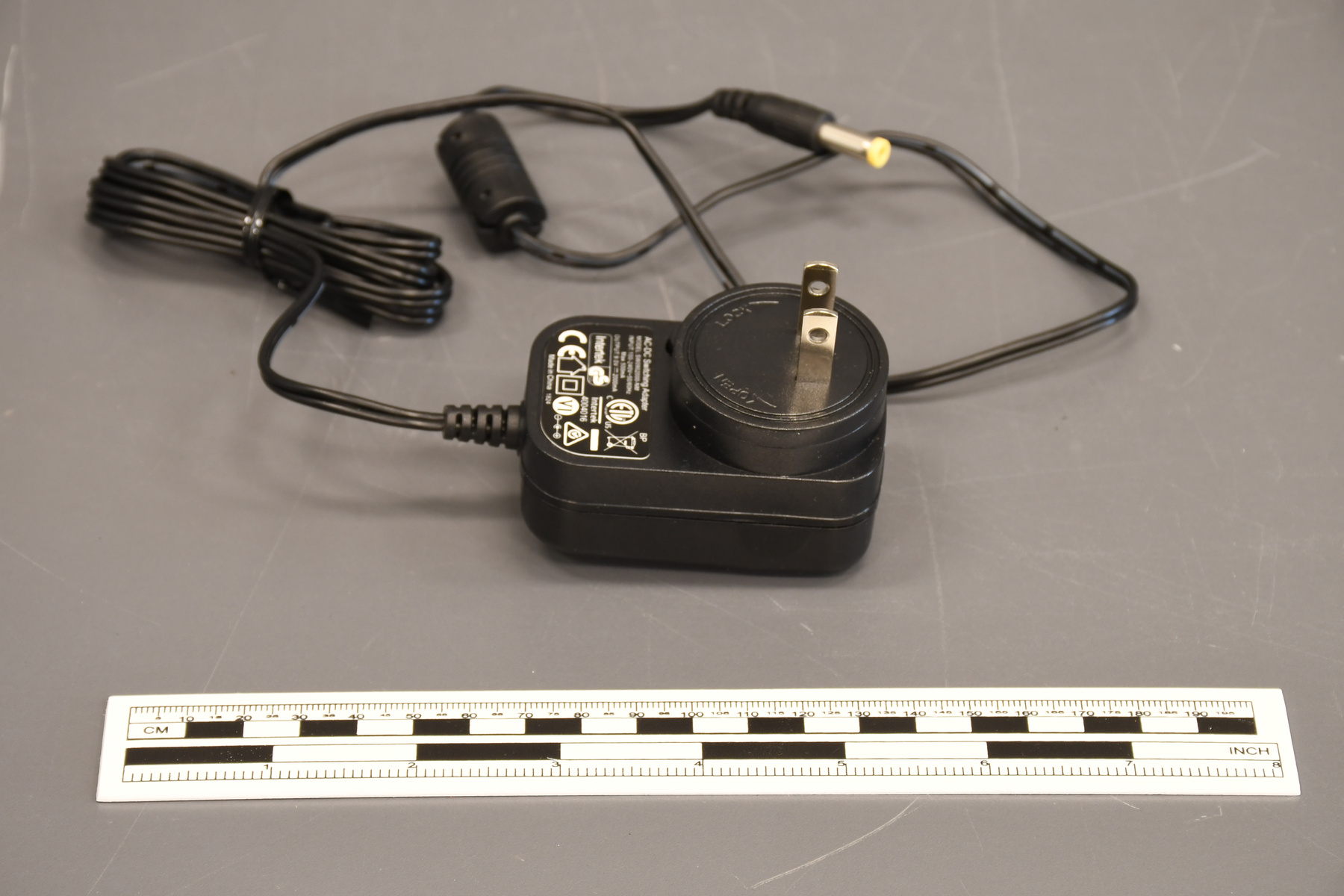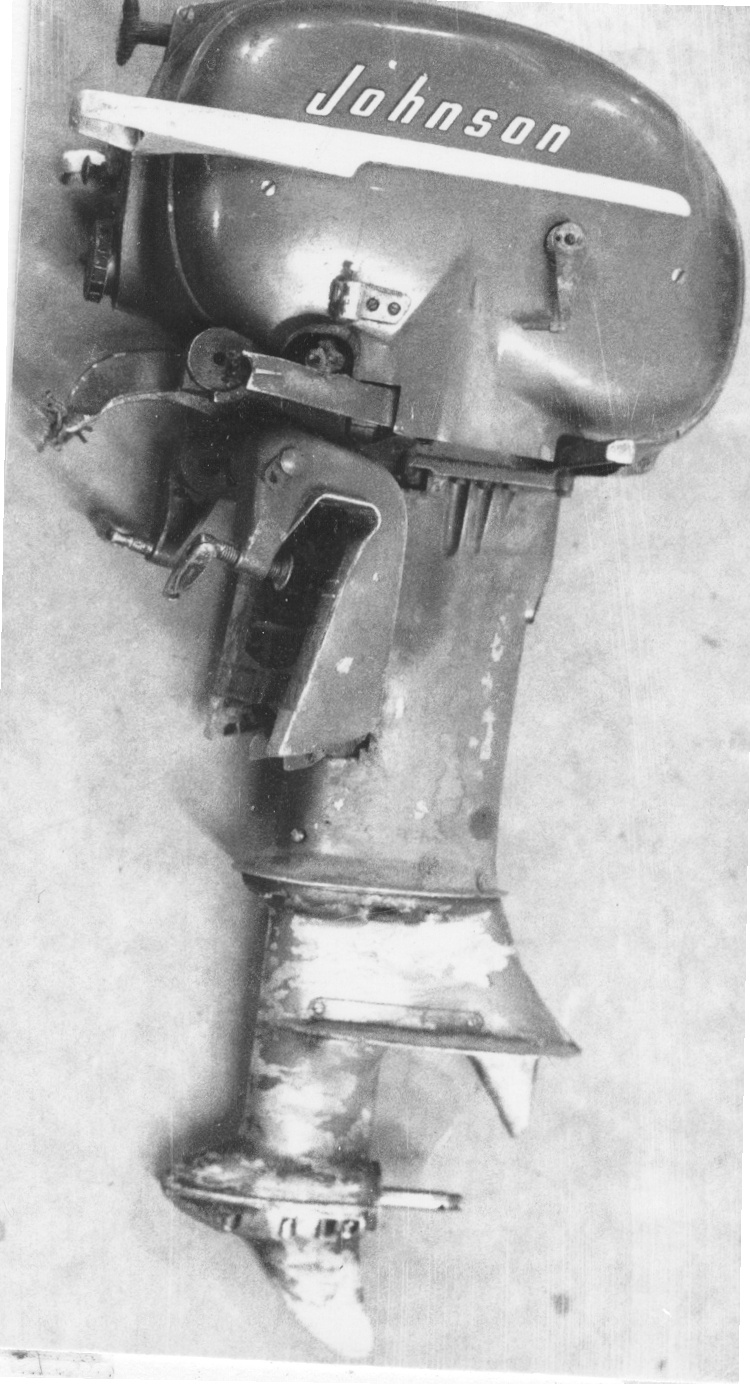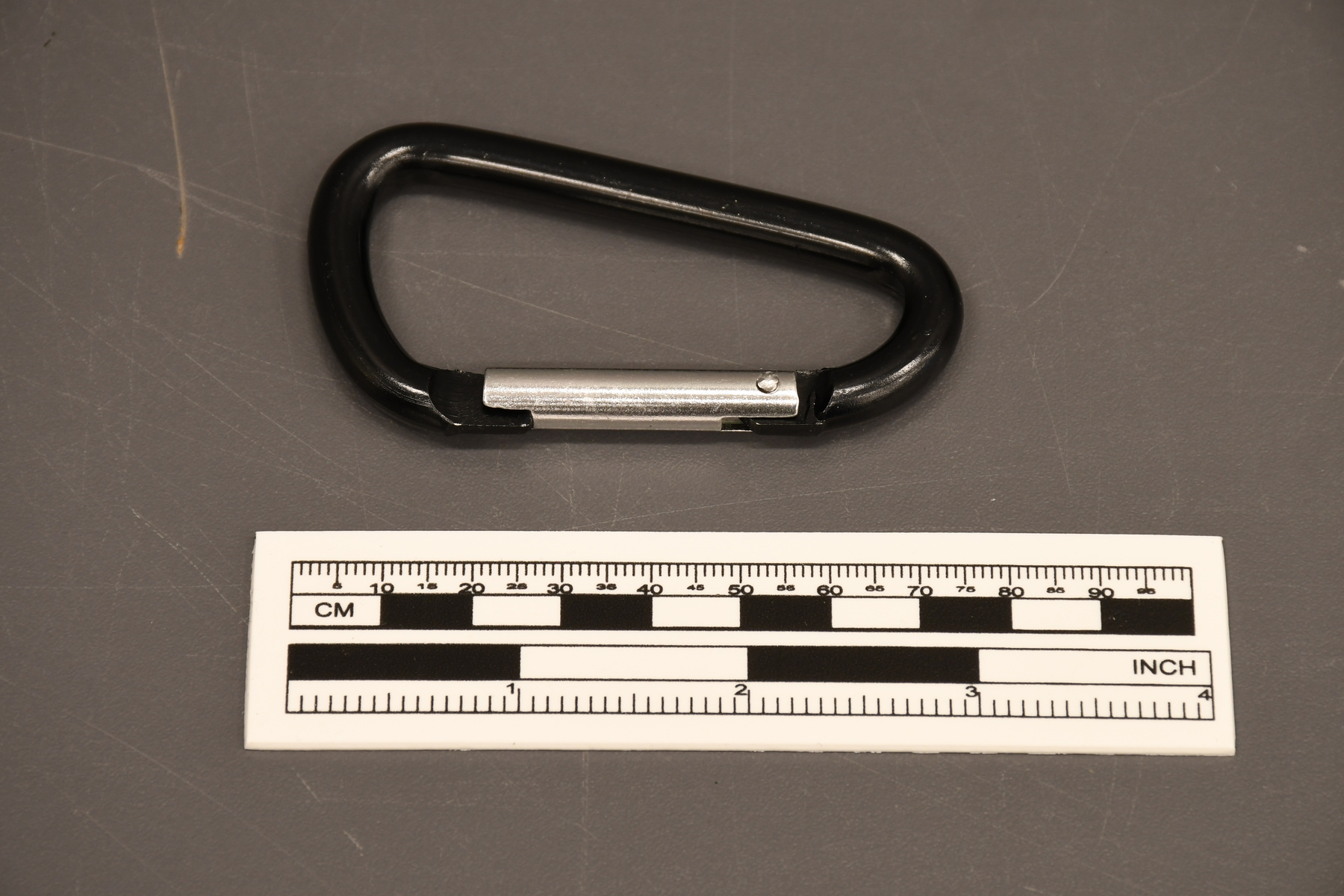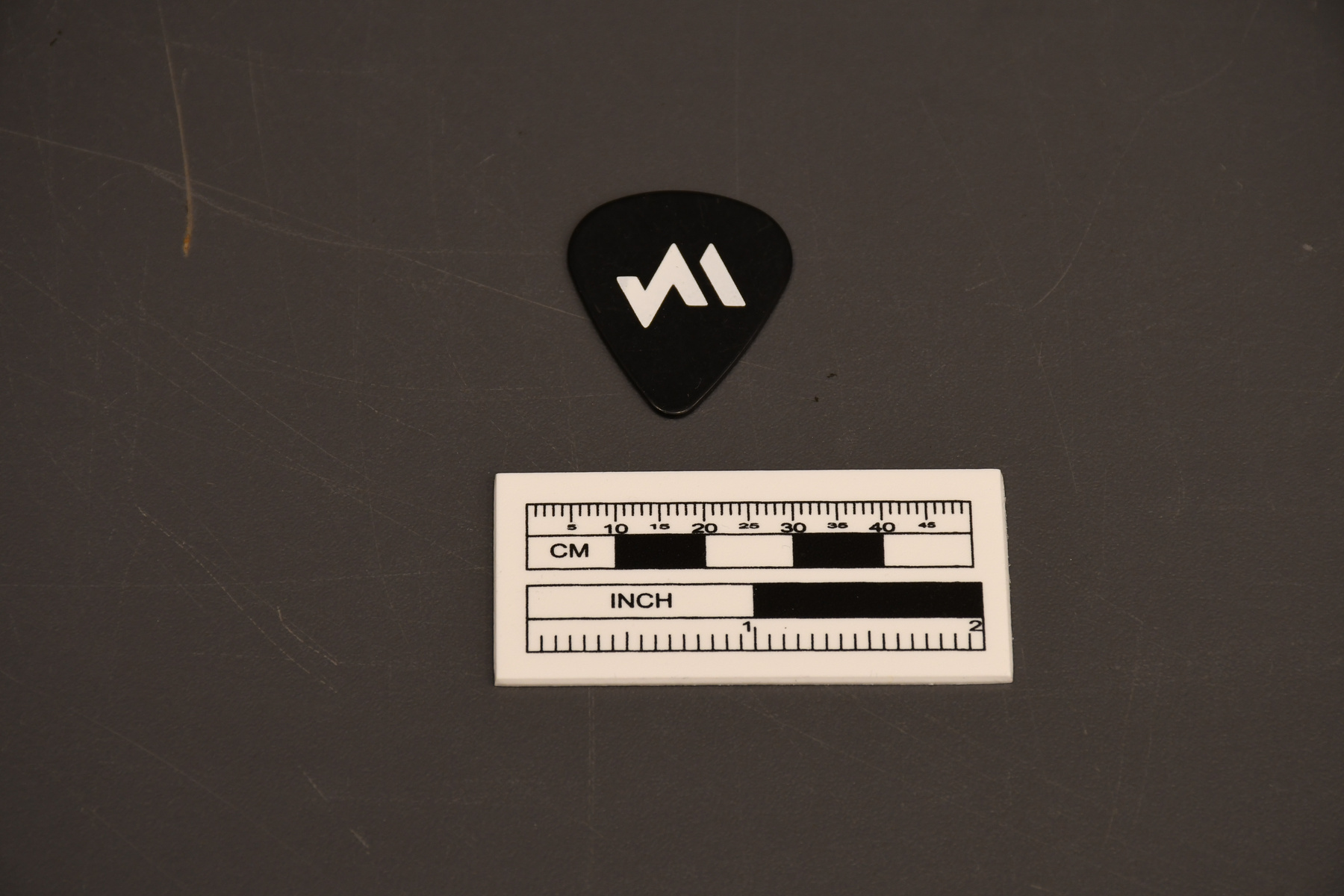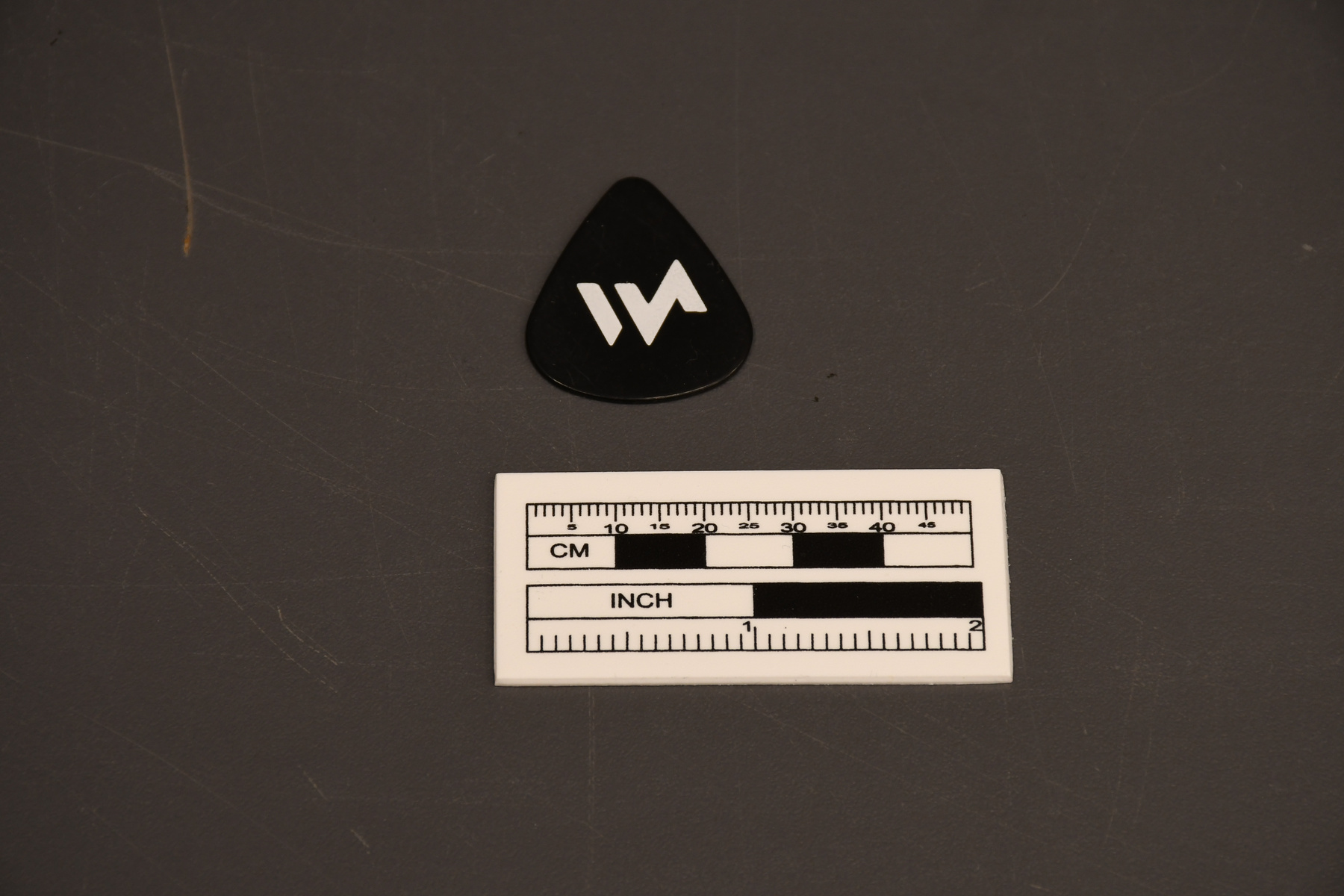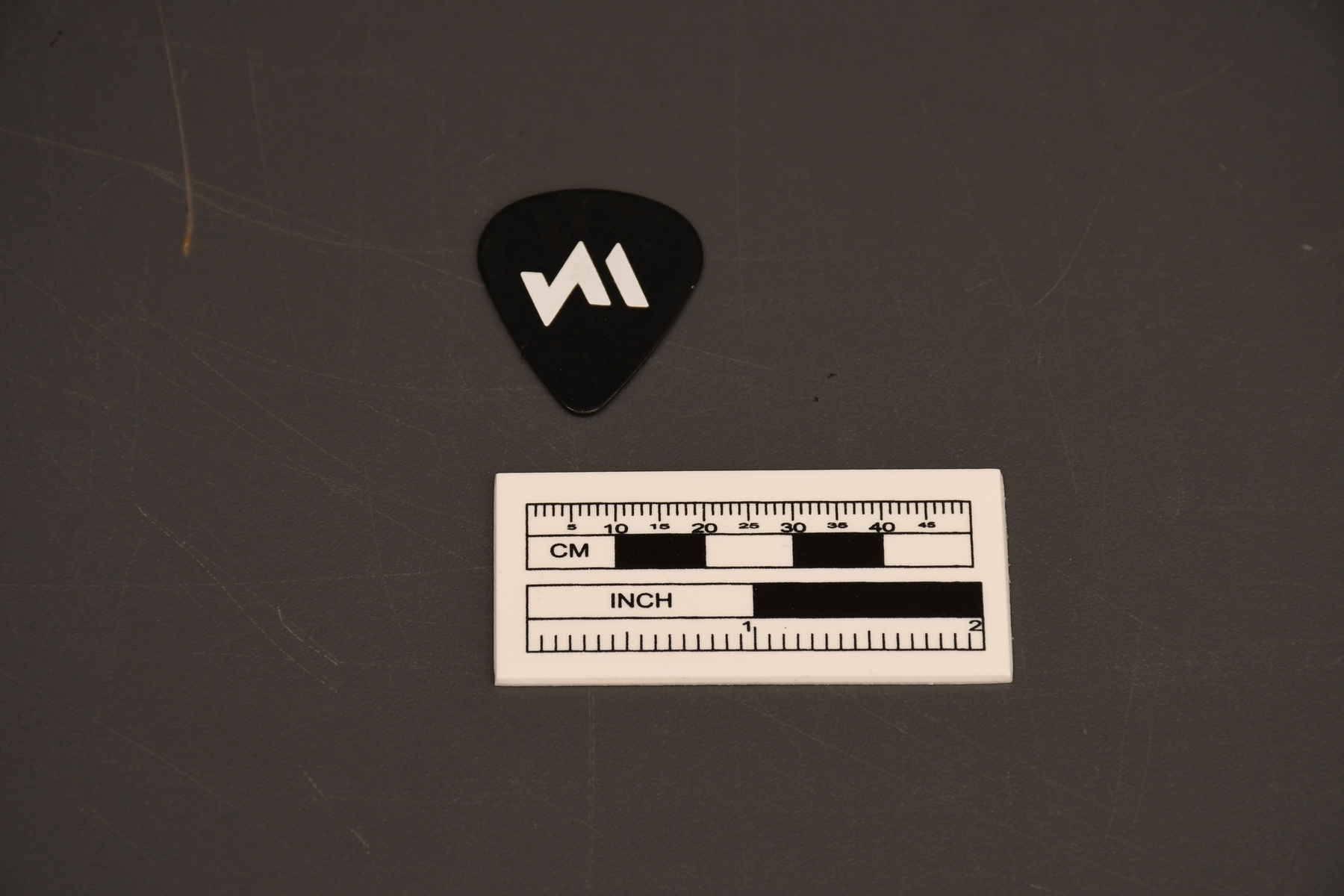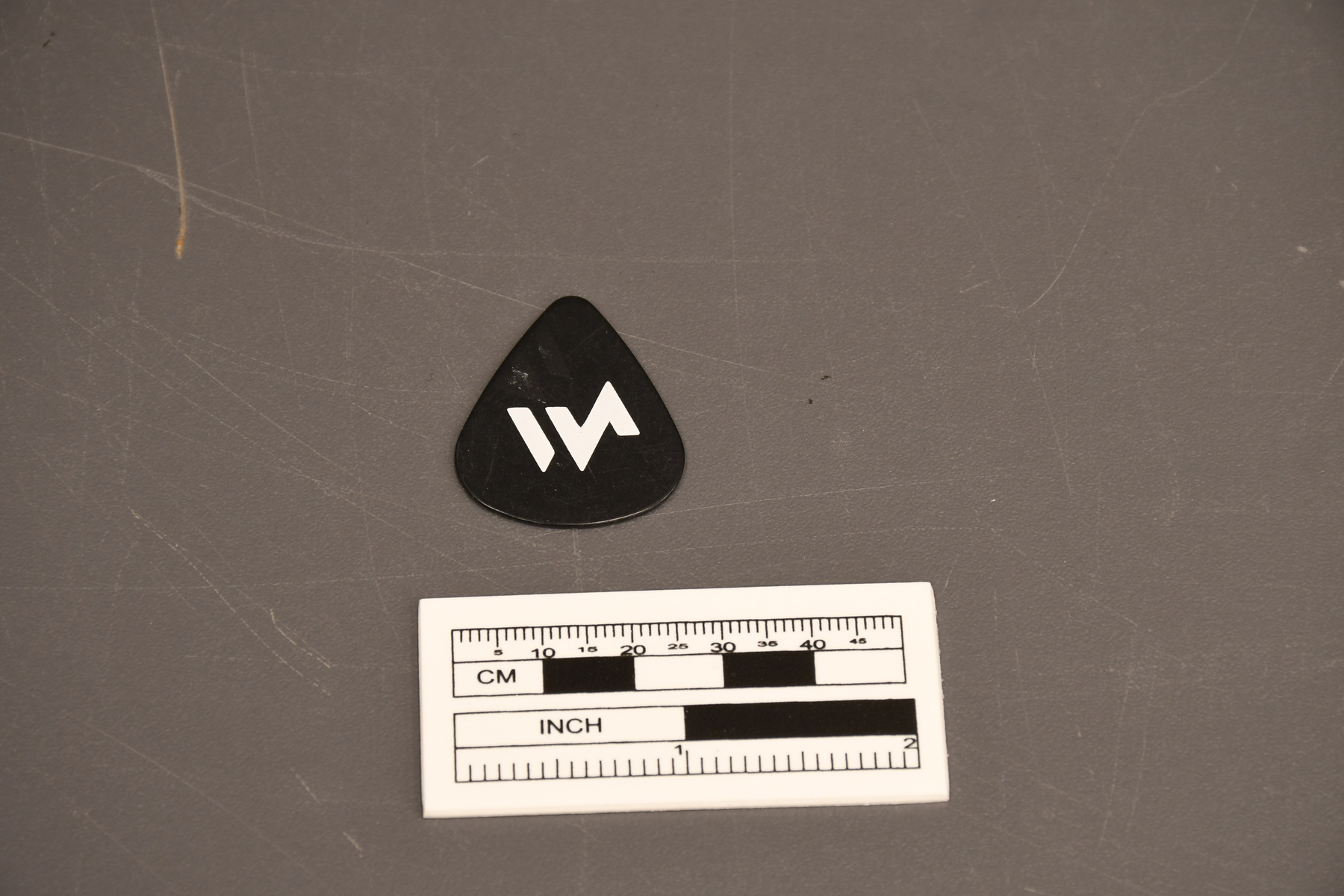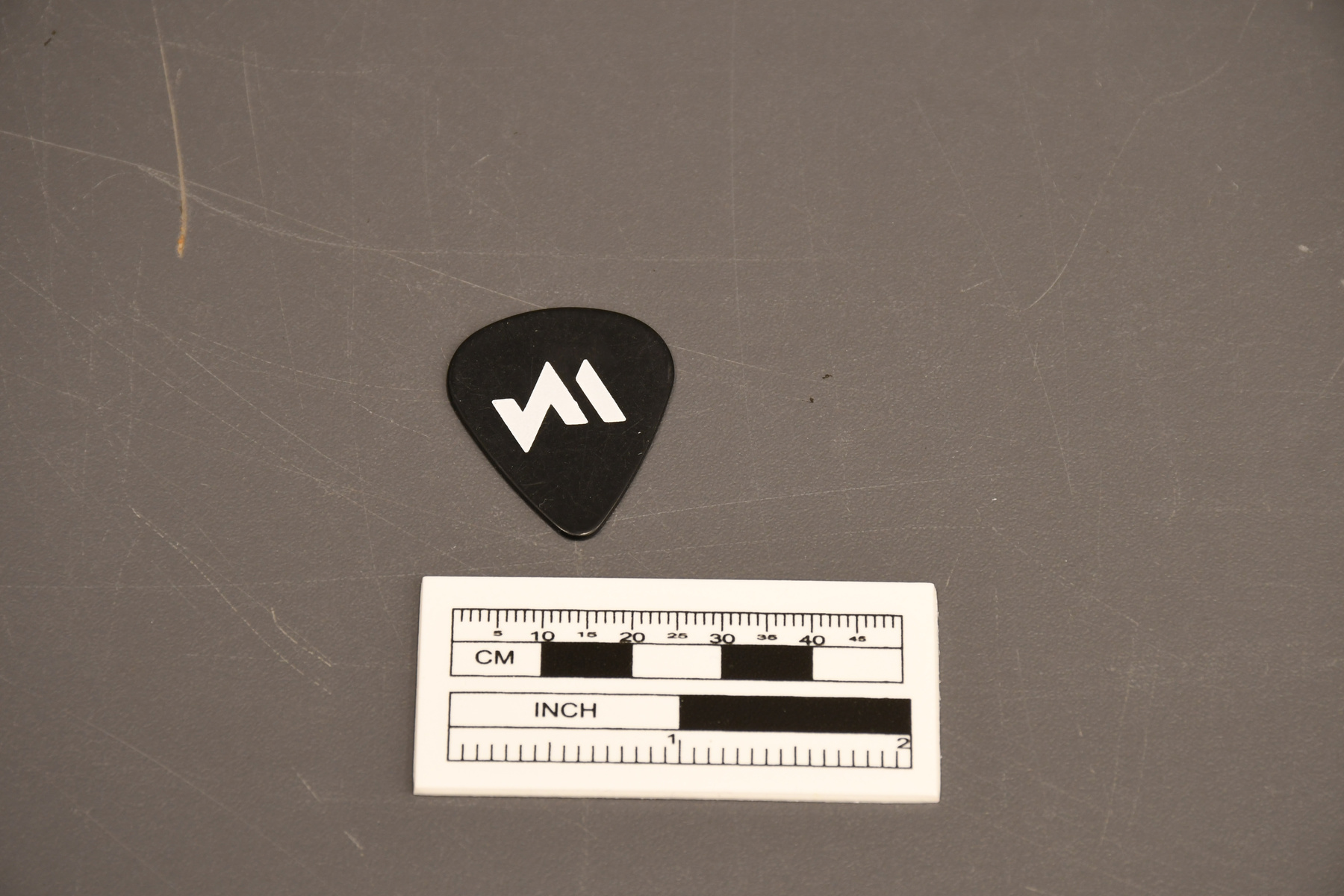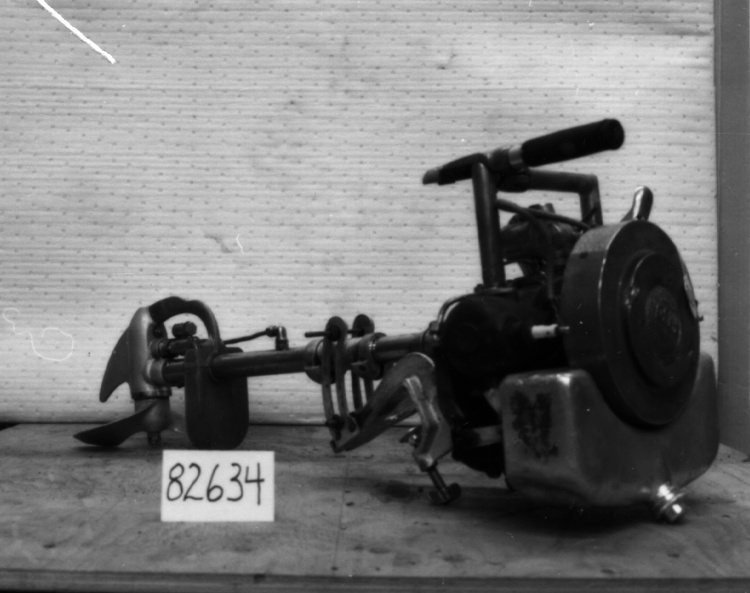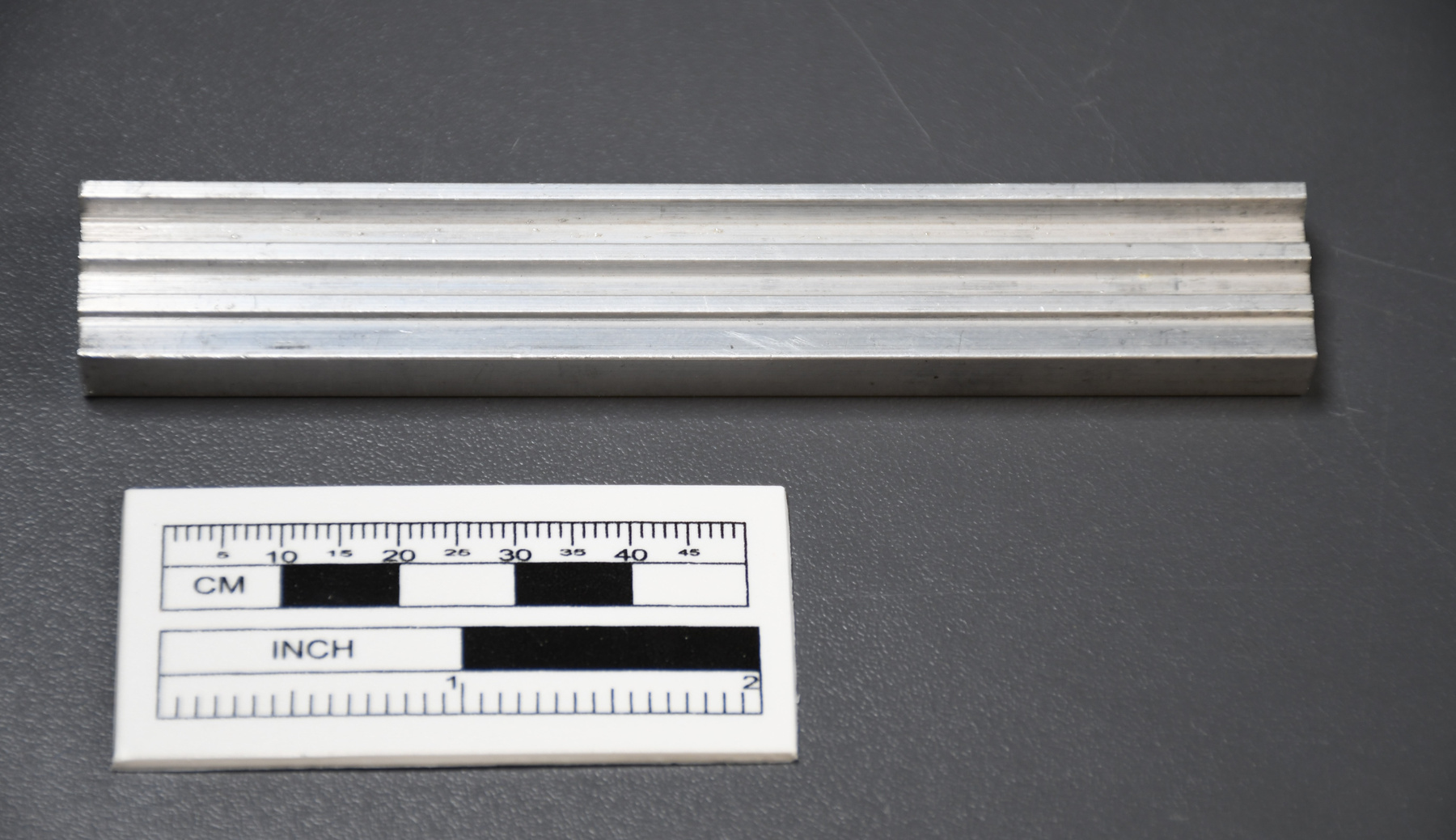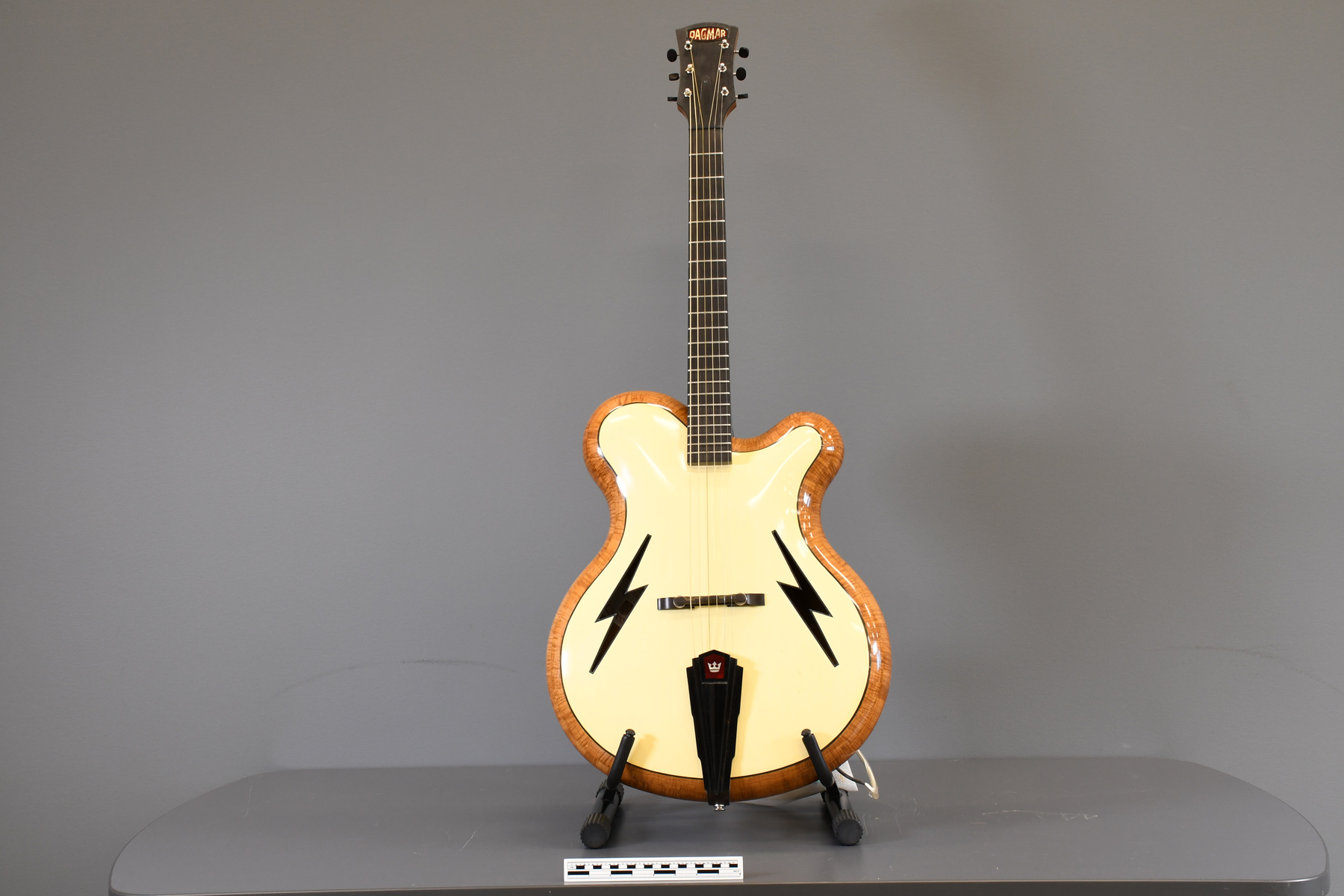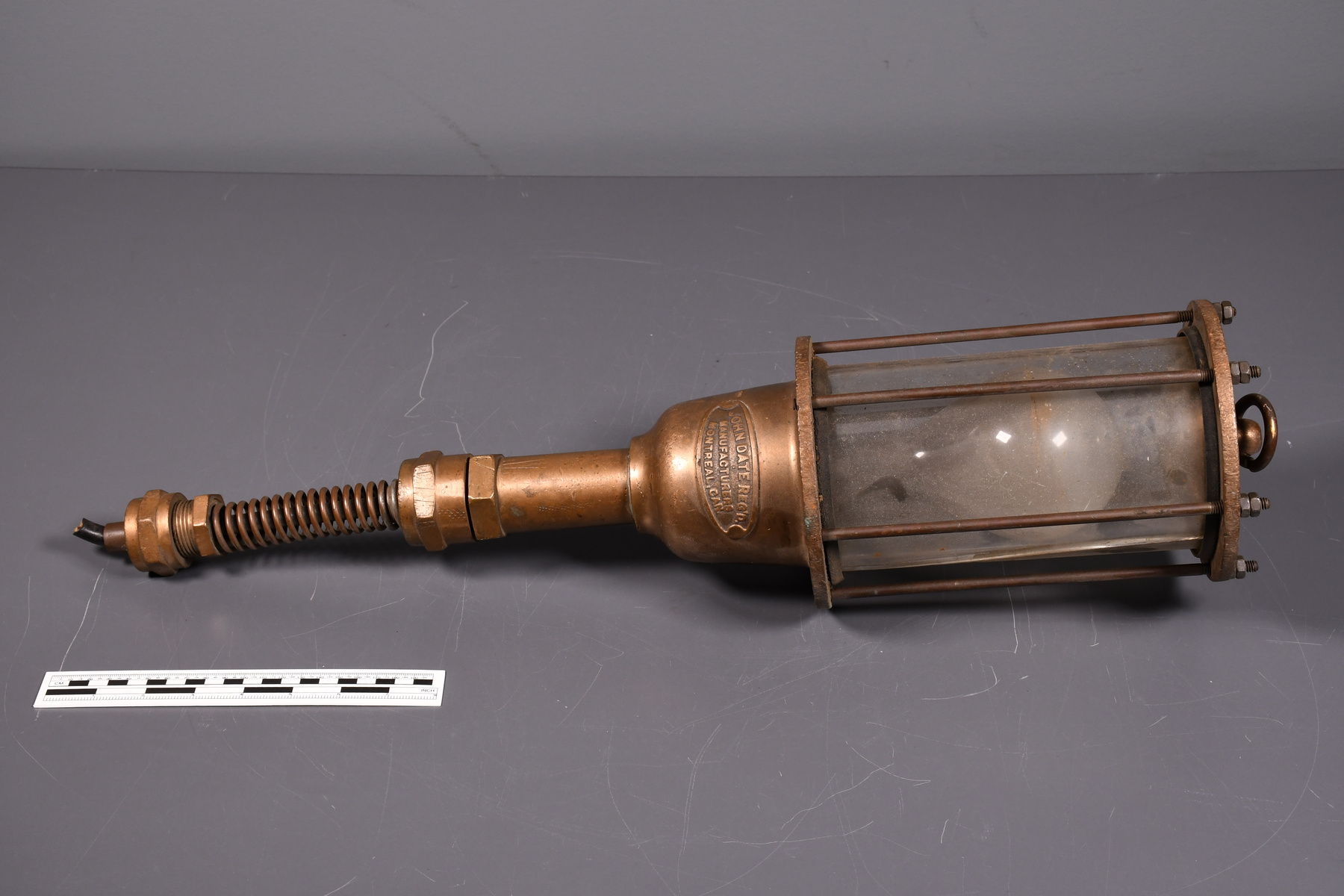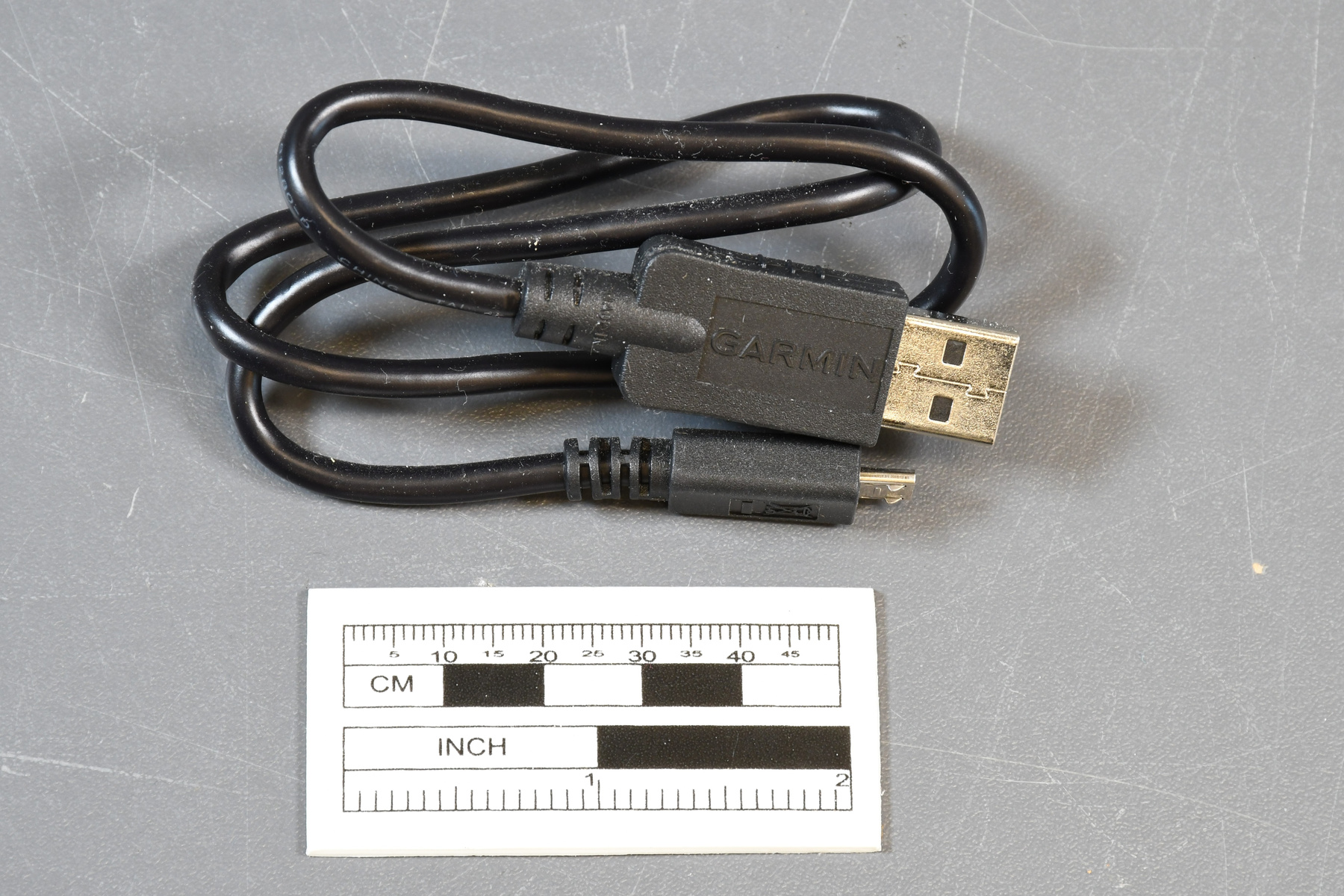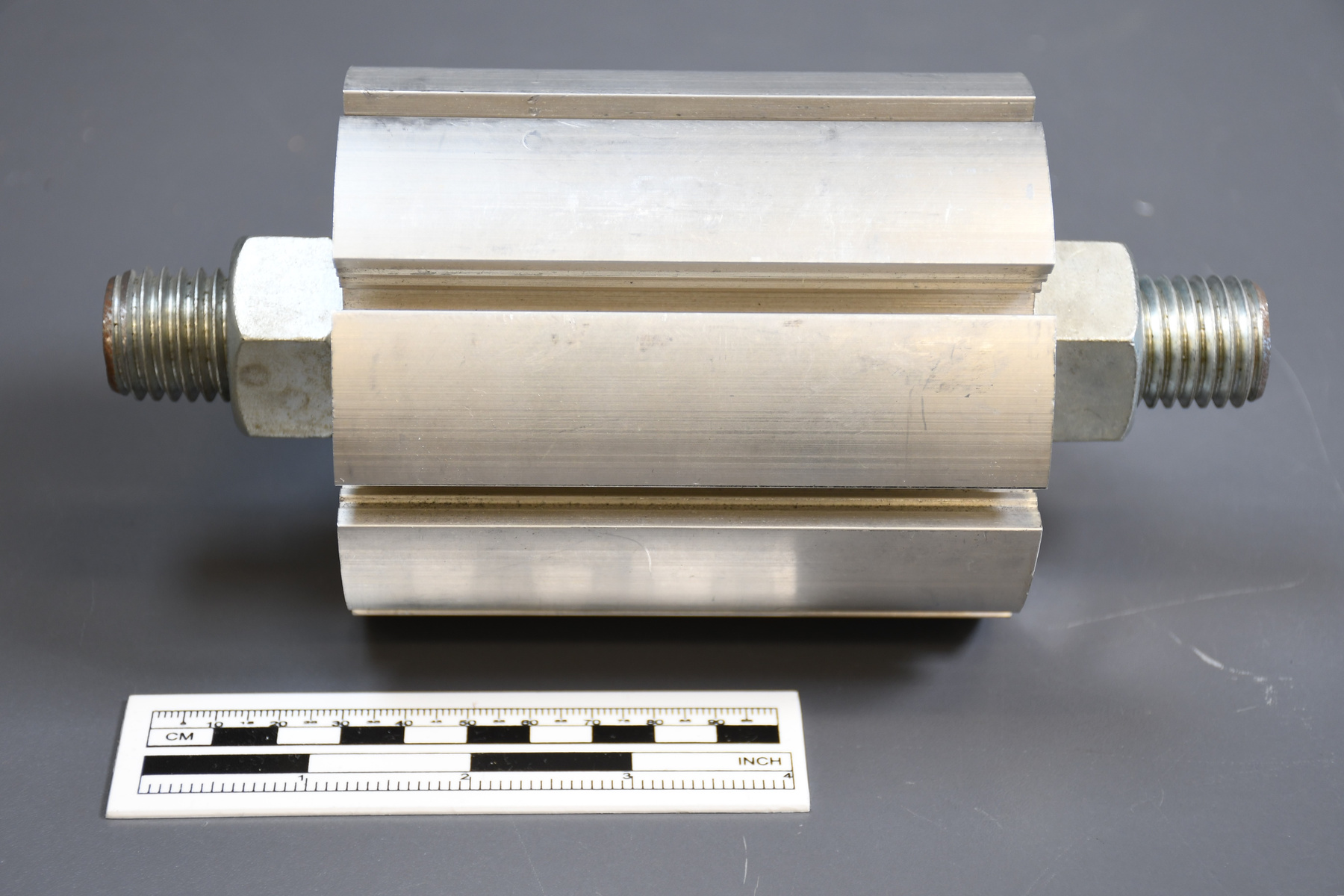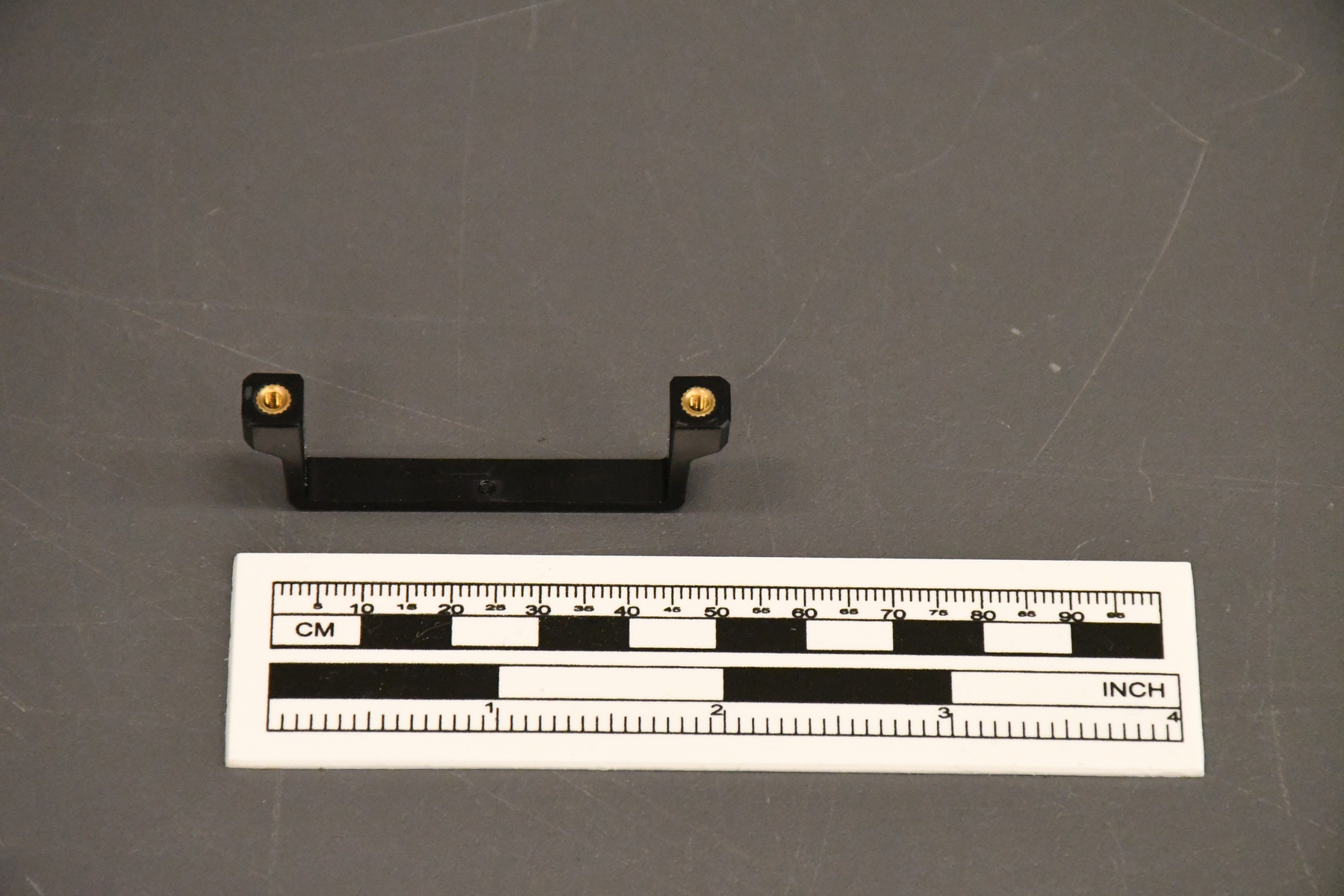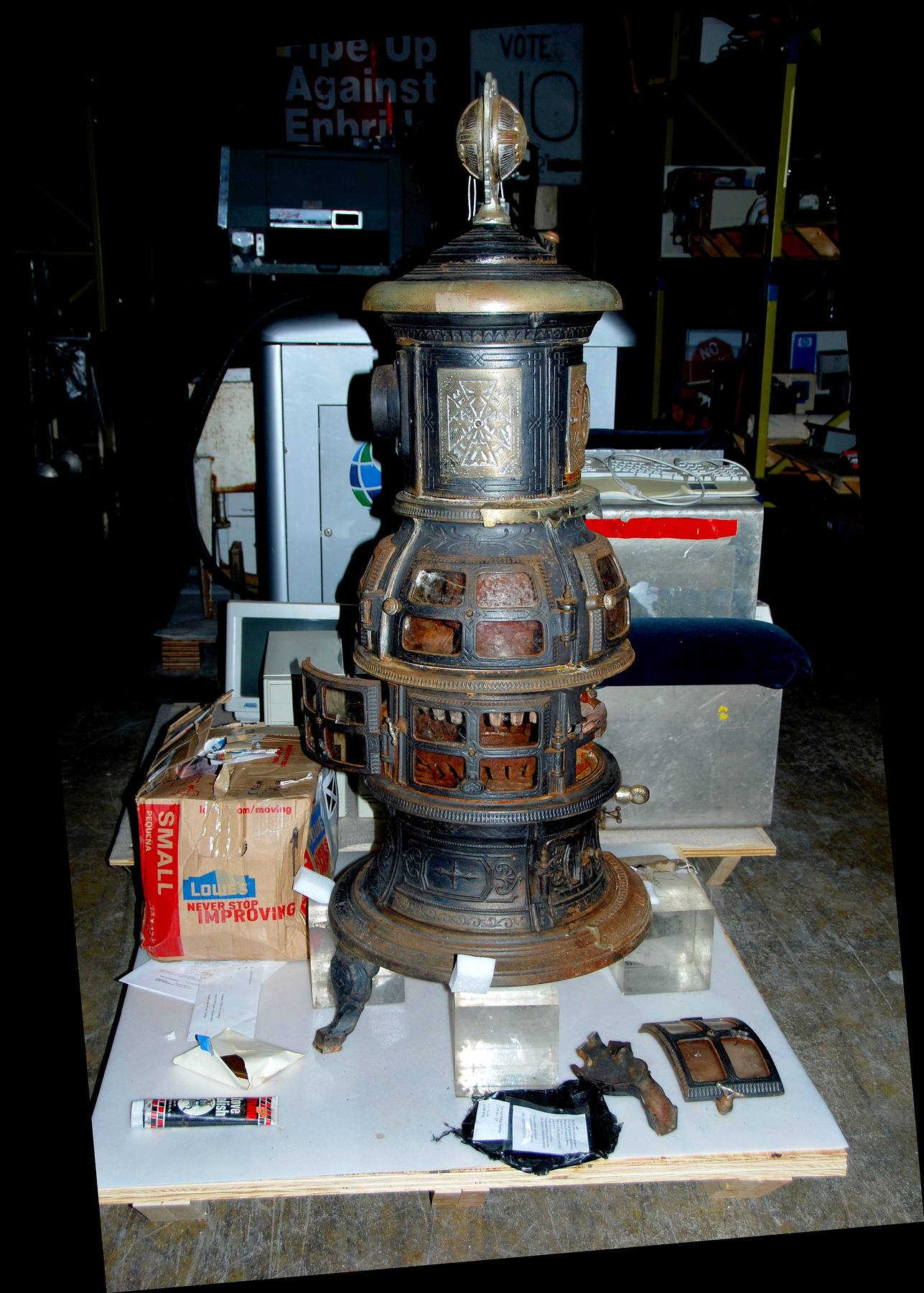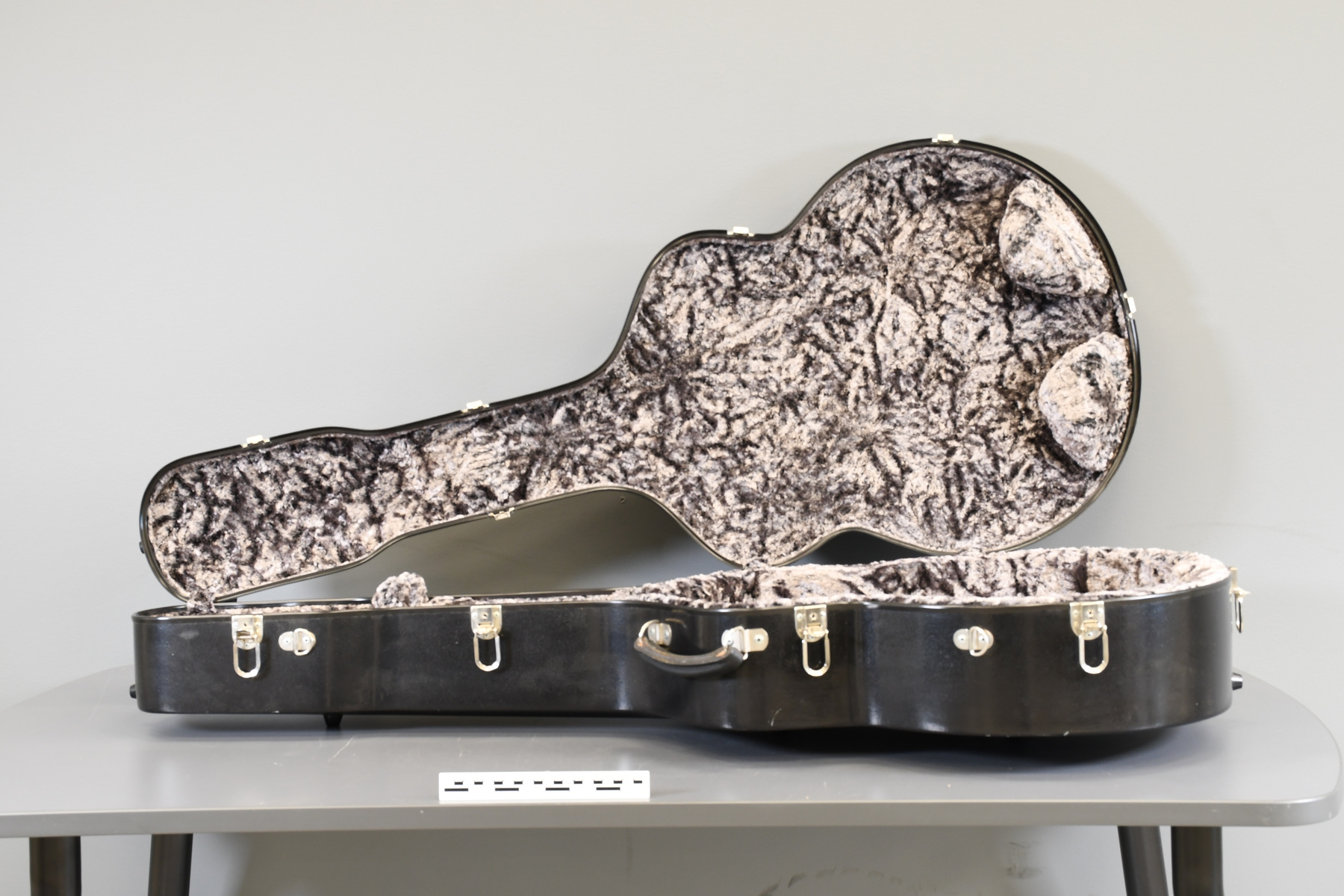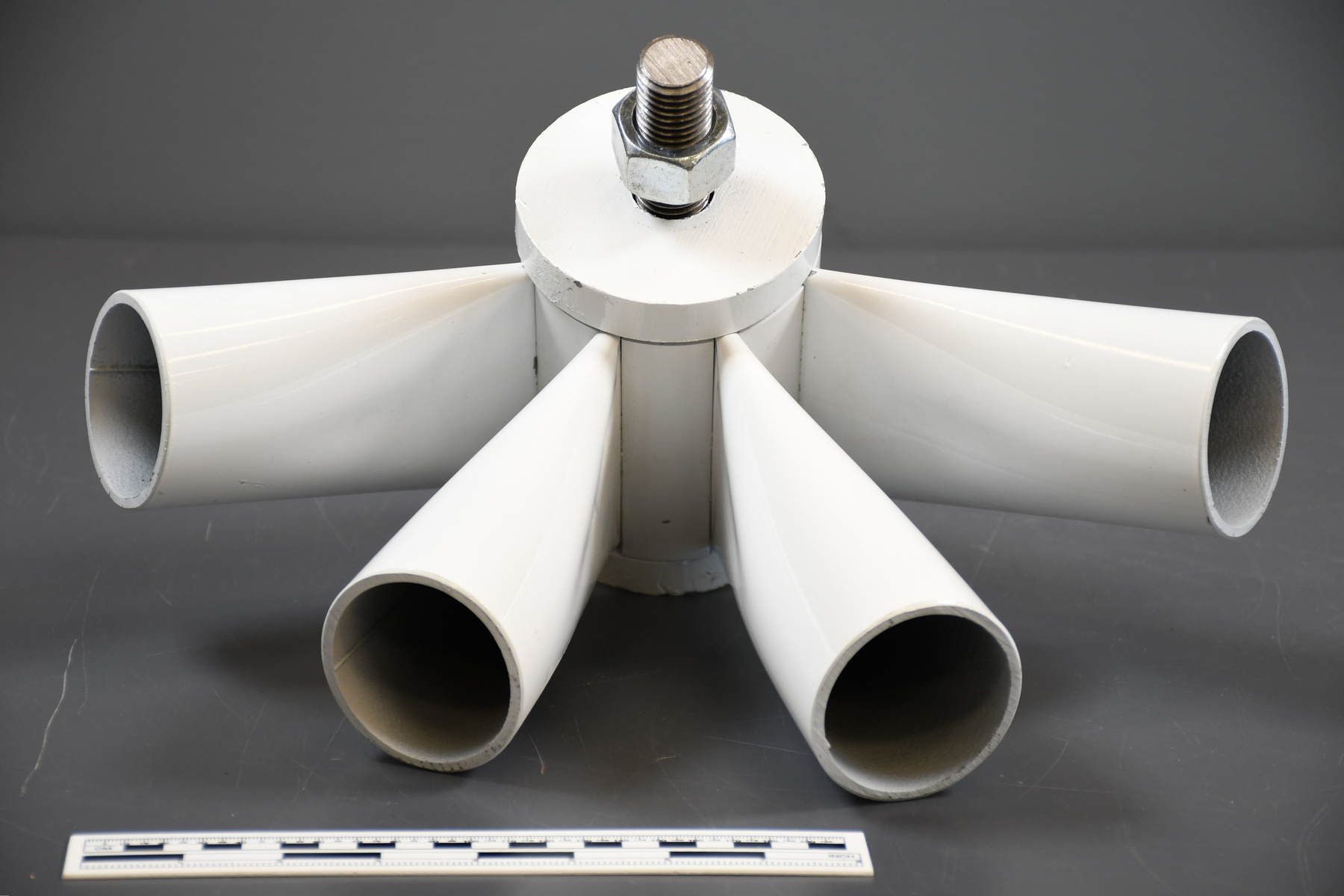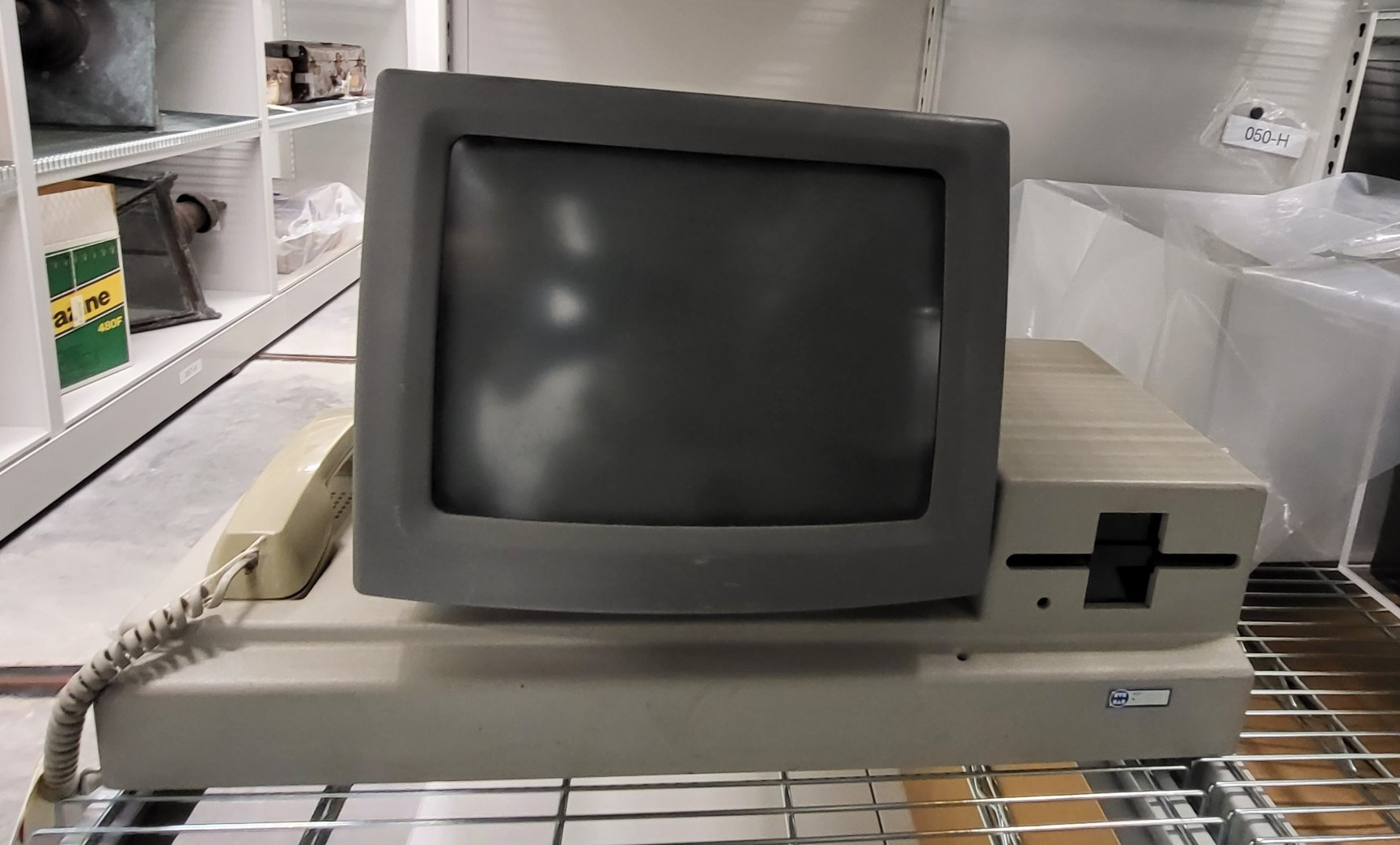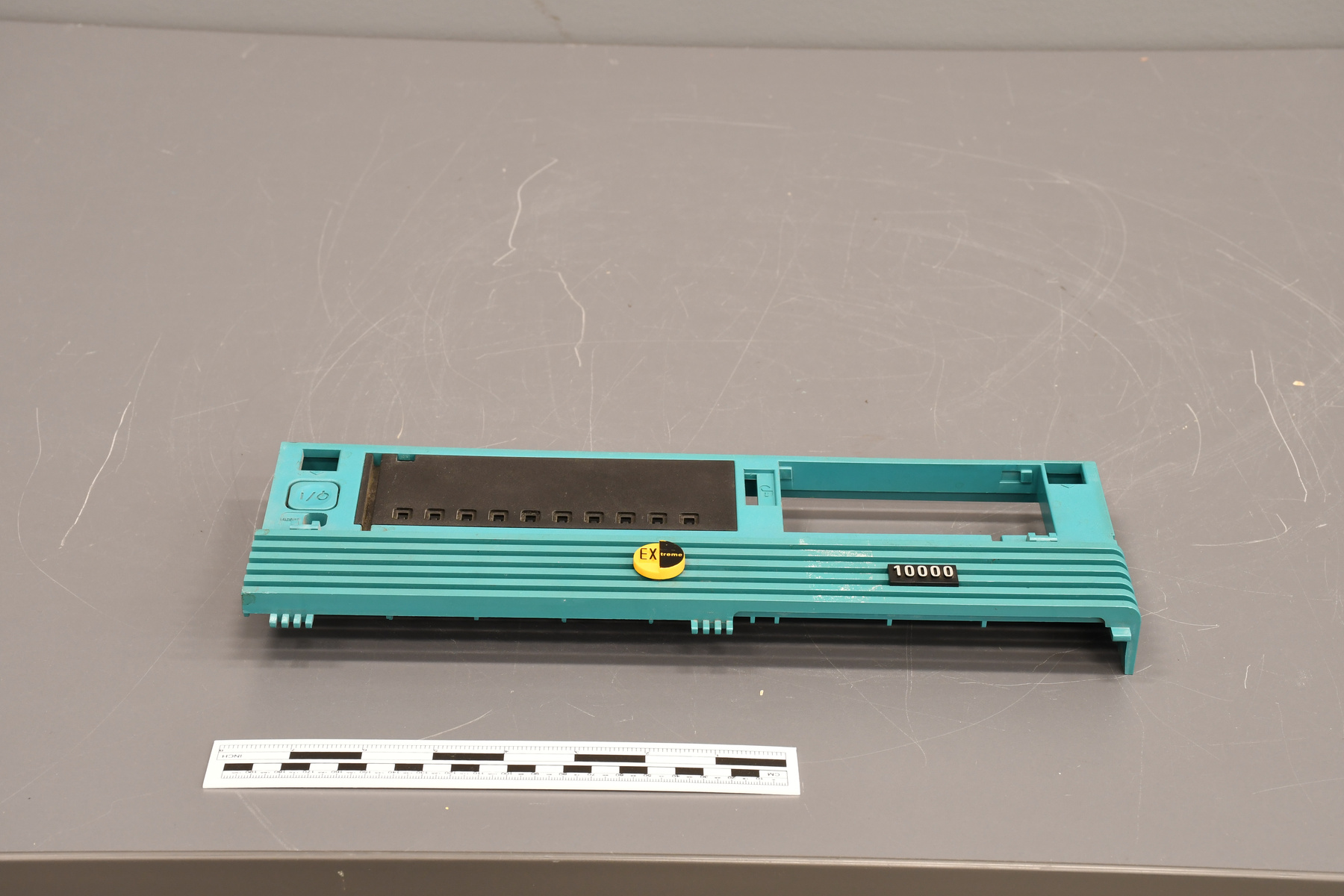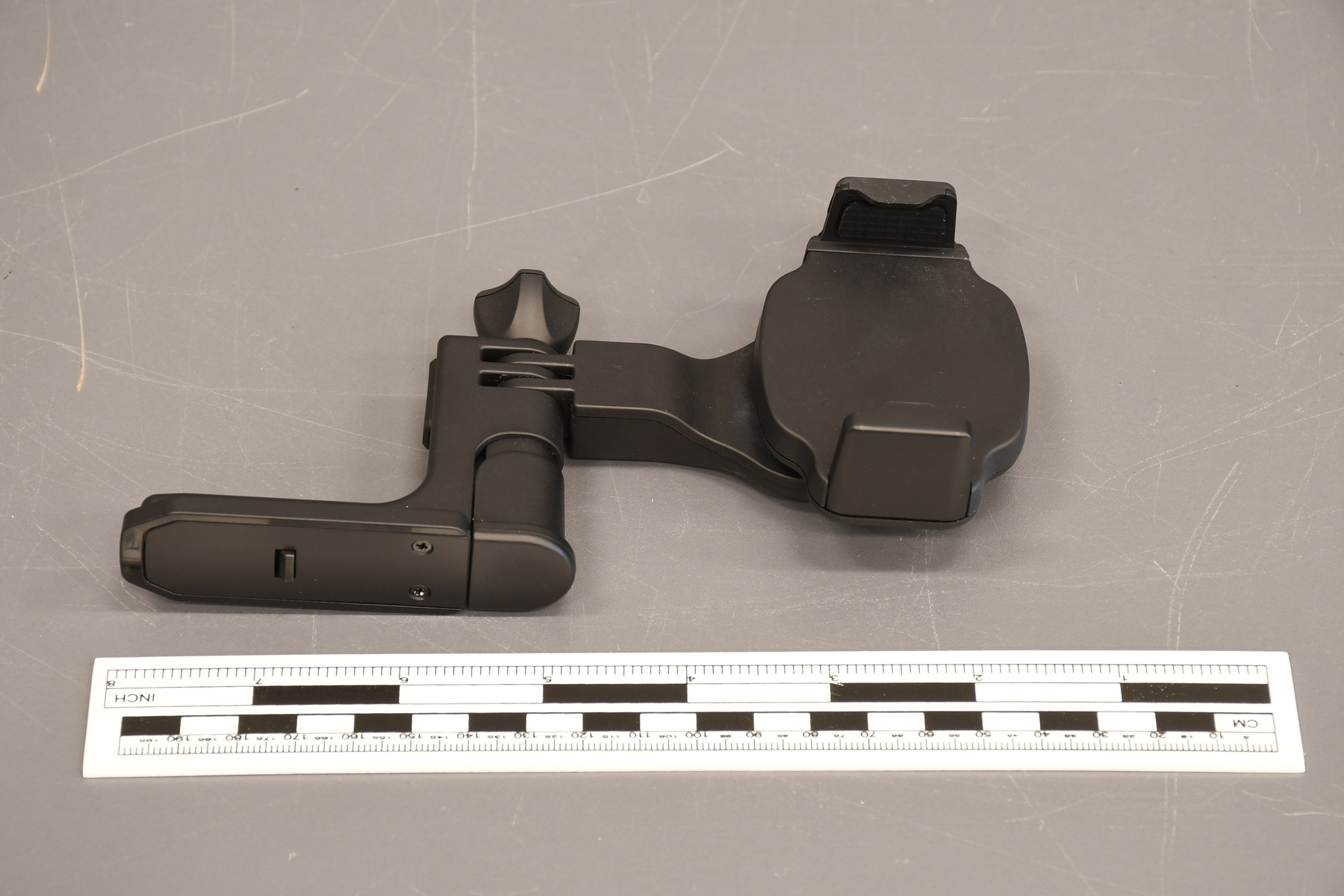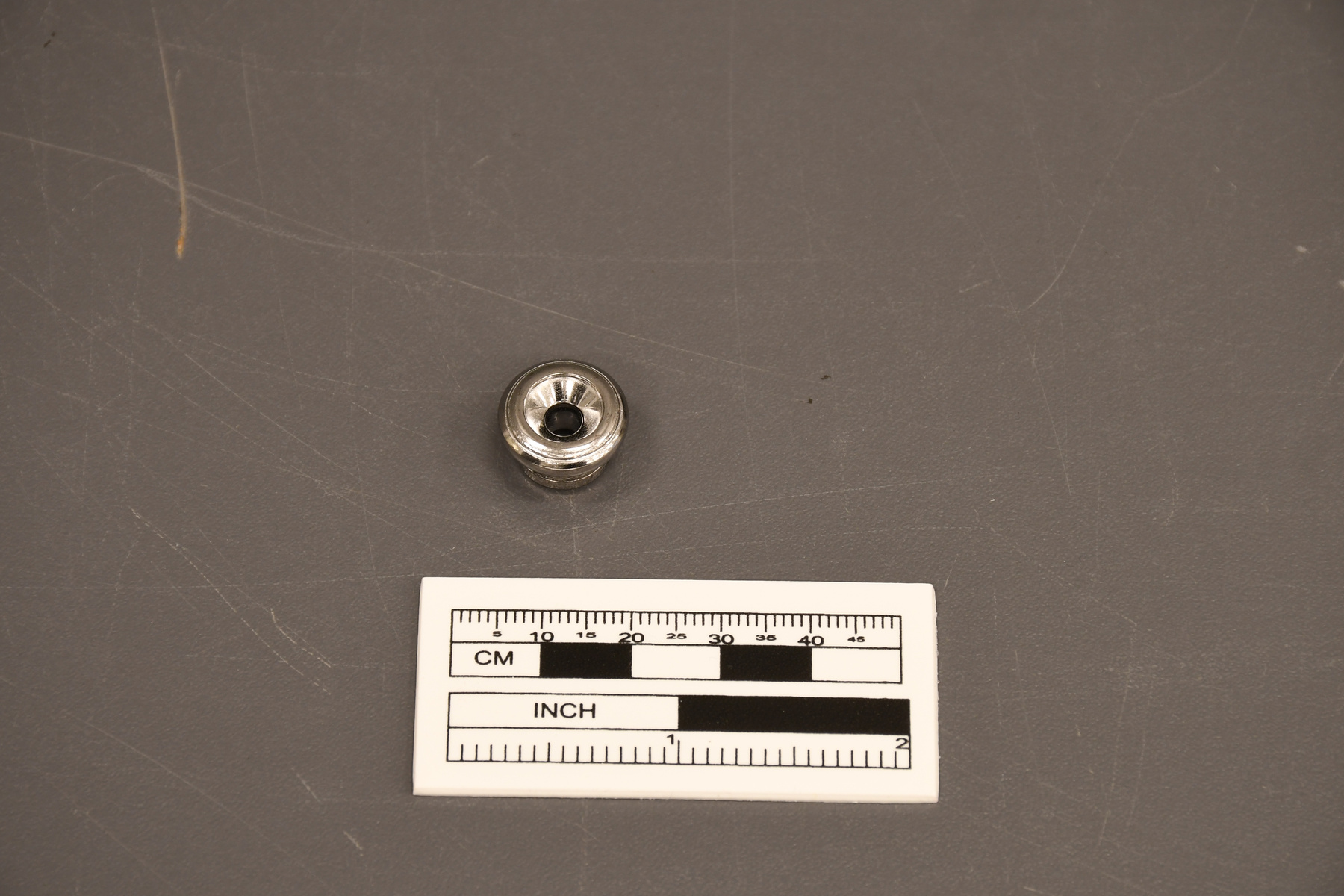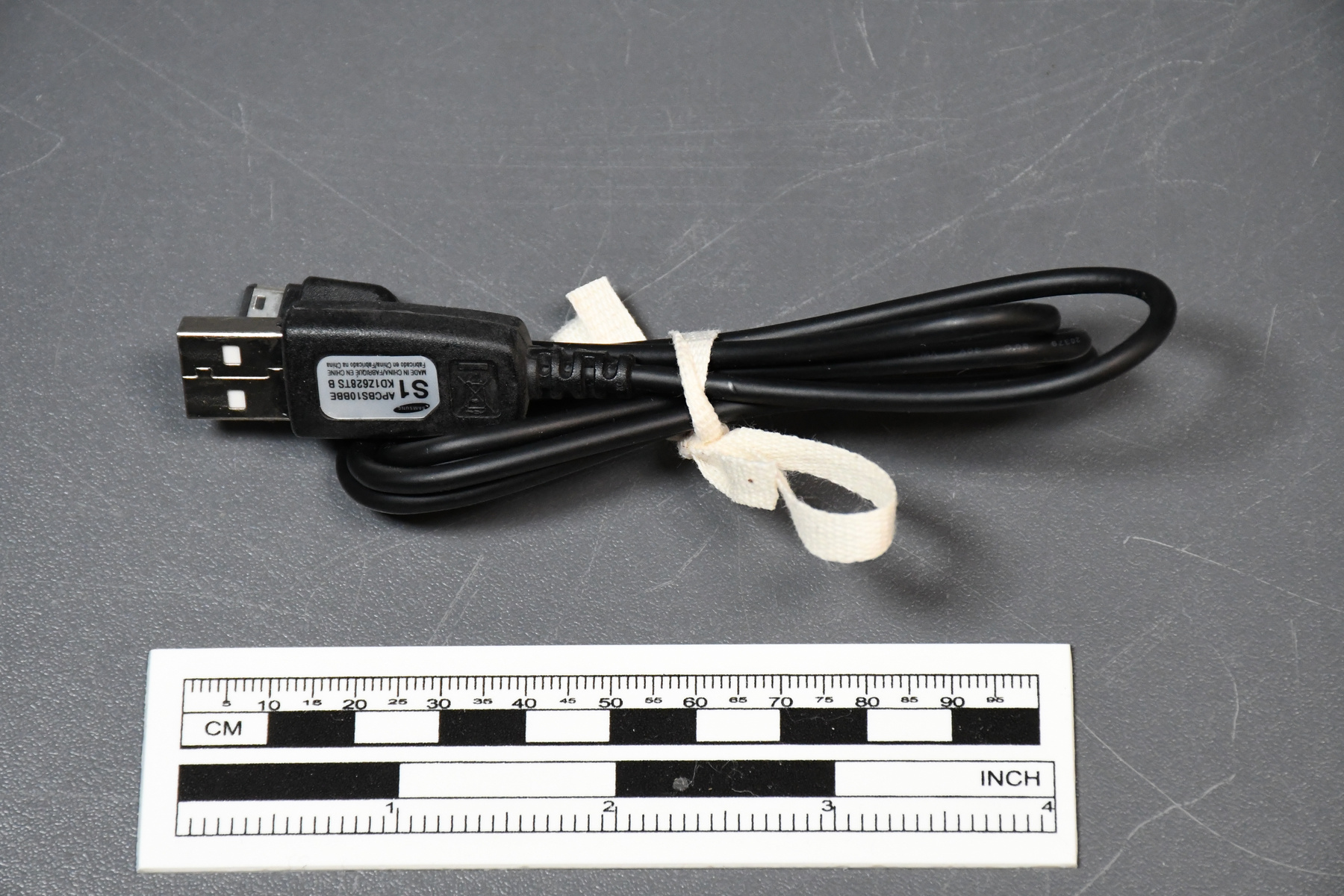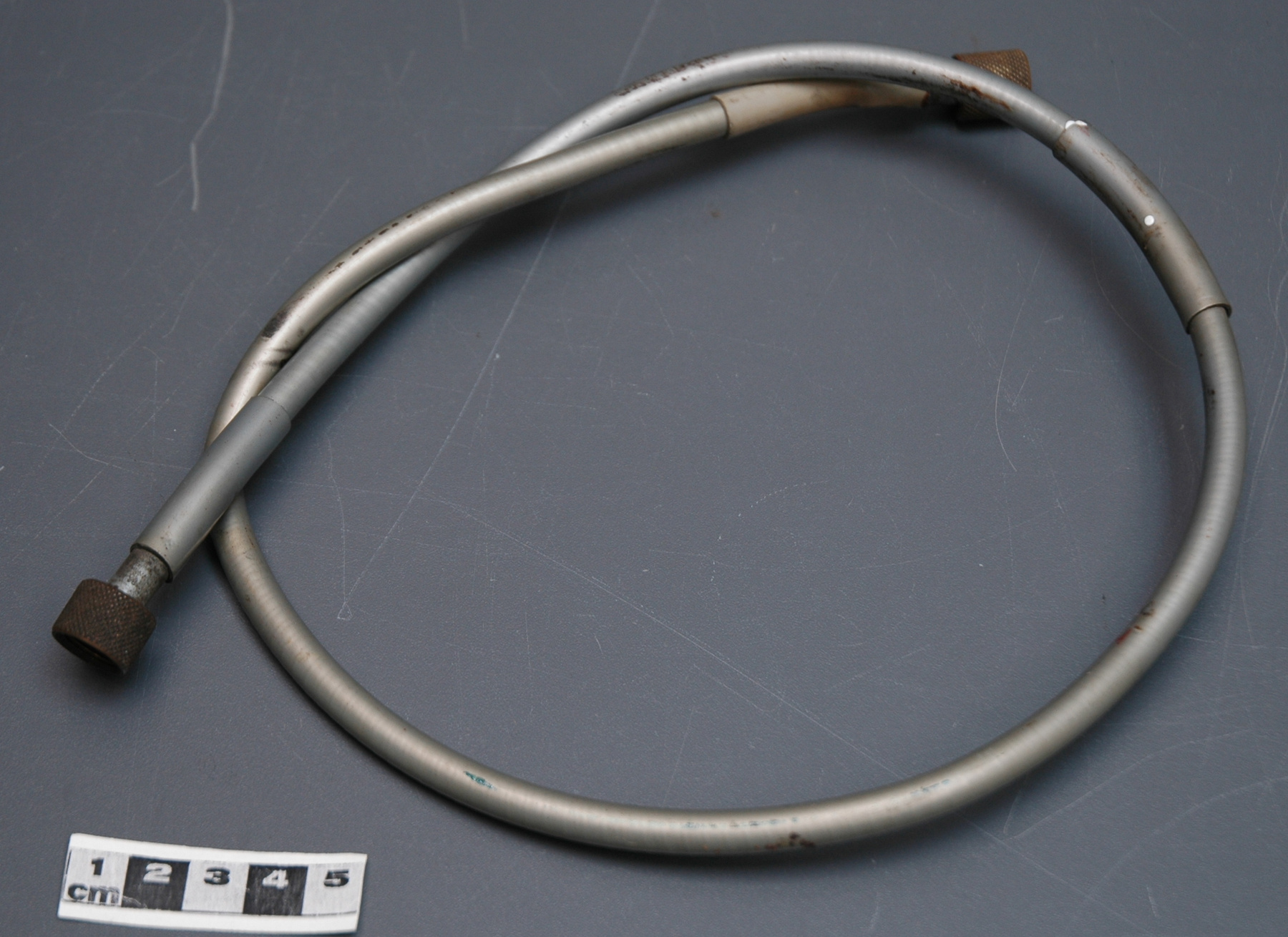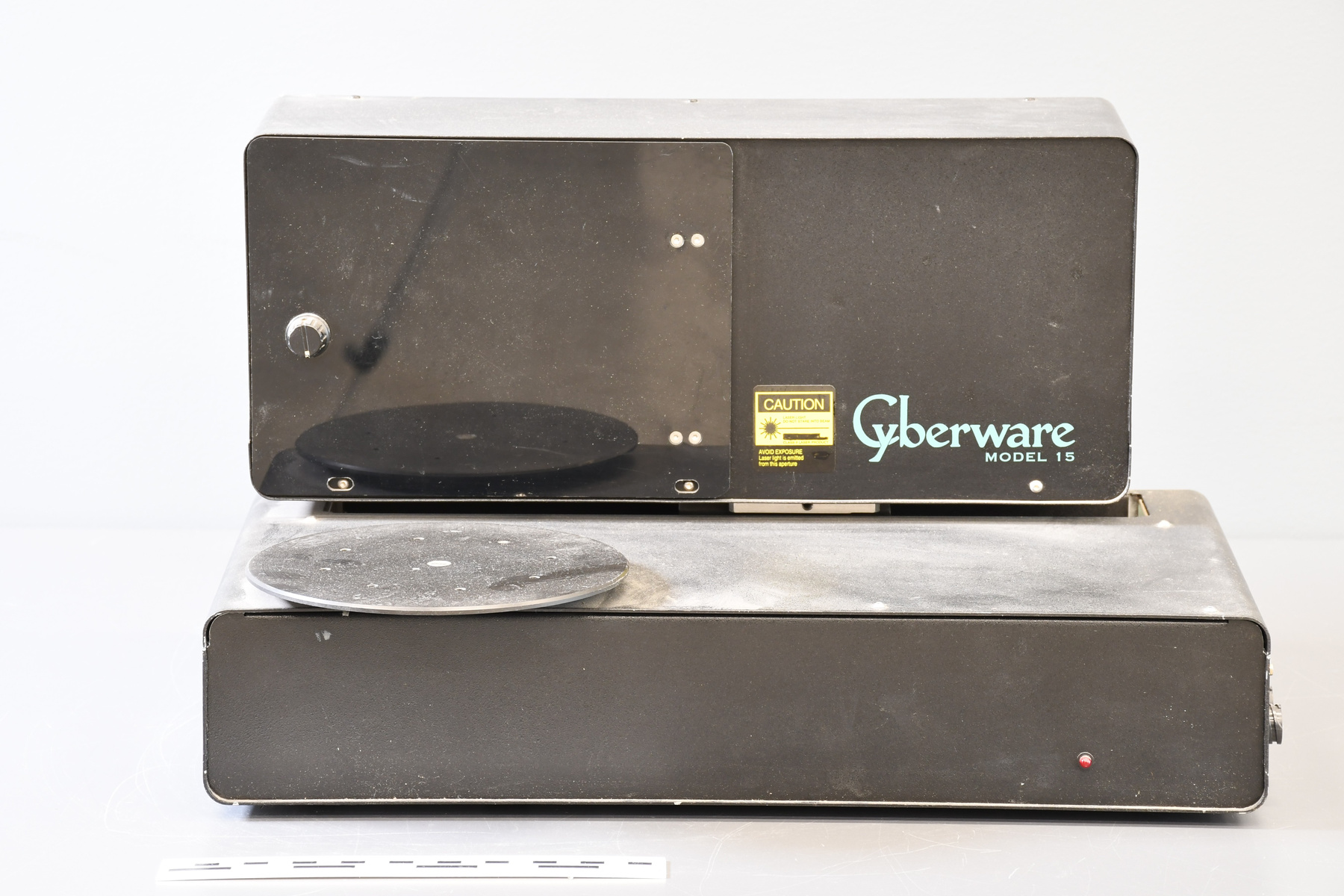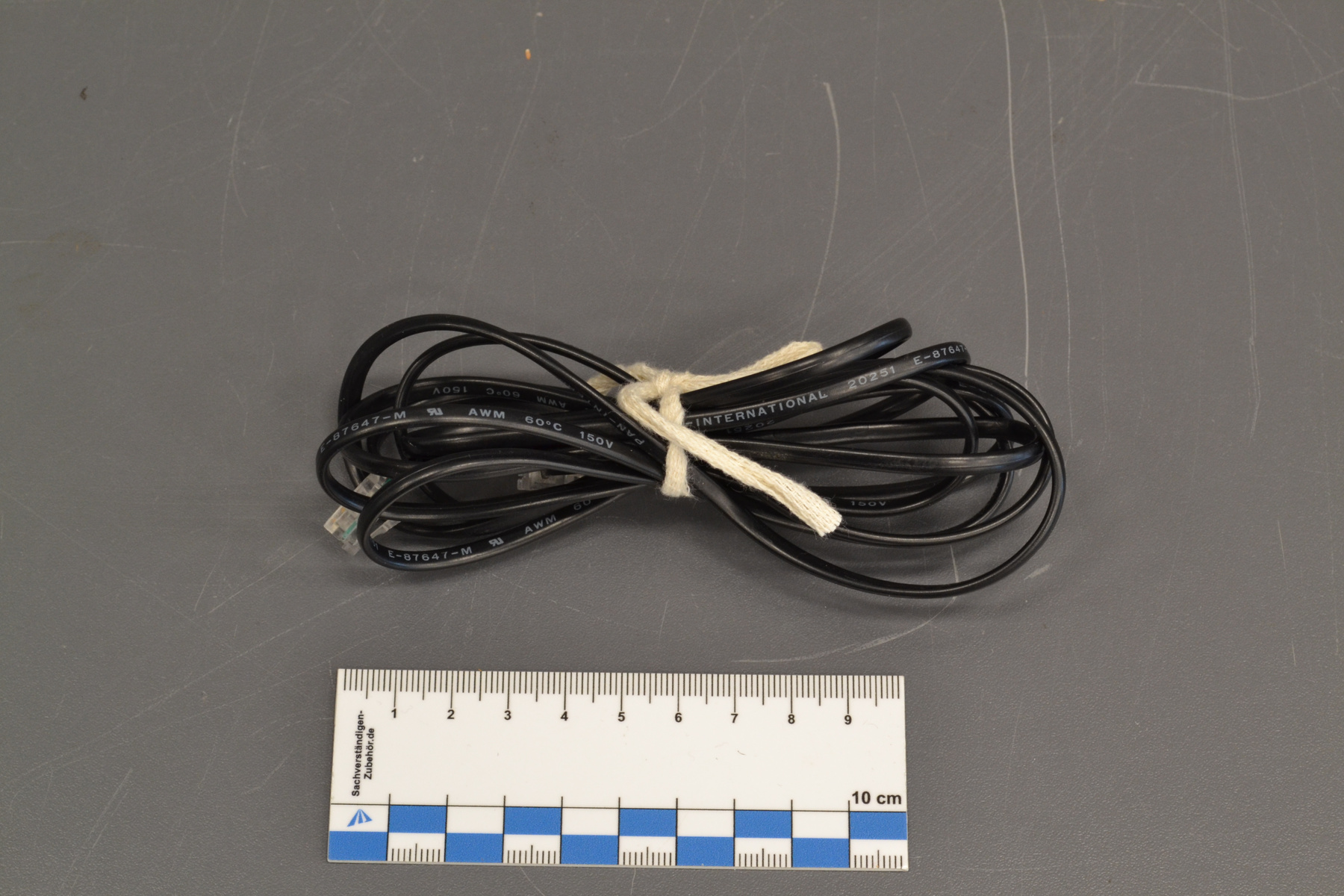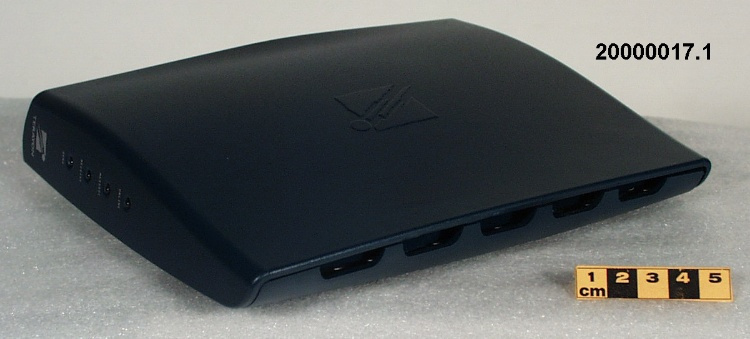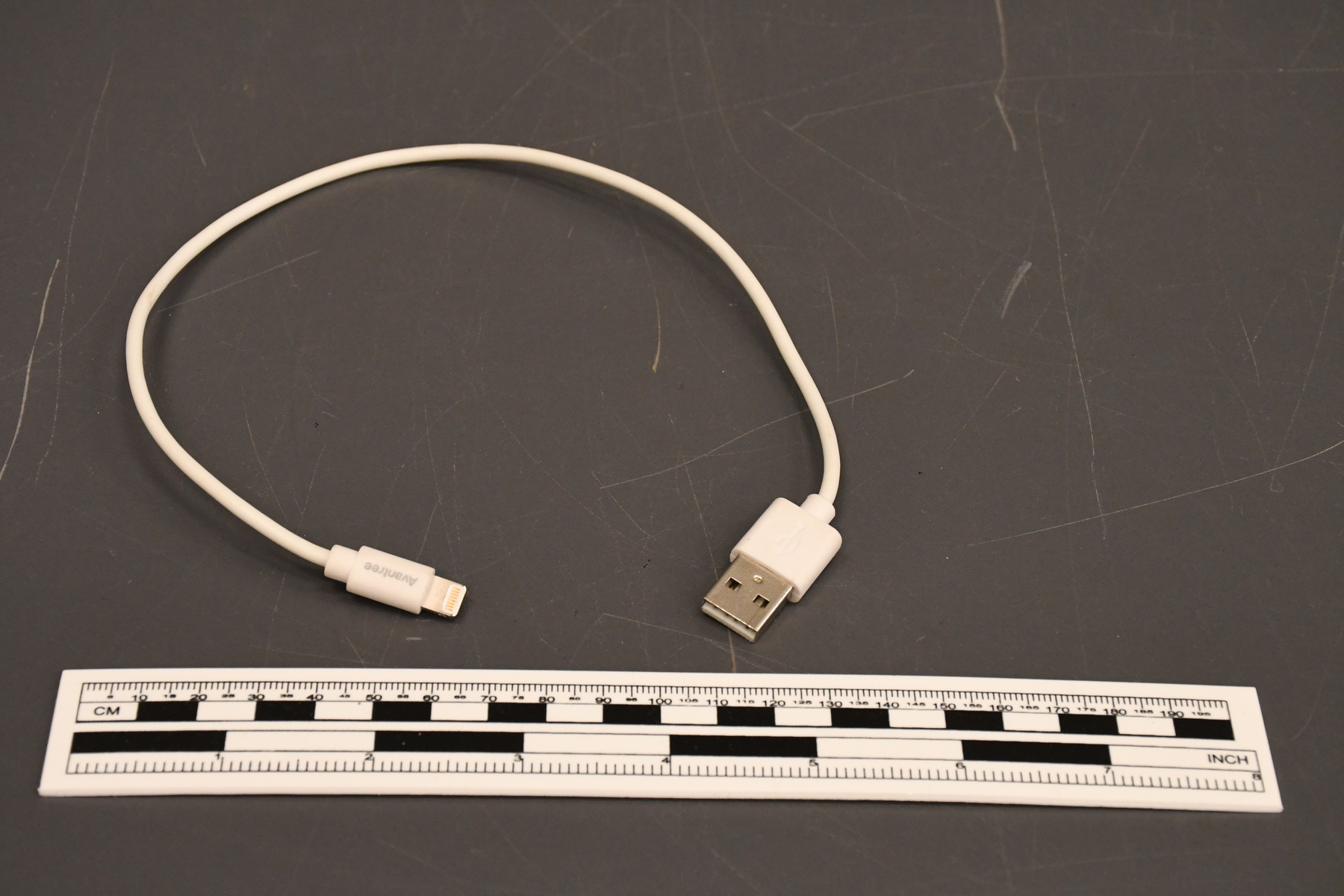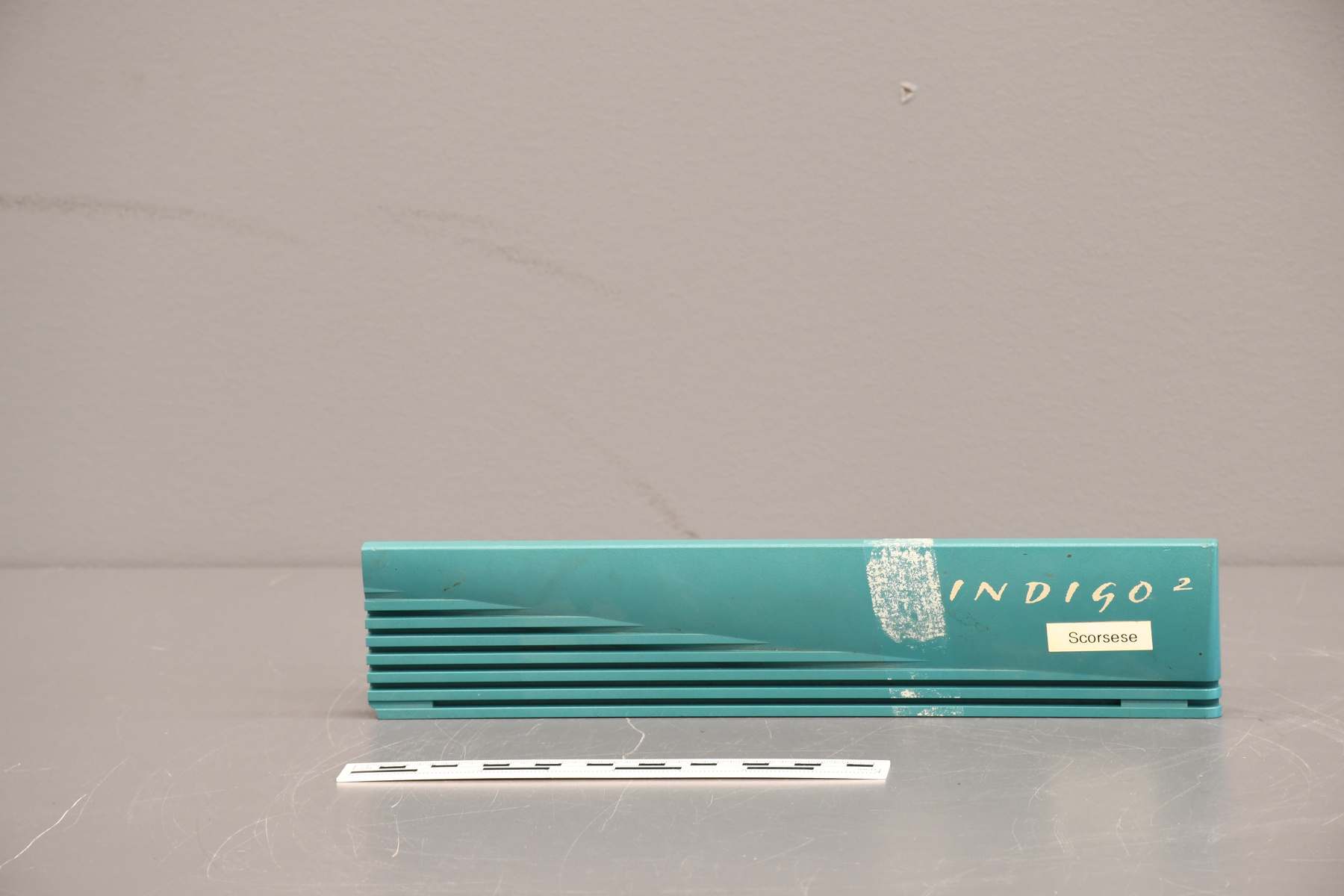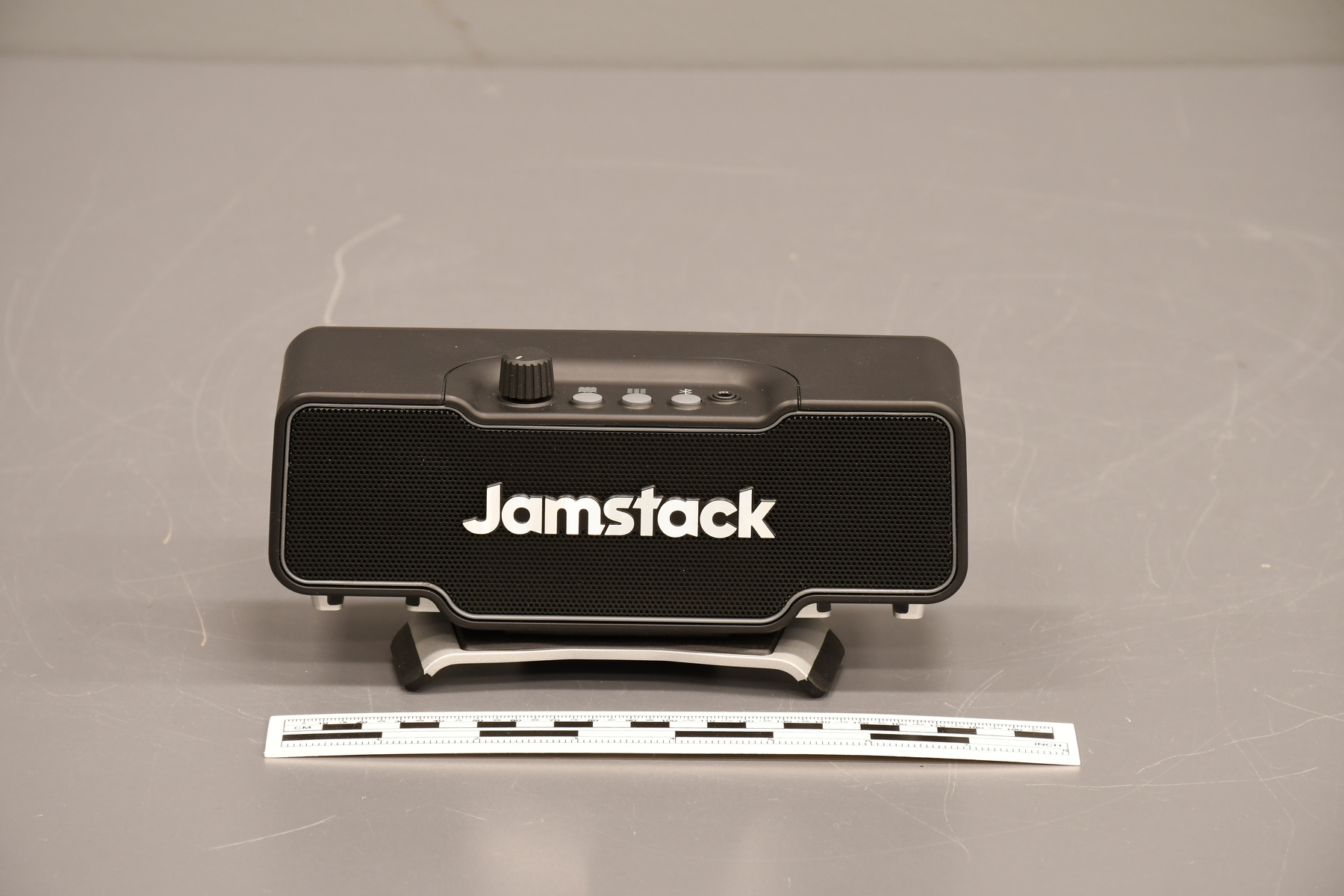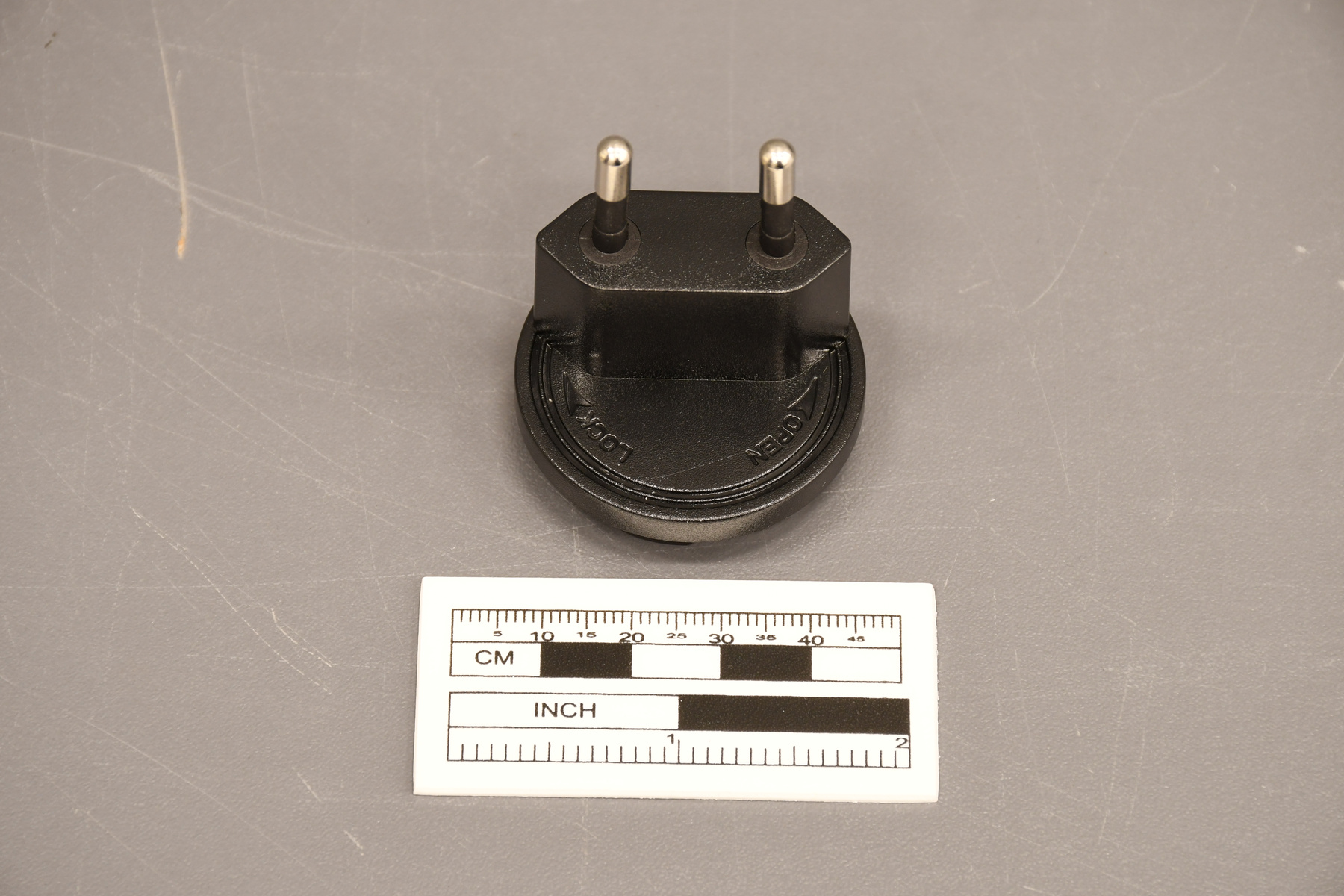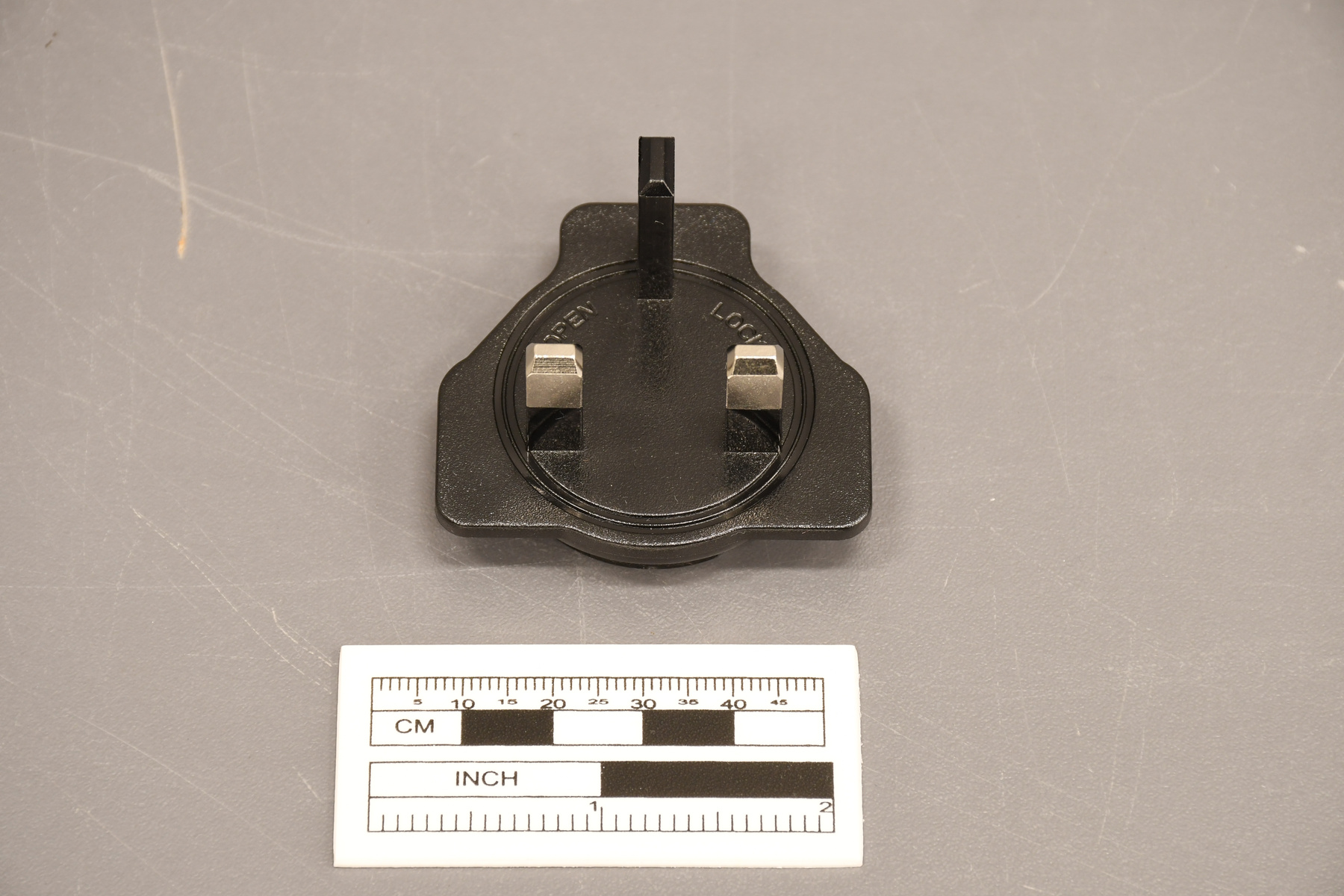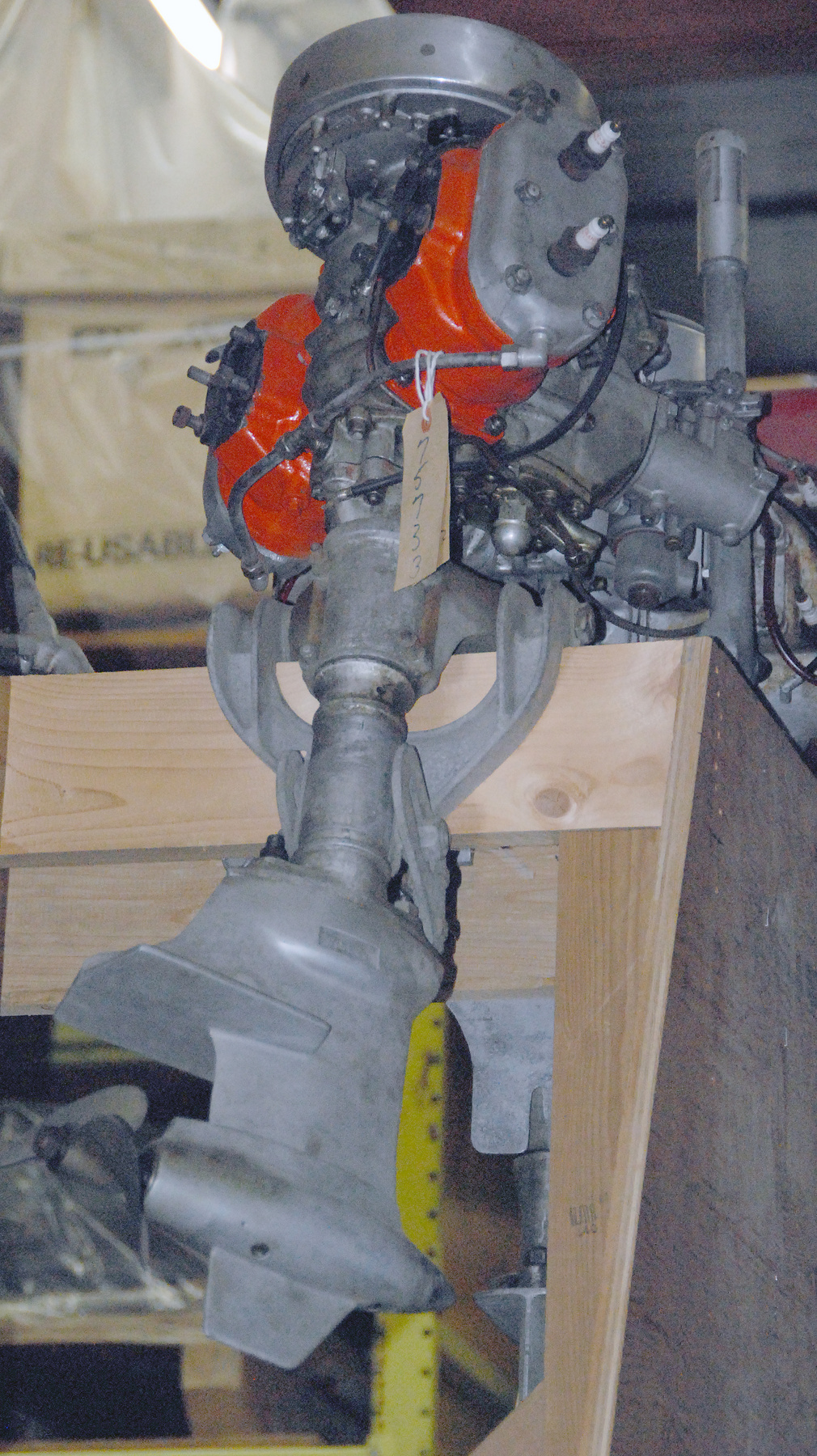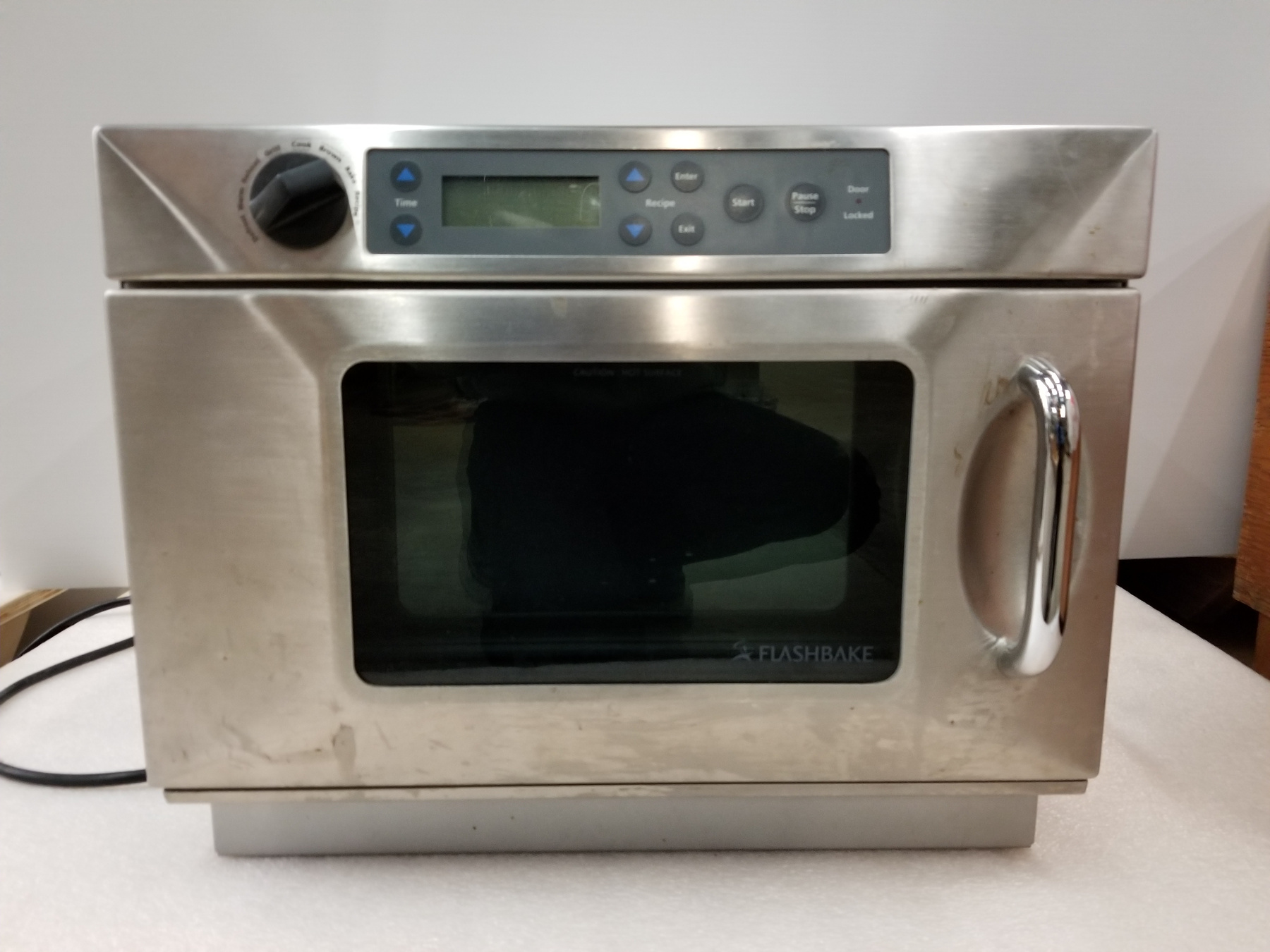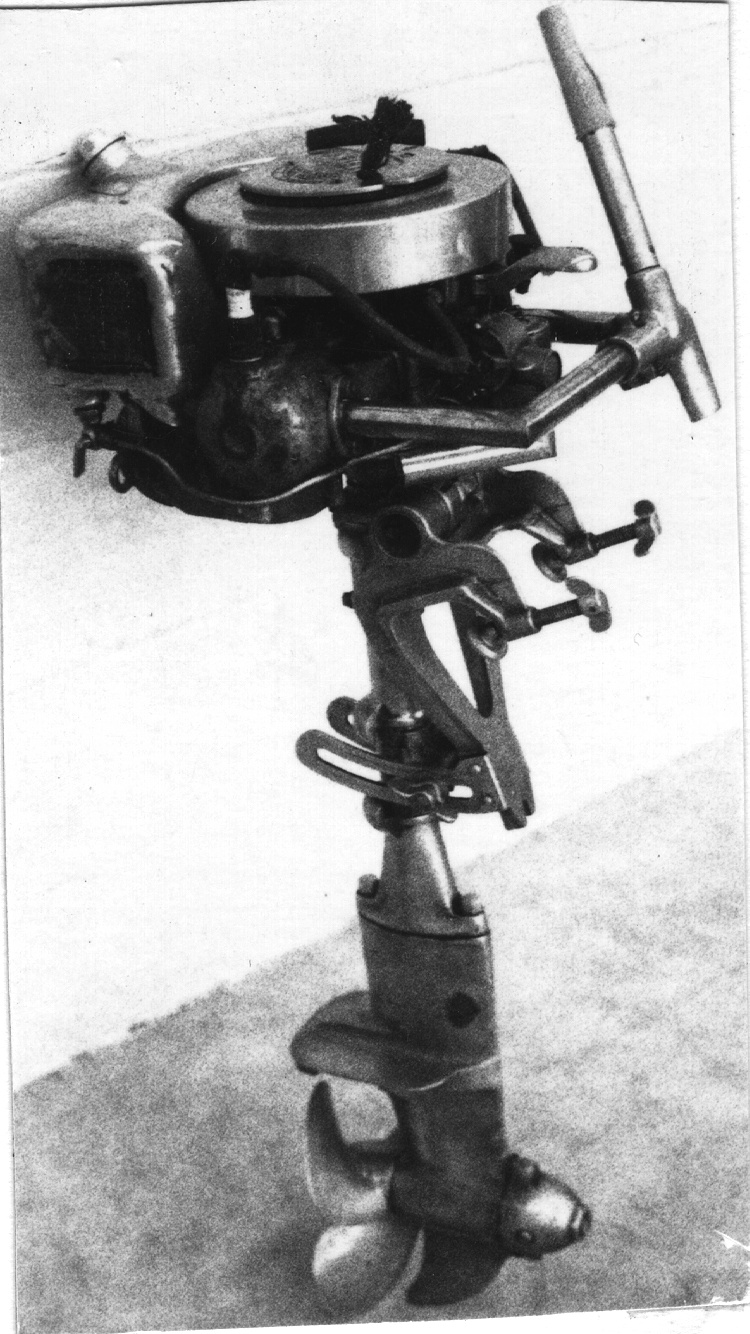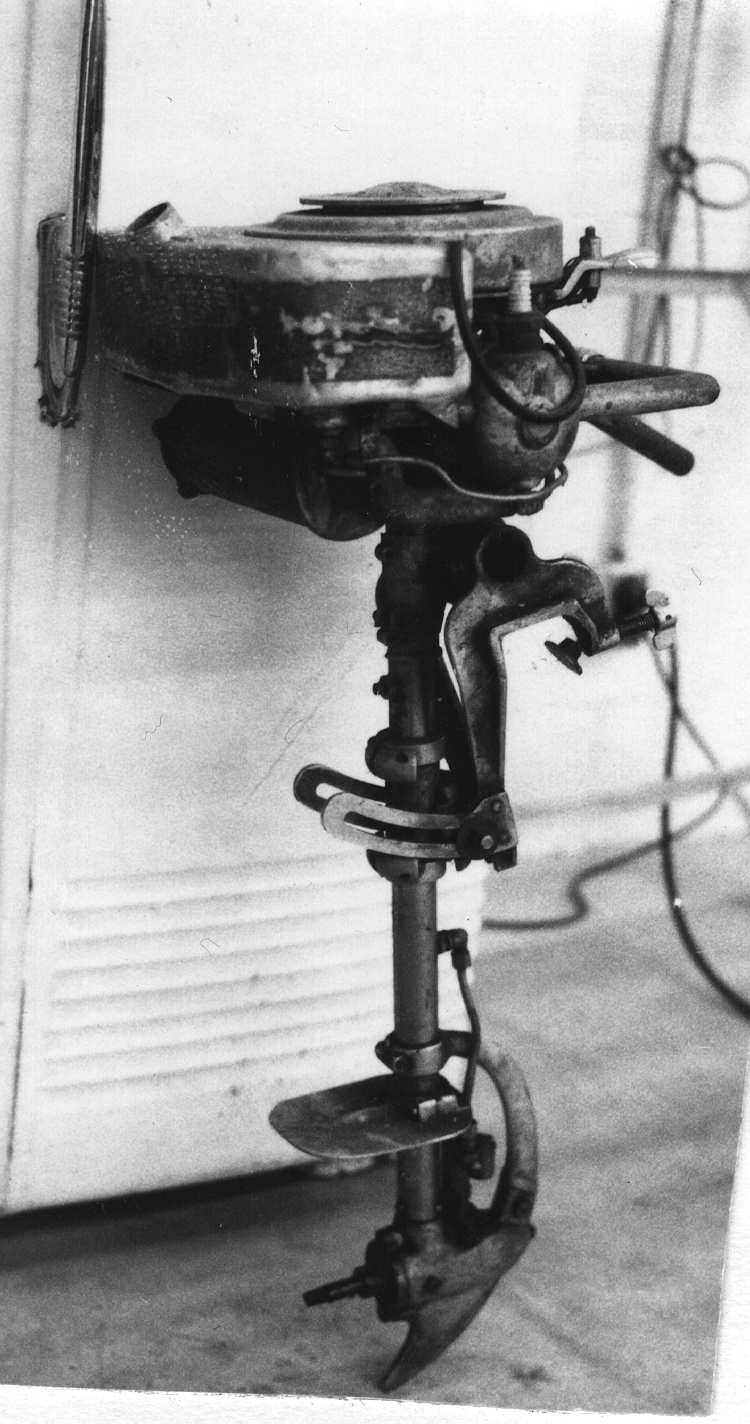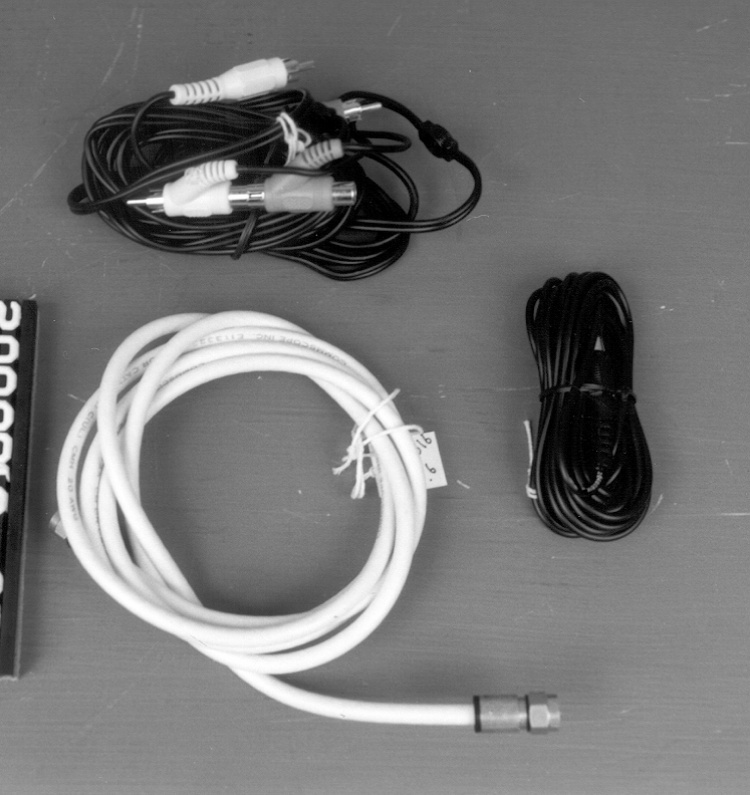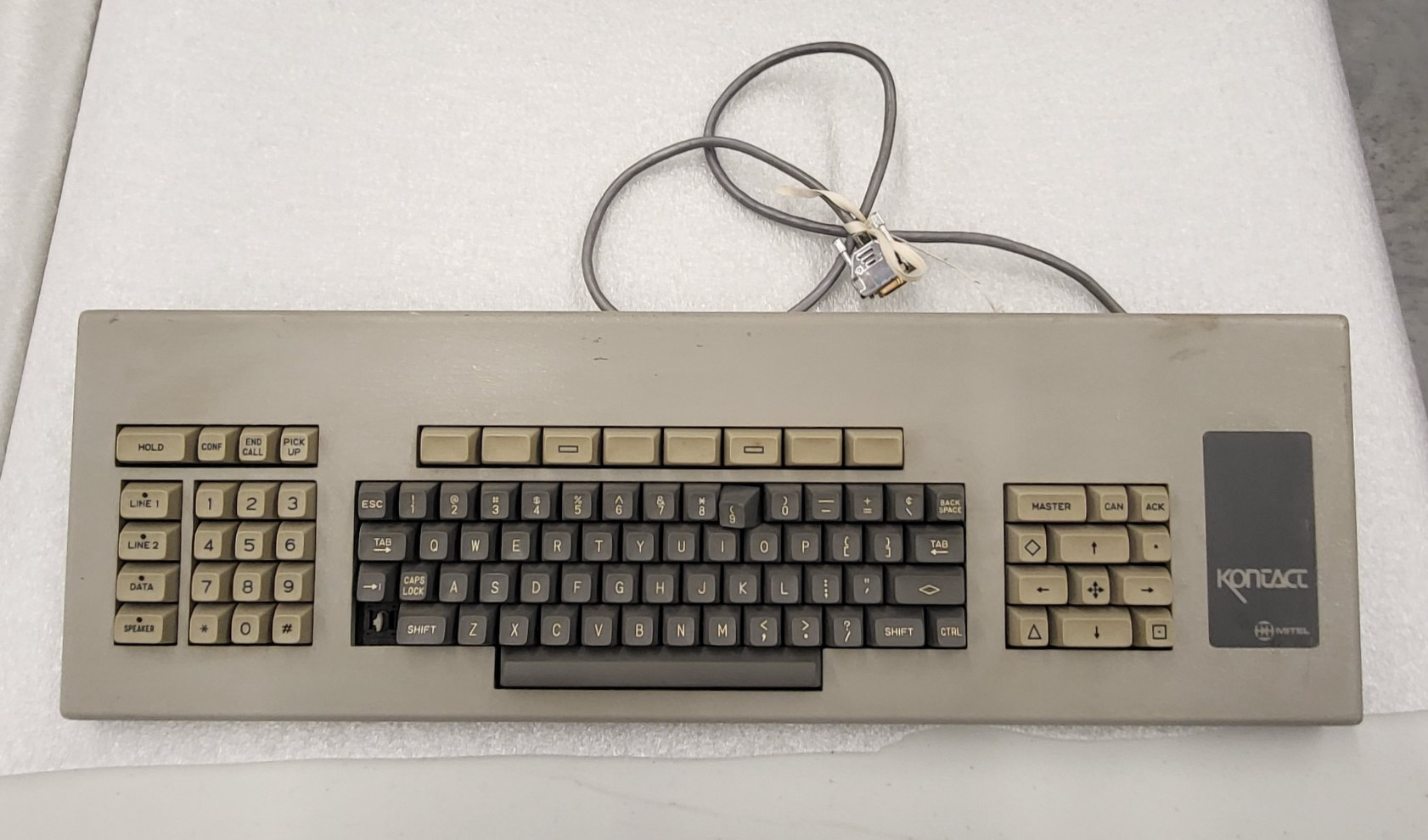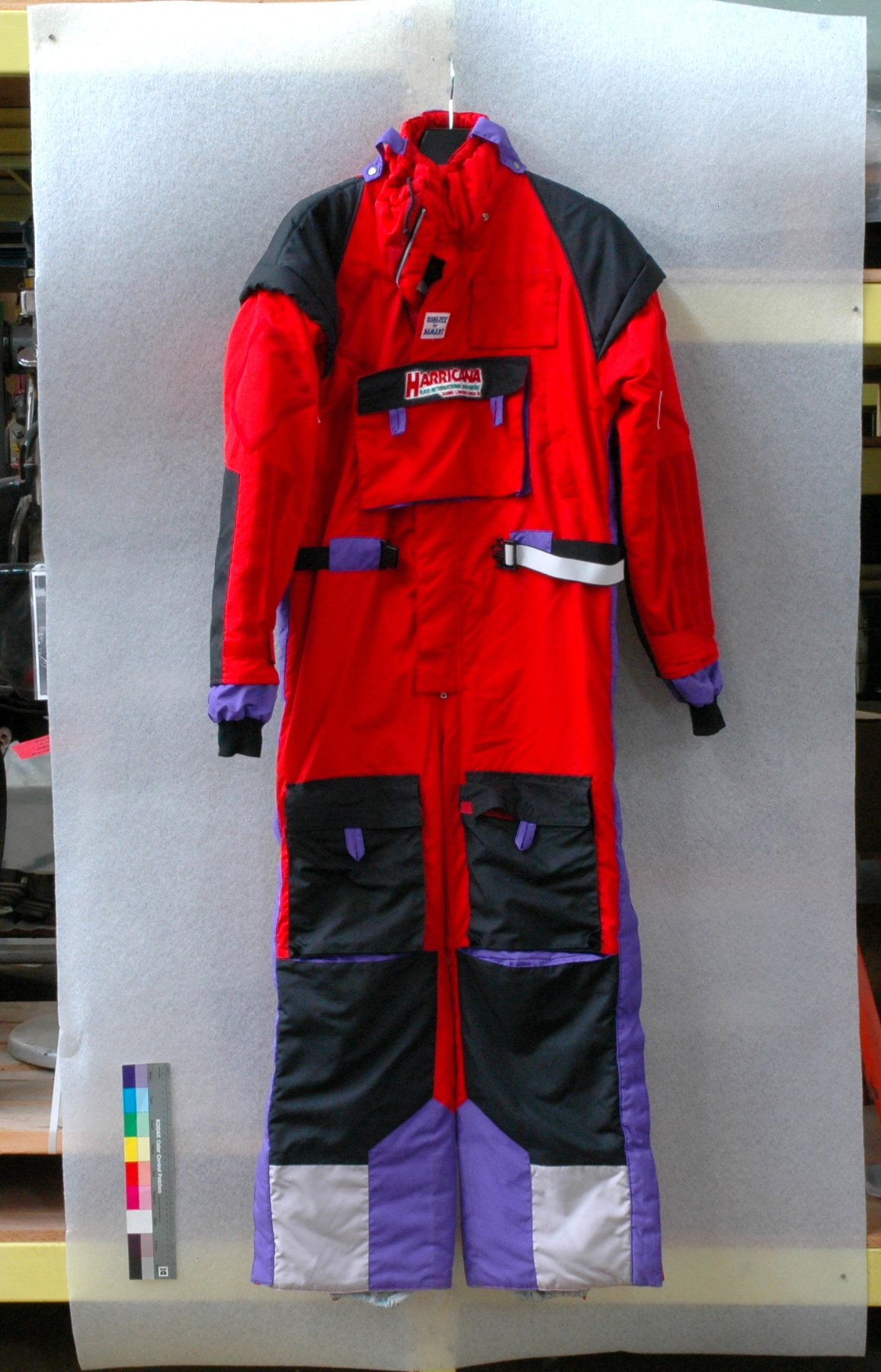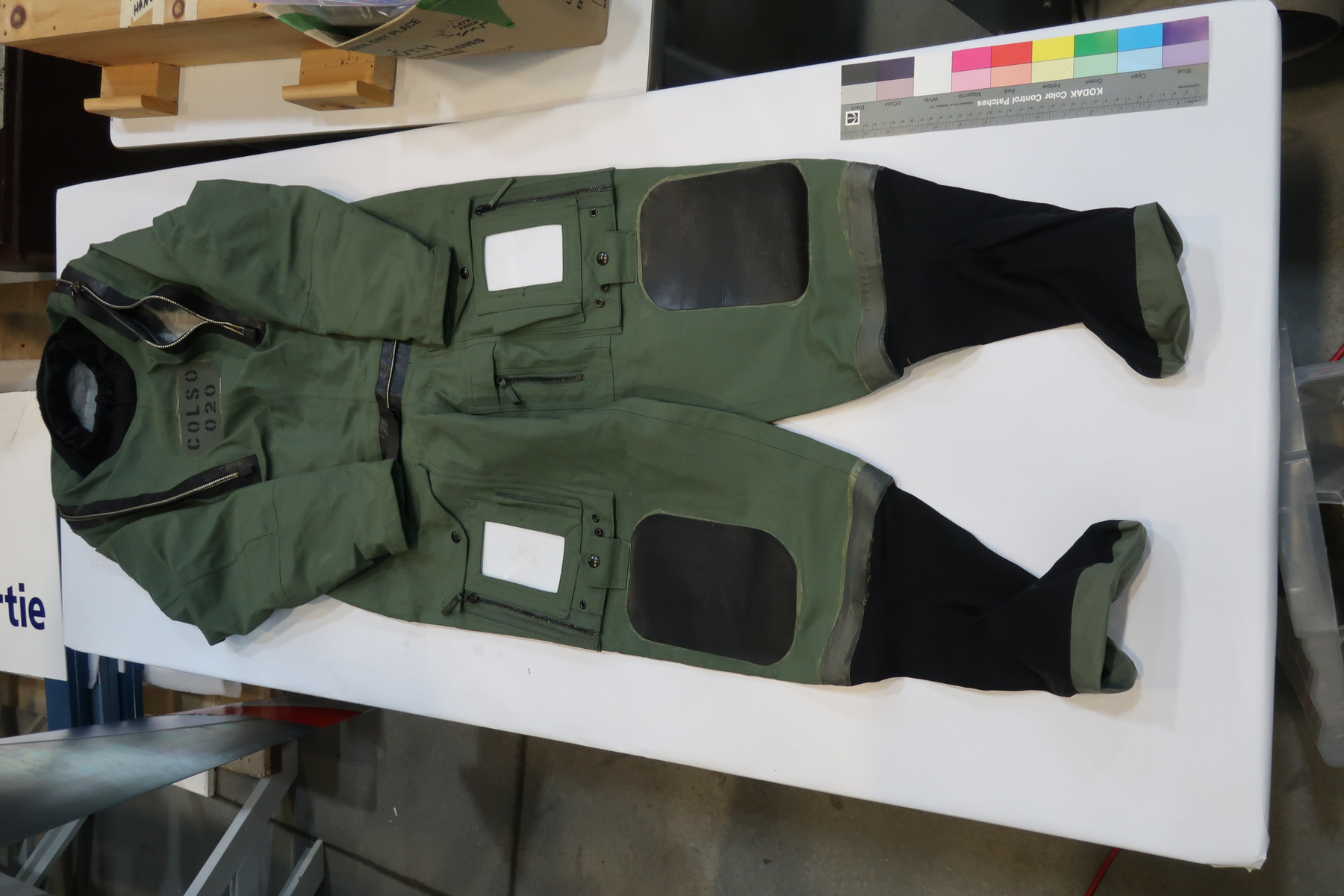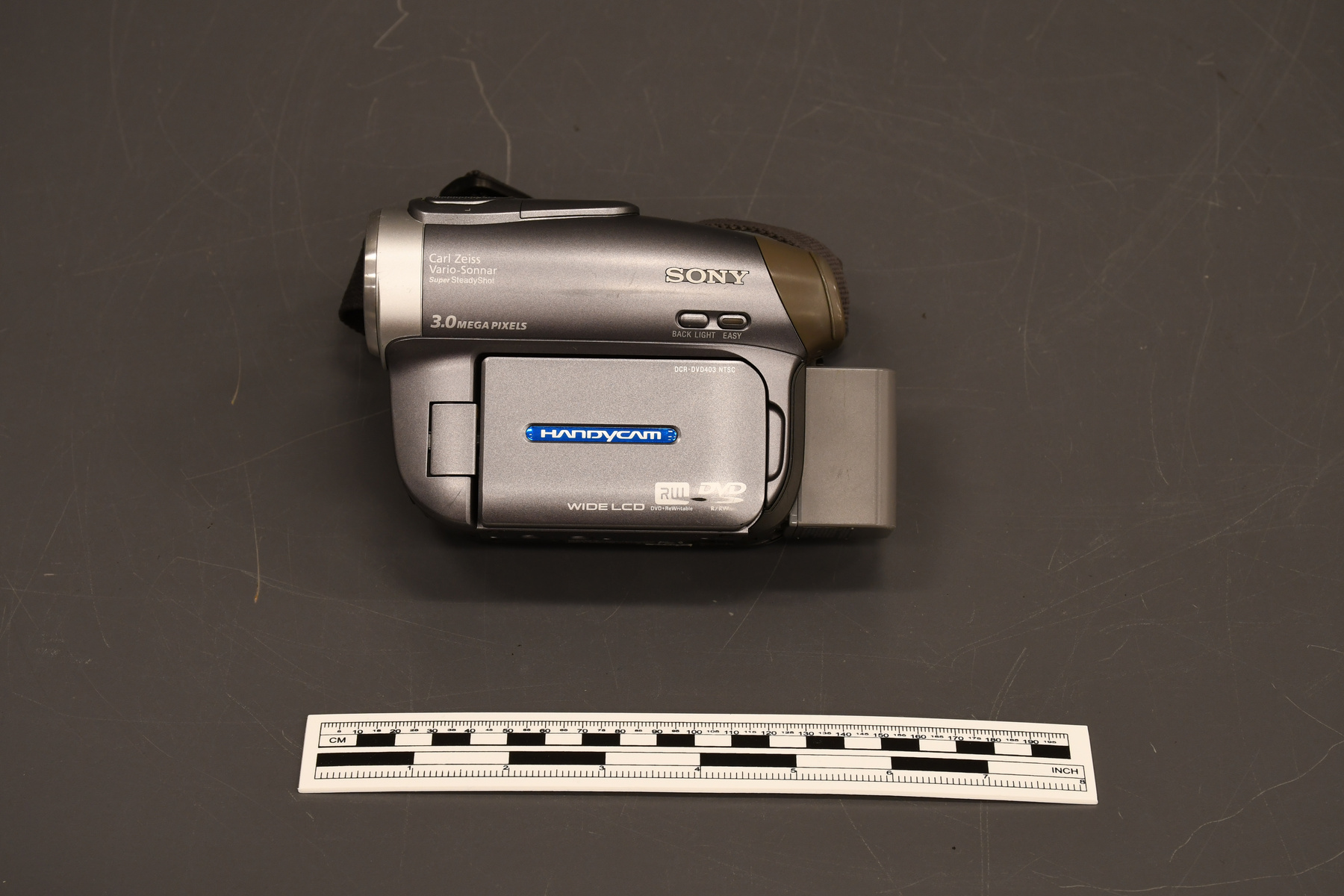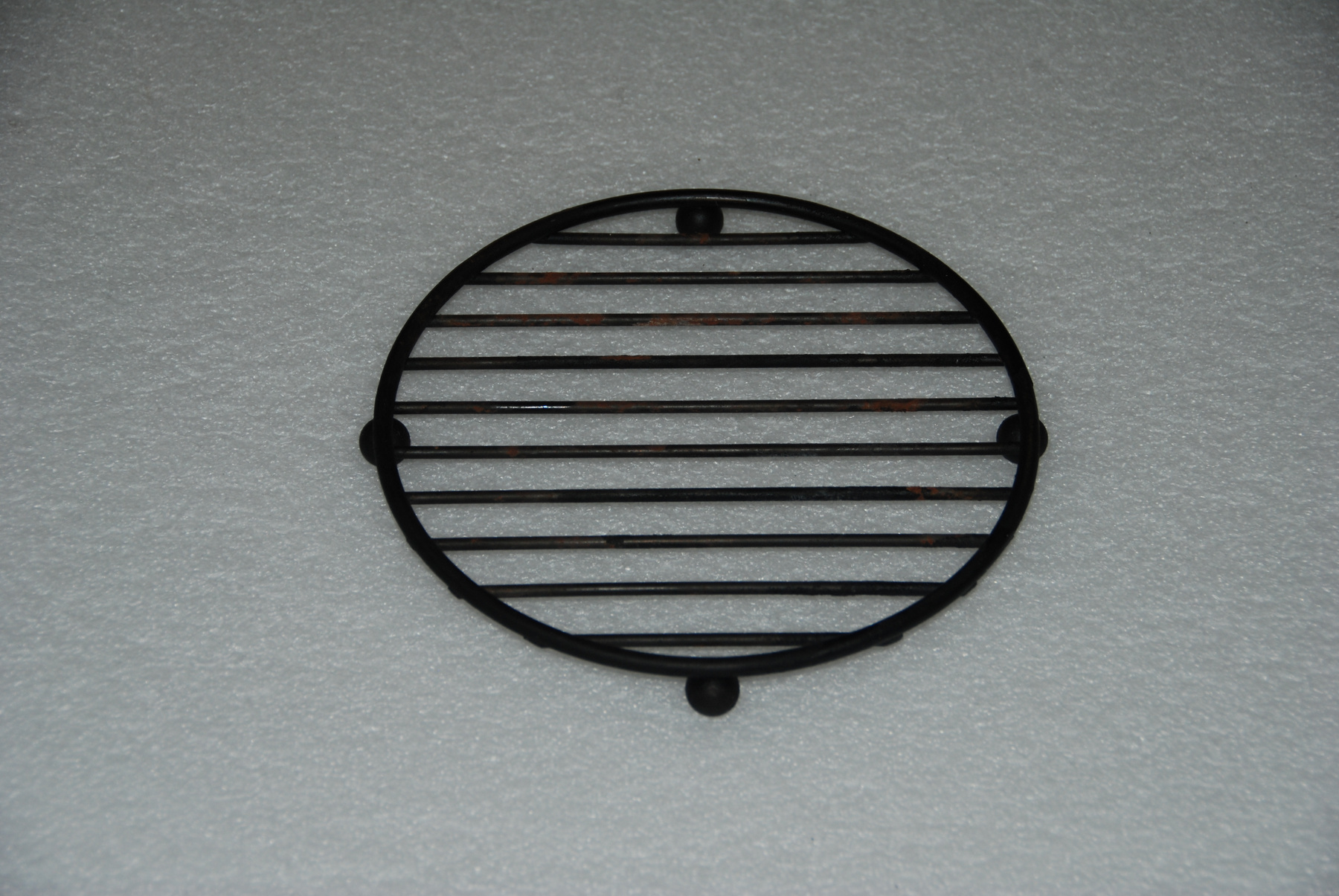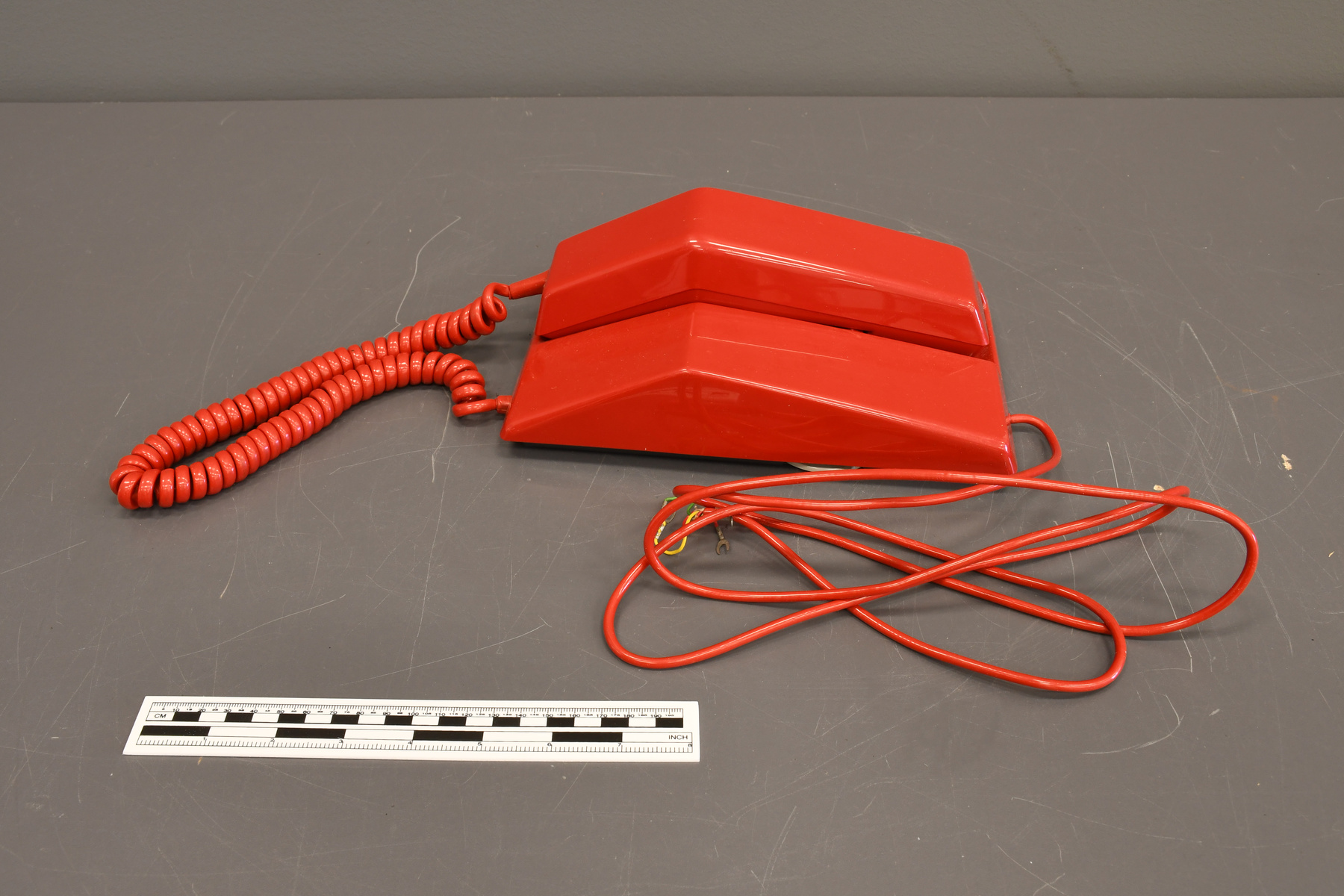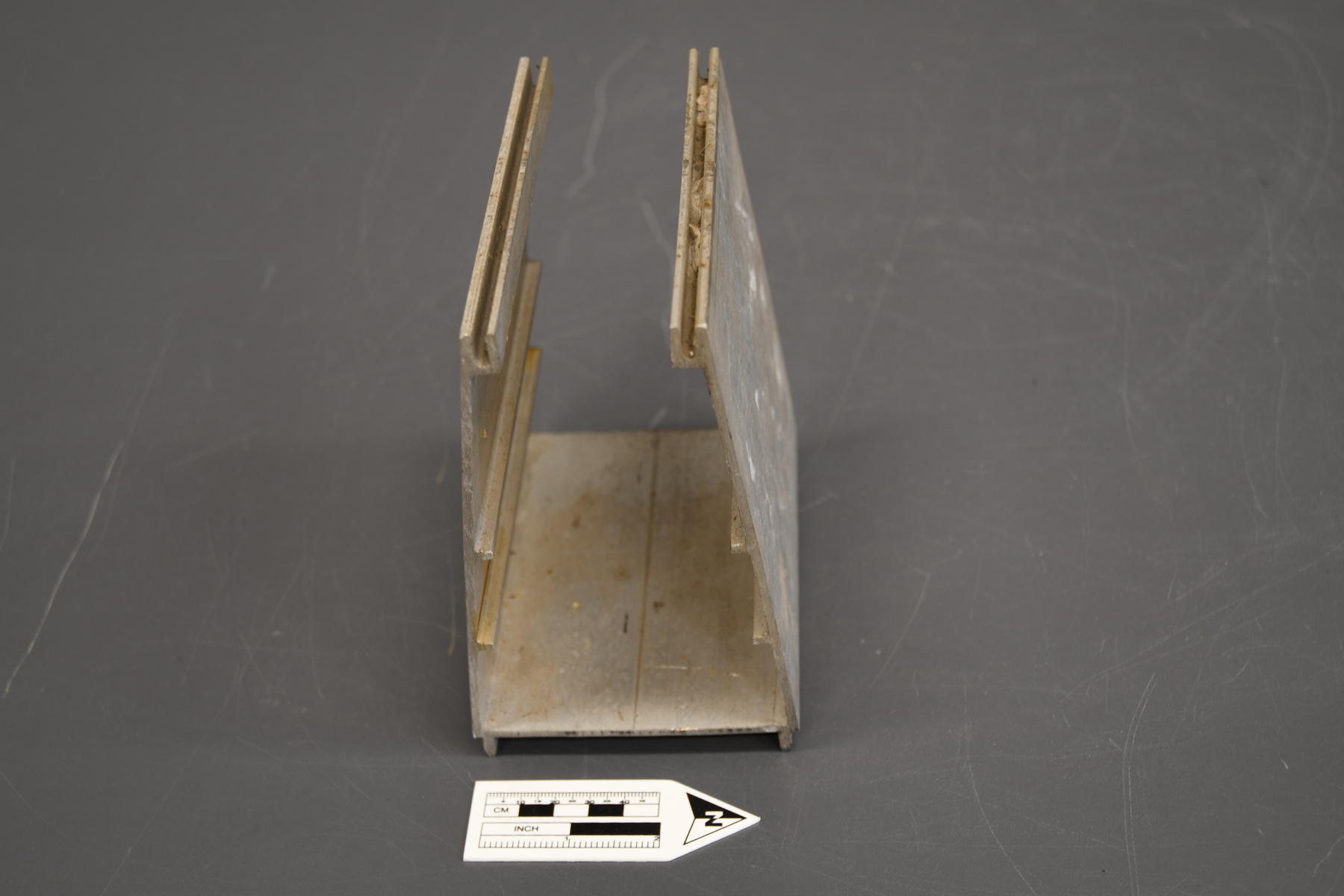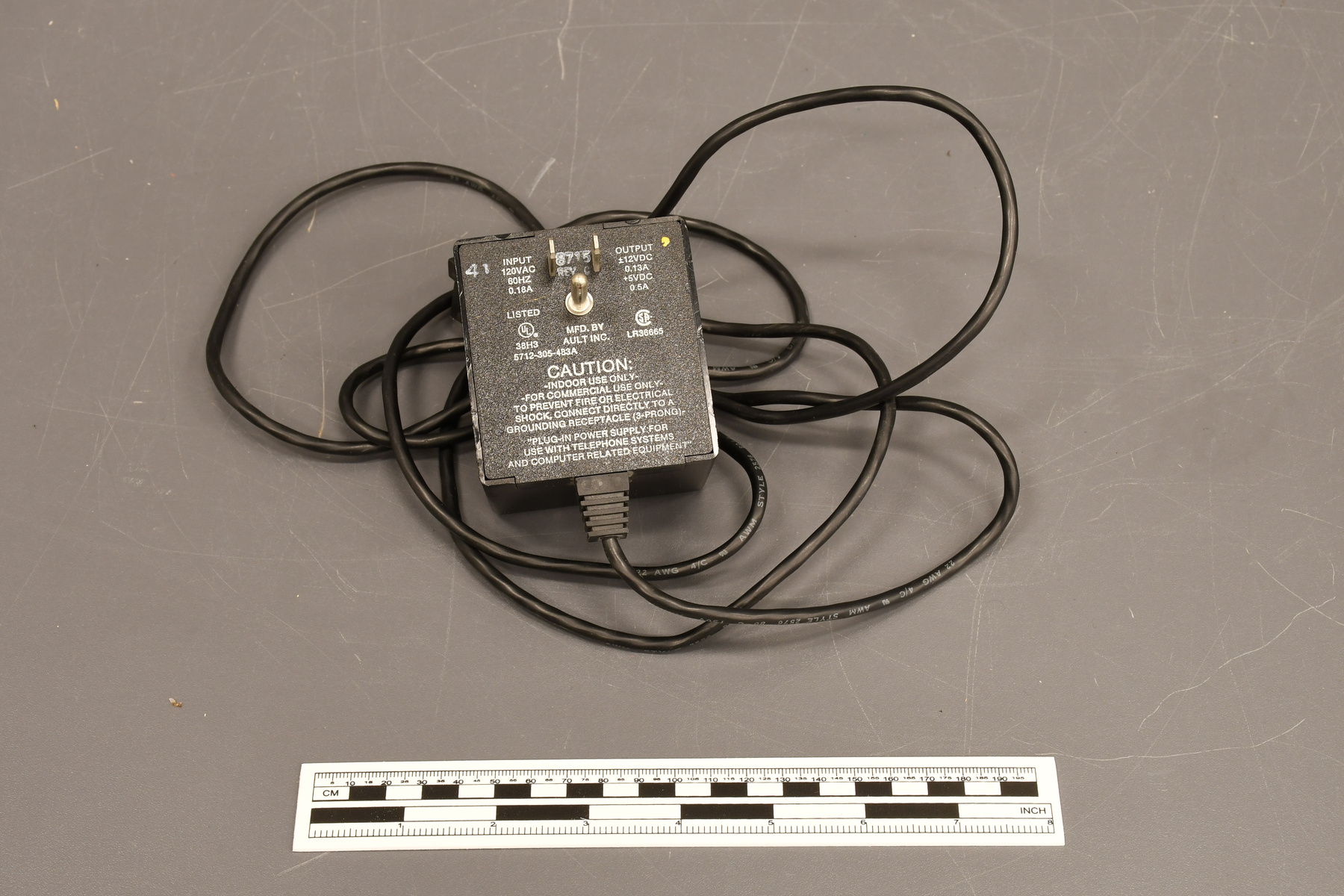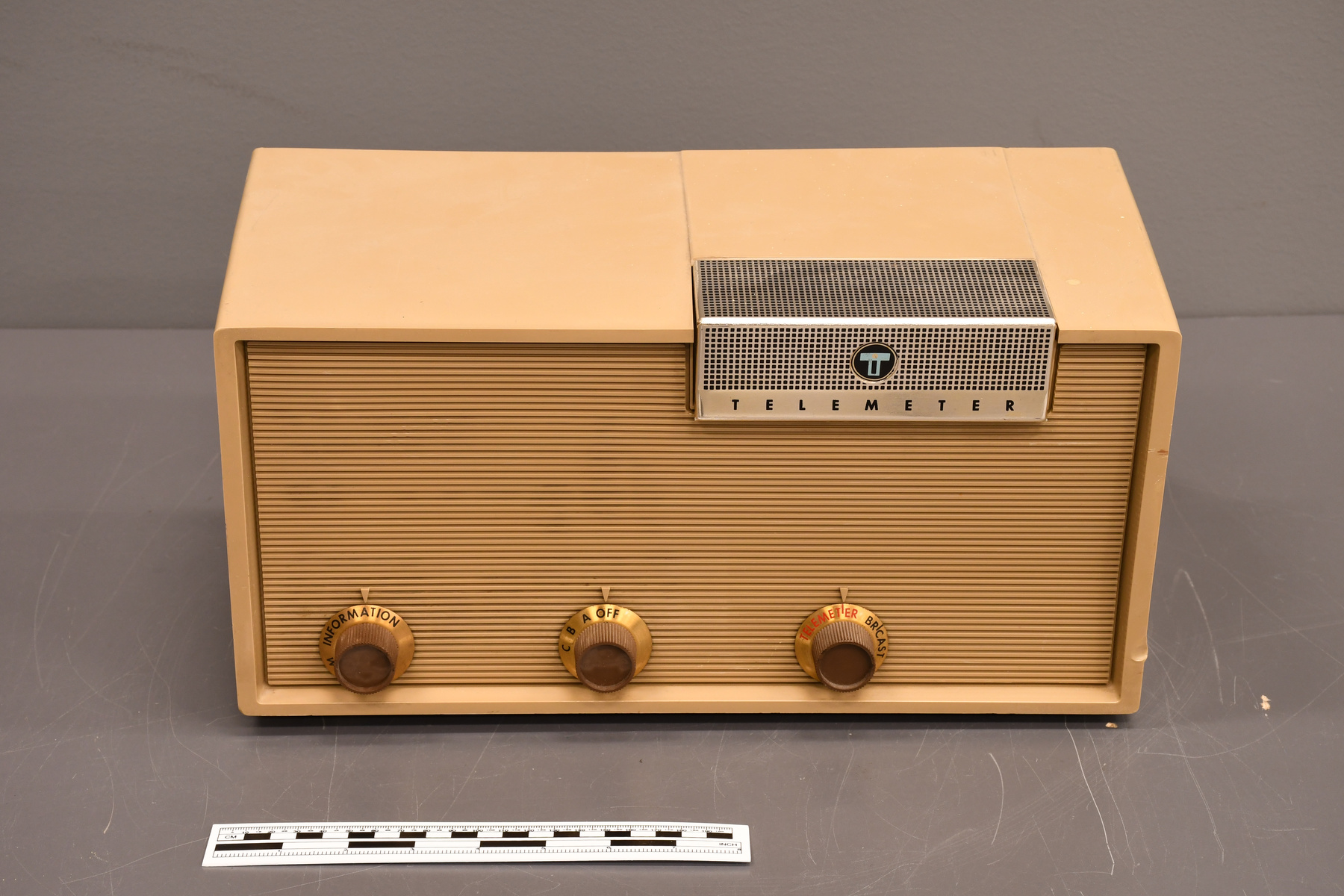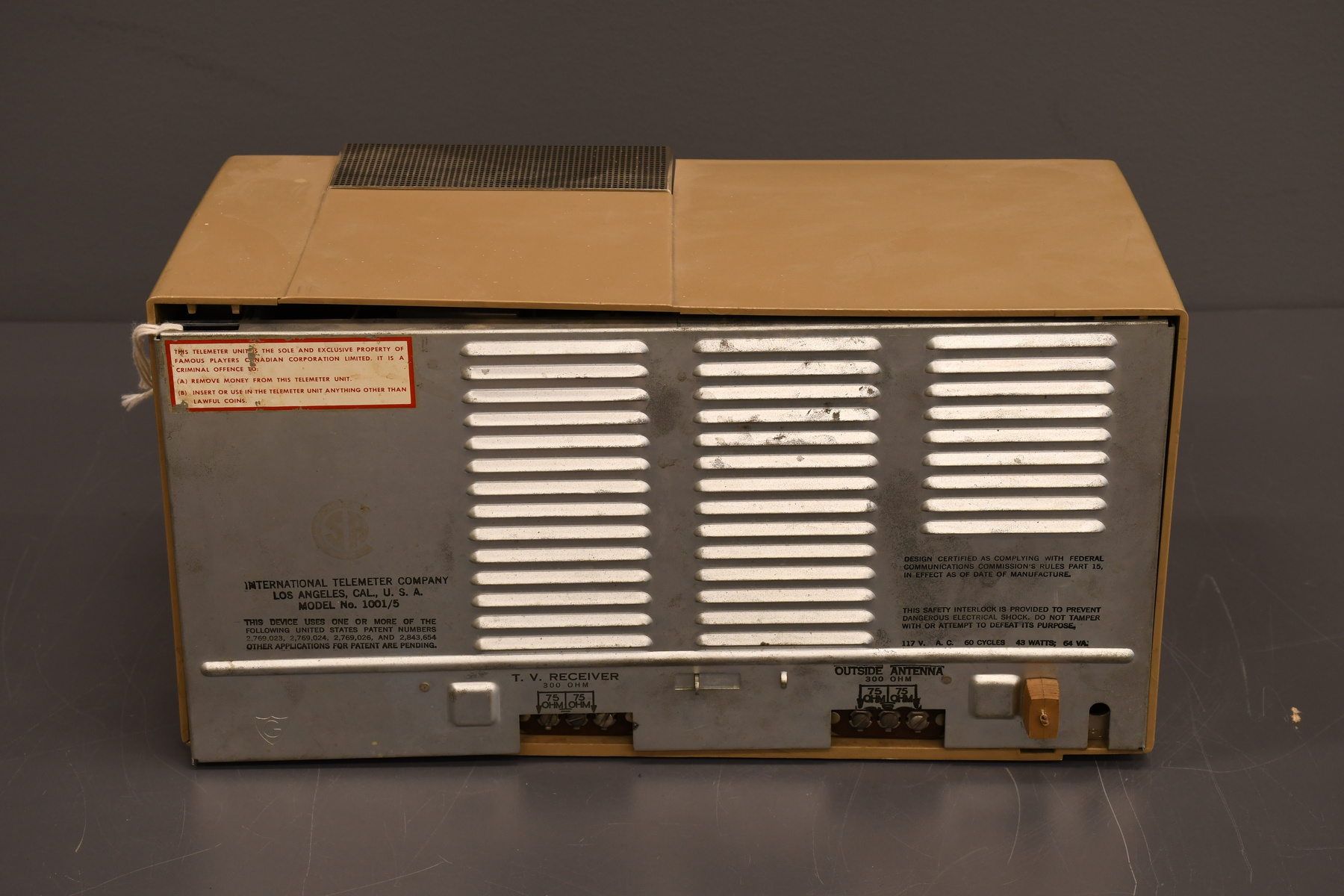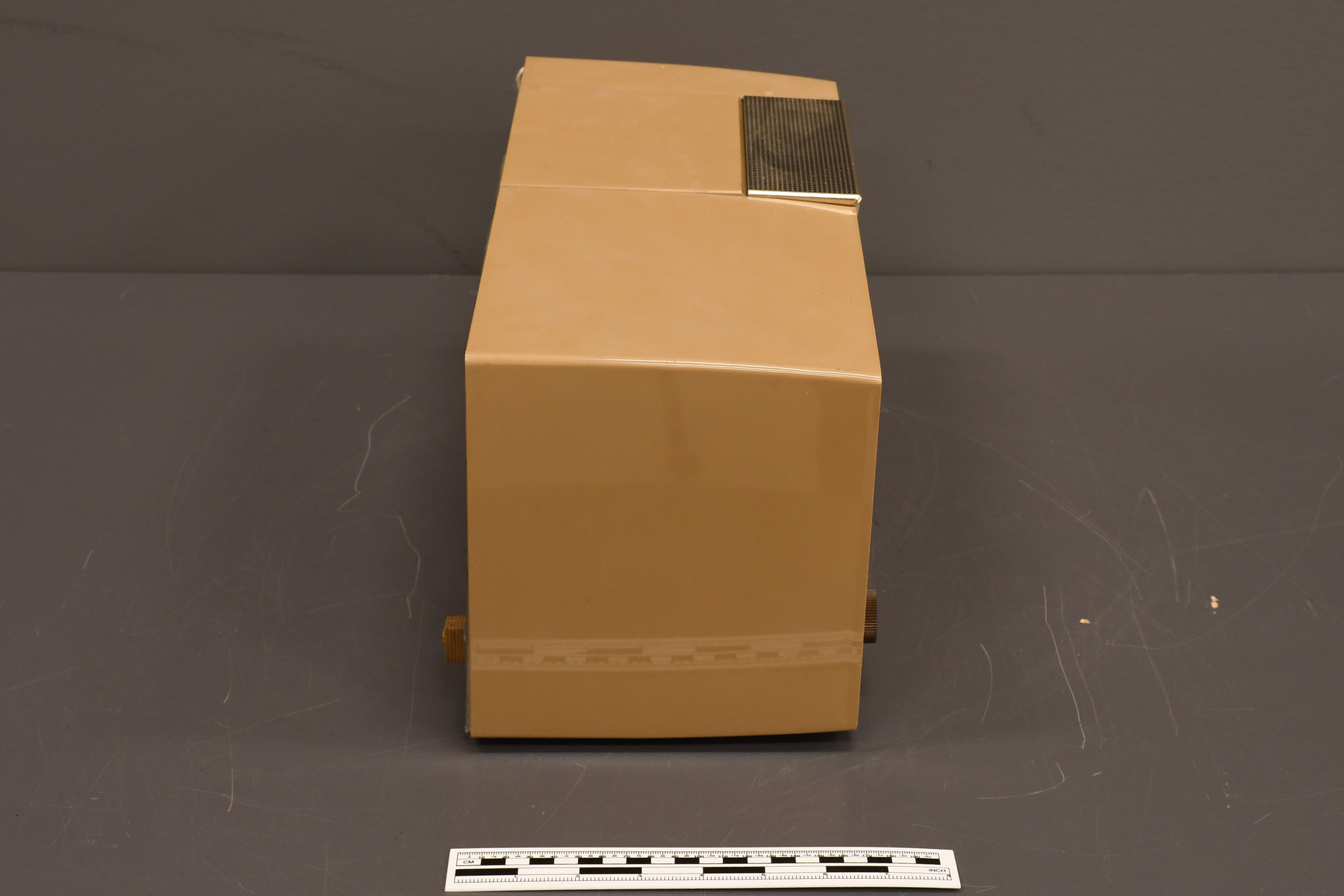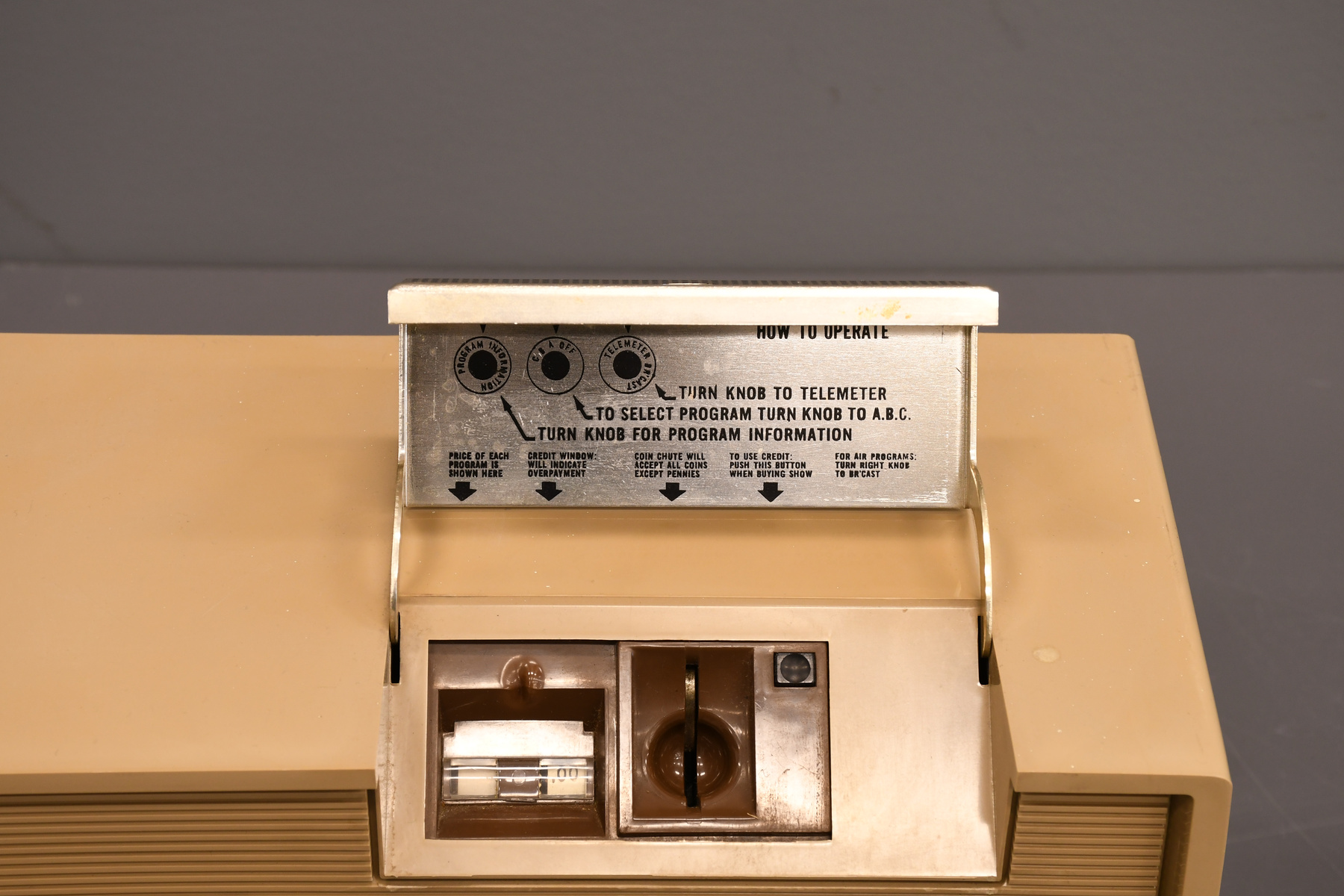Telemeter
Use this image
Can I reuse this image without permission? Yes
Object images on the Ingenium Collection’s portal have the following Creative Commons license:
Copyright Ingenium / CC BY-NC-ND (Attribution-NonCommercial 4.0 International (CC BY-NC 4.0)
ATTRIBUTE THIS IMAGE
Ingenium,
2018.0230.001
Permalink:
Ingenium is releasing this image under the Creative Commons licensing framework, and encourages downloading and reuse for non-commercial purposes. Please acknowledge Ingenium and cite the artifact number.
DOWNLOAD IMAGEPURCHASE THIS IMAGE
This image is free for non-commercial use.
For commercial use, please consult our Reproduction Fees and contact us to purchase the image.
- OBJECT TYPE
- N/A
- DATE
- 1960–1965
- ARTIFACT NUMBER
- 2018.0230.001
- MANUFACTURER
- Unknown
- MODEL
- 1001/5
- LOCATION
- Unknown
More Information
General Information
- Serial #
- N/A
- Part Number
- 1
- Total Parts
- 1
- AKA
- N/A
- Patents
- N/A
- General Description
- Beige telemeter with coin-in feature.
Dimensions
Note: These reflect the general size for storage and are not necessarily representative of the object's true dimensions.
- Length
- 18.6 cm
- Width
- 37.7 cm
- Height
- 19.0 cm
- Thickness
- N/A
- Weight
- N/A
- Diameter
- N/A
- Volume
- N/A
Lexicon
- Group
- Communications
- Category
- Television
- Sub-Category
- N/A
Manufacturer
- AKA
- Unknown
- Country
- Unknown
- State/Province
- Unknown
- City
- Unknown
Context
- Country
- Canada
- State/Province
- Ontario
- Period
- Between 1960-1965.
- Canada
-
The Telemeter system first launched in Canada in 1960, as part of a partnership agreement between the US-based Telemeter Co. and Canadian-based Famous Players (an associate of US-based Paramount Pictures Inc.,which owned a 50% stake of Telemeter Co.). It was the first pay-per-view cable television system installed in Canada, and this console is believed to have been used in the original trial for this system in Etobicoke. The Telemeter system was initially meant to debut in London, Ontario, following a decision by Telemeter Co. and Famous Players in 1958 to establish a test market that would prove the viability of the system in Canada. Upon further consideration, however, Telemeter and Famous Players decided that the lack of competition in London—while favourable from a strictly commercial perspective—might negatively impact their test results by inviting skepticism as to whether the system could survive in more competitive markets. As a result, they opted to abandon their London plans and instead move the test-site to Etobicoke, Ontario, which they felt was better suited for their market test. Construction of the system in Etobicoke began in 1959, with operations following in 1960. The rollout was a success, establishing a large subscriber base of about 5600 homes in its first year. Upon reviewing the results of their ongoing market test, the Etobicoke test-site proved that Telemeter could generate significant interest and revenue; however the partners also determined that an economy of scale would need to be established to adequately balance revenues generated by the system with the costs associated with providing the service. In the end, Famous Players decided that Etobicoke and its neighbouring Toronto areas were not a significant enough market to justify further expansion. As a result, Etobicoke’s Telemeter system was discontinued in 1965, ending the first attempt to establish a long-term pay-per-view cable television service in Canada. Le système Télémètre a été lancé au Canada en 1960 par conséquence d’un partenariat entre la compagnie américaine Telemeter Co. Et la compagnie canadienne Famous Players (un associé de la compagnie américaine Paramount Picture, qui appartenait 50% de Telemeter Co.). C’était le premier système de télévision à la carte installée au Canada et cette console était utilisée dans la période d’essai pour le système d’Etobicoke. Le système Télémètre était censé débuter à London (Ontario) pour établir un marché d’essai qui pourrait démontrer la viabilité d’un tel système au Canada. Cependant, en 1958 les compagnies Telemeter Co et Famous Players ont changés d’idée ont décidé que le manque de compétition à London, bien que favorable d’un point de vue strictement commercial, pourrait avoir un impact négatif sur les résultats de leurs tests en suscitant le scepticisme quant à la capacité du système à survivre sur des marchés plus compétitifs. Par conséquent, ils ont décidé de faire les tests à Etobicoke en Ontario tandis qu’ils croyaient que c’était un marché plus viable. La construction de ce système a débuté en 1959 et les opérations ont débutés en 1960. Le début des tests était un succès. Ils ont établi une base d’utilisateurs de 5600 maisons dans leurs premières années. En analysant ces résultats, Telemeter Co et Famous Player avaient l’impression qu’Etobicoke pourrait générer un grand montant d’intérêt et de revenue. Ceci dit, ils se sont rendu compte qu’une économie d’échelle serait nécessaire pour équilibrer les revenues générer par le système avec les coûts associés à fournir le service. Finalement, Famous Players a décidé qu’Etobicoke et les marchés qui entourent Toronto n’étaient pas assez large pour justifier une expansion. Comme résultat, le système Télémètre d’Etobicoke a été abandonné en 1965 mettant fin au premier essai d’établir un service de câble de base à-la-carte au Canada. - Function
-
To provide access to television programming on a pay-per-view basis. Utilisé pour donner accès à certains programmes de télévision à base de système télévision à la carte (pay-per-view). - Technical
-
The Telemeter system represents one of the first (briefly) successful attempts to monetize the cable television experience on a pay-per-view basis. This technology was first developed by US-based International Telemeter Company in 1949, and refined over the next two decades, and used a cable-based transmission system and point-of-sale coin-in-slot console to permit subscribers to pay for access to individual feature films transmitted directly to their home television sets. On the transmission side, feature films were transmitted either on dedicated cable lines or on existing broadcast cable networks. The Telemeter console permitted home viewers to gain access to these transmissions by renting the console from a local provider (ex. Famous Players), connecting the console to their home cable line and television set, and then paying for access to individual programs by inserting coins into the console (which would allow them to view the individual program for a set amount of time). An employee from the local provider would then visit the subscriber’s home on a regular basis to open the console and retrieve the coins, and in some cases, a piece of tape inside the console which indicated exactly which programs were viewed over a particular time period. Le système Télémètre représente un des premiers essais (brièvement) réussis pour monétiser l’expérience câble à la télévision sur une base à-la-carte. Cette technologie a premièrement été développé par la compagnie américaine International Telemeter Company en 1949 et a été amélioré au cours des prochaines décennies. Ce système utilisait un système de transmission a base de câble et une console à pointe-de-vente qui permet aux utilisateurs de payer accès à des films vedettes qui sont transmises directement à leurs télévisions de maison. Les films vedettes étaient transmises par ligne de câble dédiée ou par réseaux câblés de diffusion. La console permettait aux spectateurs d’avoir accès à ces transmissions en louant une console d’un fournisseur local (ex. Famous Players) et le connecter à leur ligne de câble et leur télévision. Ensuite, ils auront l’option de payer pour avoir accès à certains programmes en insérant des pièces de monnaie dans la console. Un employé du fournisseur local allait ensuite visiter les maisons des clients périodiquement pour récupérer l’argent et parfois insérer une bande d’enregistrement qui indiquait quel programme était diffusé durant une période spécifique. - Area Notes
-
Unknown
Details
- Markings
- On the front of the telemeter: " TELEMETER ". Under the coin slot section: " HOW TO OPERATE /. TURN KNOB TO TELEMETER /. TO SELECT PROGRAM TURN KNOB TO A.B.C /. TURN KNOB FOR PROGRAM INFORMATION /. PRICE OF EACH /. PROGRAM IS /. SHOWN HERE /. CREDIT WINDOW: /. WILL INDICATE /. OVERPAYMENT /. COIN CHUTE WILL /. ACCEPT ALL COINS /. EXCEPT PENNIES /. TO USE CREDIT: /. PUSH THIS BUTTON /, WHEN BUYING SHOW /. FOR AIR PROGRAMS: /. TURN RIGHT KNOB TO BR'CAST." On the back of the telemeter: " THIS TELEMETER UNIT IS THE SOLE AND EXCLUSIVE PROPERTY OF /. FAMOUS PLAYERS CANADIAN CORPORATION LIMITED. IT IS A /. CRIMINAL OFFENCE TO: /. (A) REMOVE MONEY FROM THIS TELEMETER UNIT /. (B) INSERT OR USE IN THE TELEMETER UNIT ANYTHING OTHER THAN LAWFUL COINS. /. INTERNATIONAL TELEMETER COMPANY /. LOS ANGELES, CAL., U.S.A /. MODEL NO. 1001/5 /. THIS DEVICE USES ONE OR MORE OF THE FOLLOWING UNITED STATES PATENT NUMBERS /. 2,769,023 2,769,024 2,769,026 AND 2,843,654 /. OTHER APPLICATIONS FOR PATENT ARE PENDING. /. T.V. RECEIVER /. 300 OHM /. 75 OHM 75 OHM /. OUTSIDE ANTENNA /. 300 OHM /. 75 OHM 75 OHM /. DESIGN CERTIFIED AS COMPLYING WITH FEDERAL /. COMMUNICATIONS COMMISSION'S RULES PART 15, IN EFFECT AS OF DATE OF MANUFACTURE. /. THIS SAFETY INTERLOCK IS PROVIDED TO PREVENT /. DANGEROUS ELECTRICAL SHOCK. DO NOT TAMPER /. WITH OR ATTEMPT TO DEFEAT ITS PURPOSE. /. 117 V. A.C 60 CYCLES 43 WATTS; 64 VA. "
- Missing
- Appears complete.
- Finish
- Beige telemeter with a synthetic plastic exterior. The front of the telemeter has three synthetic brown grooved knobs with a gold coloured base with black and red text. The back of the telemeter has a silver stainless steel protective plate that opens to the interior components of the unit. The back plate has three vertical rows of ventilation slits. The back plate has a red and white sticker at the top left corner as well as the manufacture's plate and patent information at the bottom left section. There are safety warnings at the bottom right section. On the surface of the telemeter, there is an opening section to insert coins. The coin insert is brown and made from plastic. There are instruction written in black on the grey opening lid. The unit is set on four small white synthetic pegs. Télémètre beige avec un extérieur synthétique plastique. Le devant du télémètre a trois boutons synthétiques bruns rainuré avec une base à couleur orée avec de l'écriture noire et rouge. Le derrière du télémètre à une couverture protectrice en acier en inox argentée qui peut s'ouvrir aux composantes de l'intérieur. Le derrière a trois colonnes verticales de fentes de ventilation. Le derrière à aussi un autocollant rouge et blanc au coin haut à gauche ainsi que de l'information manufacturier et de l'information de brevet au bas du derrière. On retrouve des avertissements sécuritaires au coin à droit au bas. Sur la surface de la console, on retrouve une ouverture pour insérer l'argent. L'insertion est en noir et fabriqué de plastique. On retrouve des instructions écrite en noir sur le couvercle gris. La console est stabilisée par quatre petites chevilles synthétiques.
- Decoration
- N/A
CITE THIS OBJECT
If you choose to share our information about this collection object, please cite:
Unknown Manufacturer, Telemeter, circa 1960–1965, Artifact no. 2018.0230, Ingenium – Canada’s Museums of Science and Innovation, http://collection.ingeniumcanada.org/en/id/2018.0230.001/
FEEDBACK
Submit a question or comment about this artifact.
More Like This
